Wireless charging is finally becoming more common but despite the freedom from tangling cables that the technology offers, wireless chargers still have a few inconveniences, especially when it comes to aesthetics. Only a few of these products can be considered pleasing to look at, especially when mixed with the rest of your room decor. And they still have at least one cable snaking out of their bodies, which might be difficult to hide depending on where you place the chargers. In an ideal future, almost any flat surface can become a wireless charger, immediately juicing up your phone or device the moment you put it down, anywhere you put it down. Part of that future seems to already be here, with a creative wireless technology that can hide that wireless charging space inside stone countertops, seamlessly blending with your choice of interior design.
Designer: FreePower
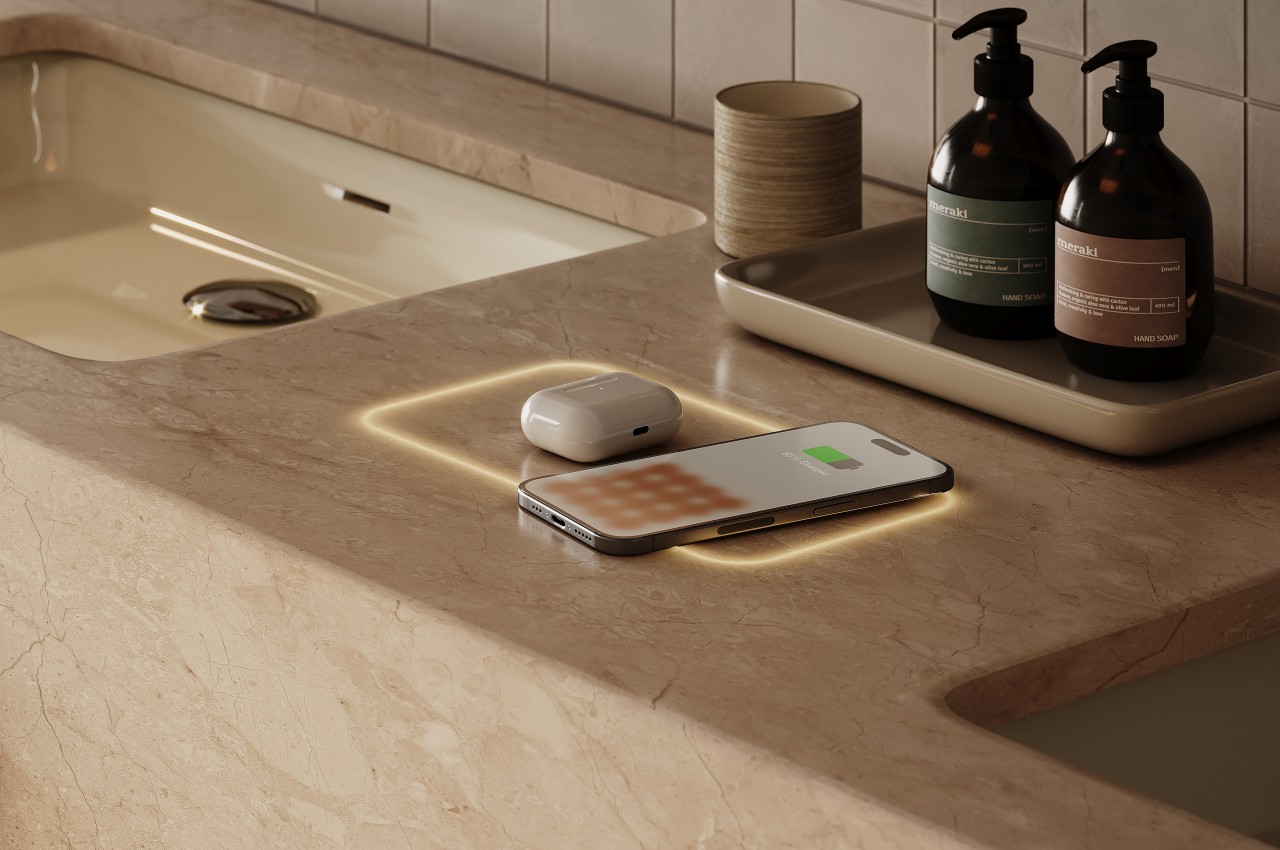
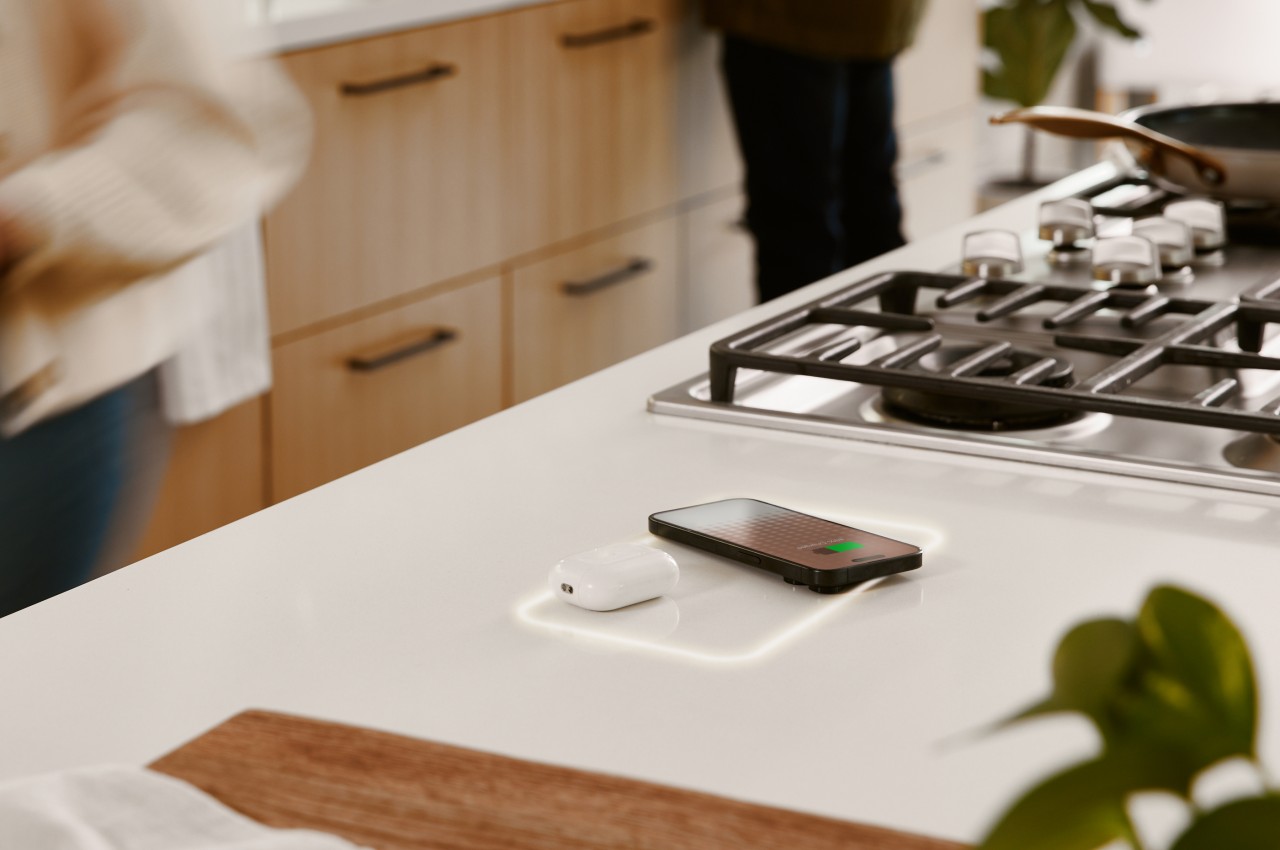
Wireless chargers remove the messy cables from the charging equation, but the current state of technology requires you to still make physical contact between the device and the surface of the charger. Add to that the hard requirements on materials for the surfaces of wireless chargers and you will find yourself with a few of these products scattered around your house, often sticking out like a sore thumb. Some designs are admittedly more elegant and stylish, but they still add to the visual baggage on what would be an otherwise pristine table or countertop.
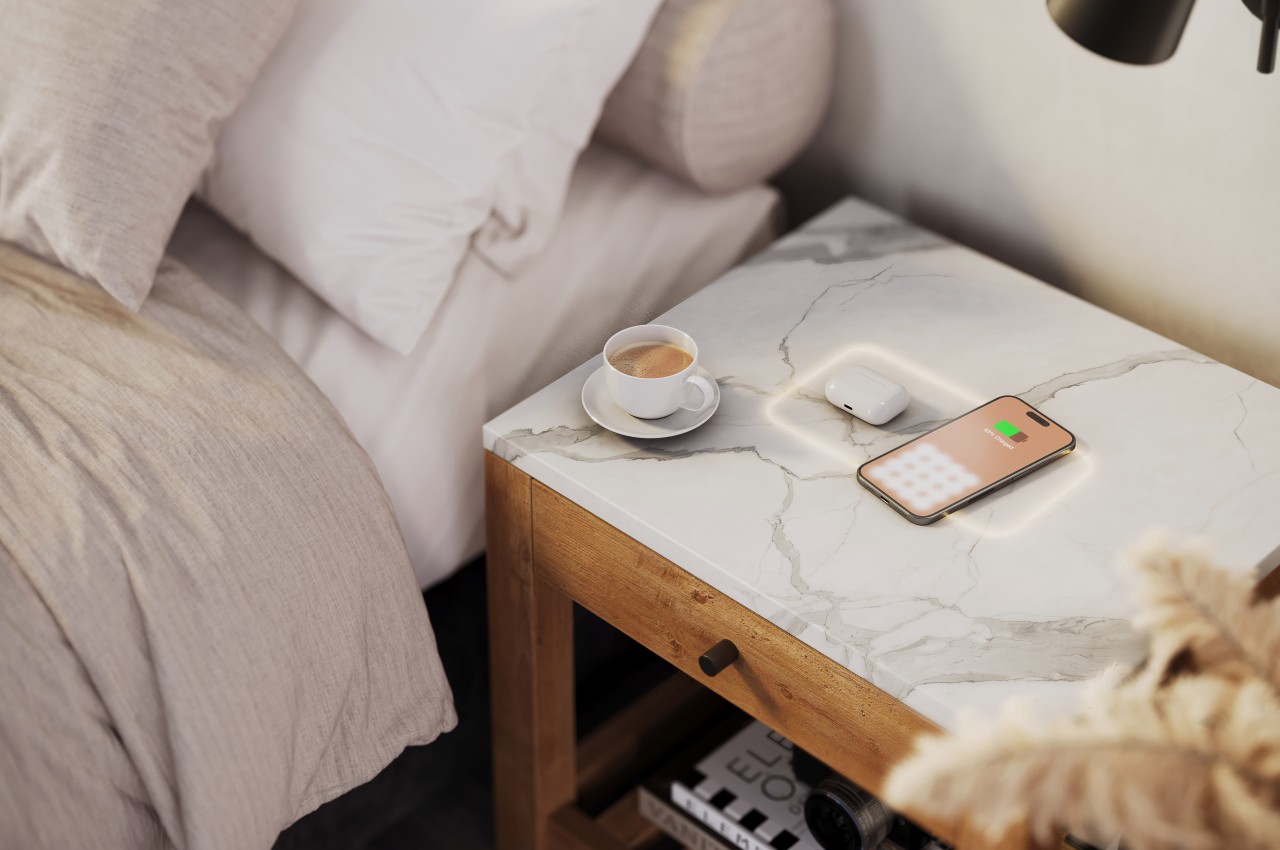
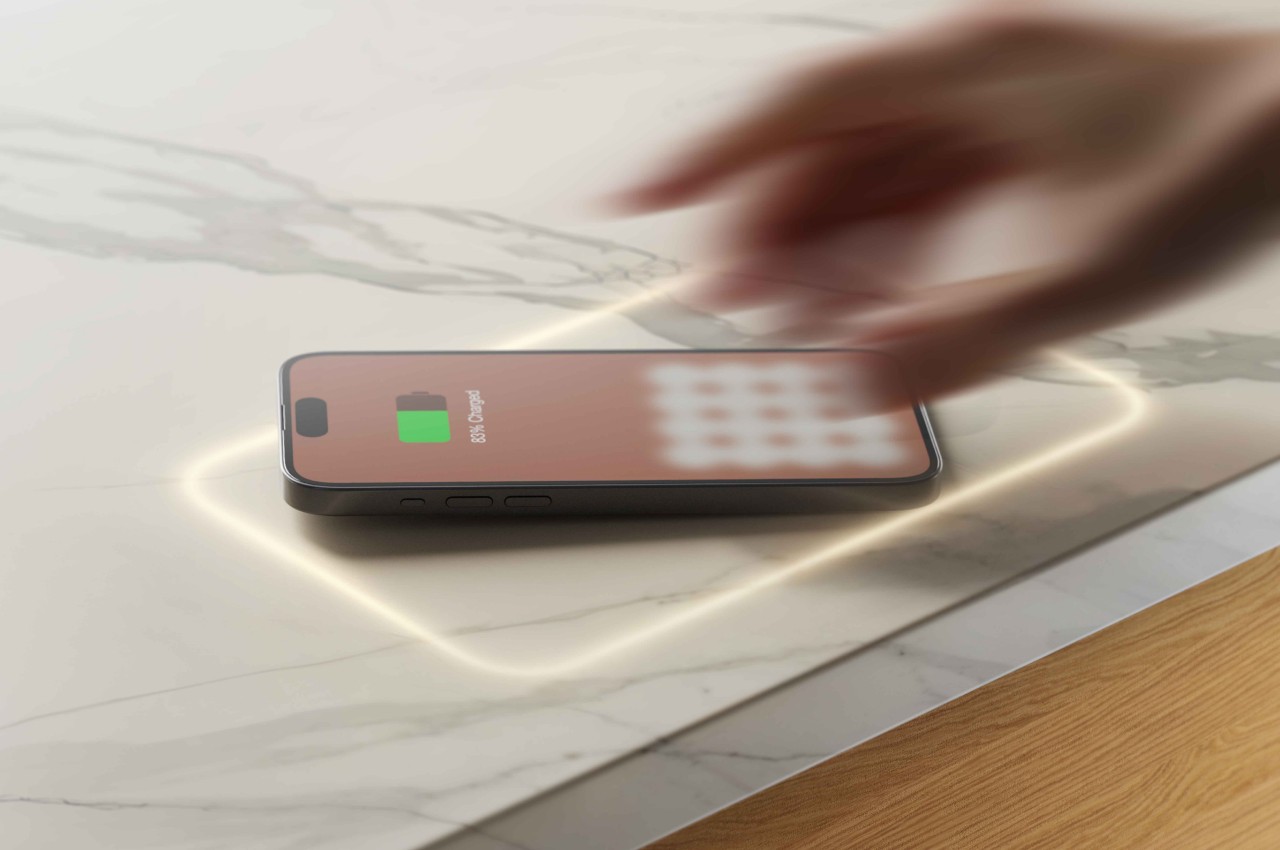
FreePower is a technology that tries to offer the best of both worlds, combining the liberating convenience of wireless charging with a clean and unblemished tabletop surface. In a nutshell, it embeds the wireless charger inside the countertop, and not just any countertop, mind you. It is compatible with different stone materials, including quartz, granite, or even marble, materials you’d never think could be used for wireless chargers. Thanks to this innovative design, you don’t need to actually put a charging mat or stand on your kitchen countertop, side table, or bedside table, because the countertop itself is the wireless charger.
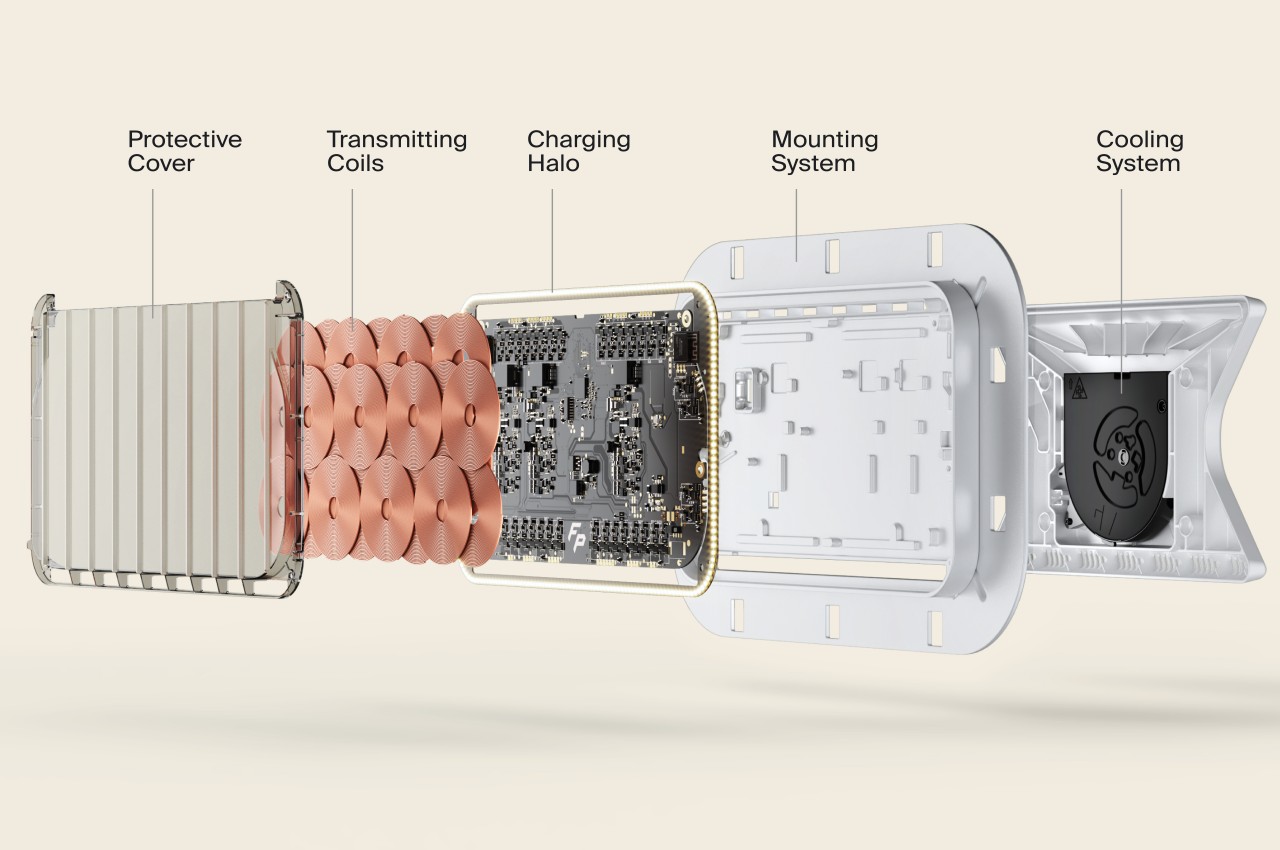
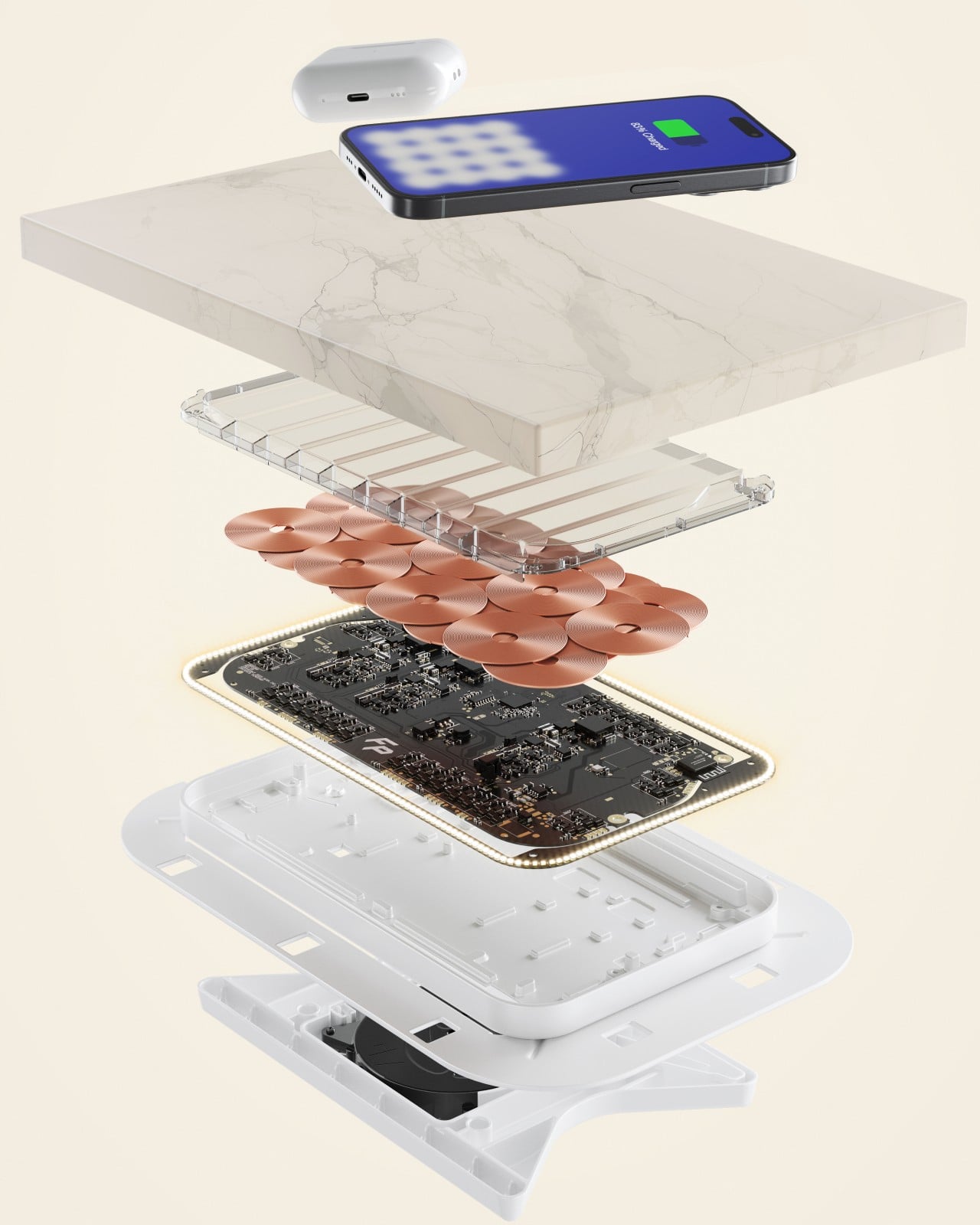
Of course, only a portion of the countertop actually functions as the wireless charging zone, but you don’t have to worry about ugly and conspicuous markings that ruin the aesthetic of your beautiful stone top. A customizable LED halo glows around the area where you can place your devices, and you can even turn this light off when it’s not in use. FreePower does even better than most wireless chargers because you can place your phone or earbuds anywhere within that zone, no need to perfectly align with markers.
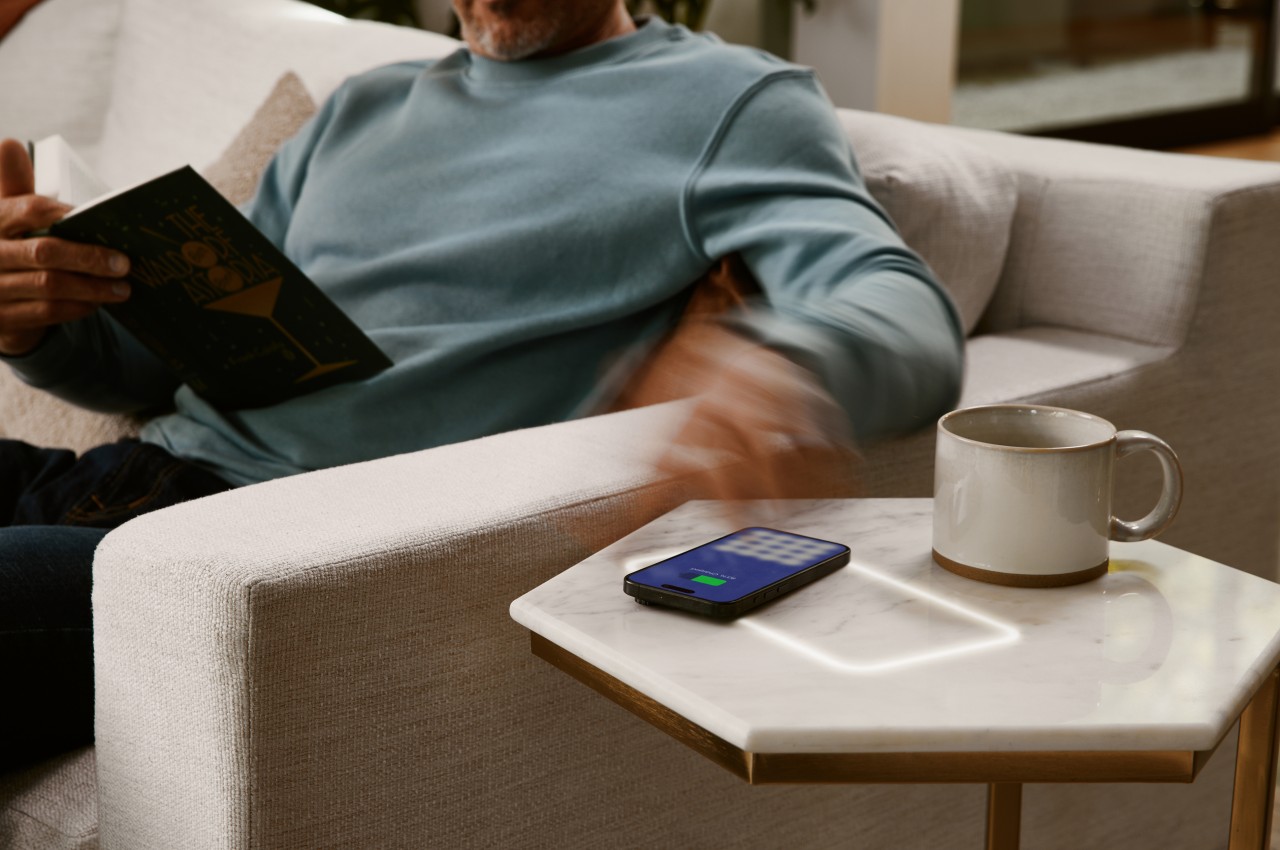
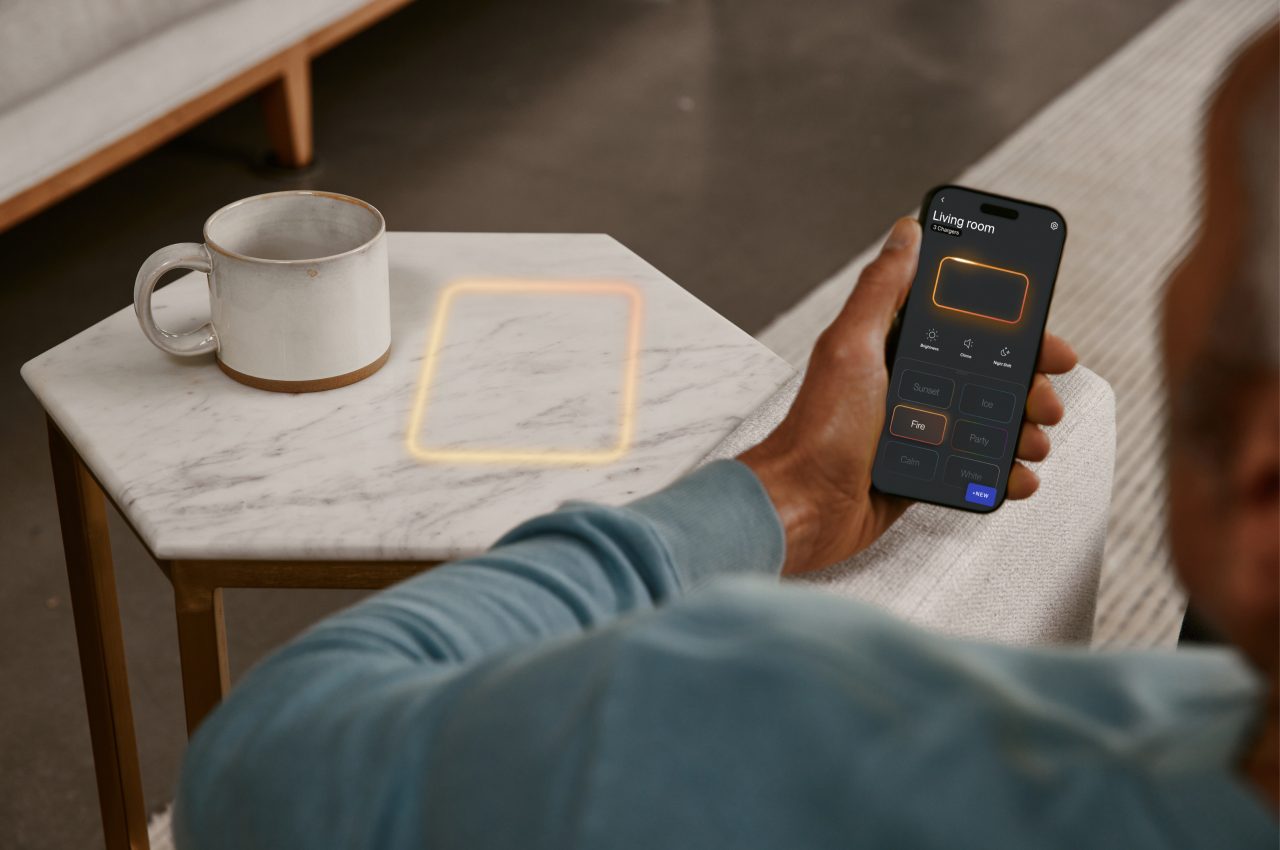
FreePower is the latest in a growing number of designs that aim to integrate wireless charging technology into every surface inside your home, completely freeing you from unsightly cables. Of course, such a design is also less flexible in that you have very little choice when you want to change furniture or designs. You’ll have to hope there’s also an invisible wireless charger version available for that or else you’ll have to go back to old-school wireless charging mats.
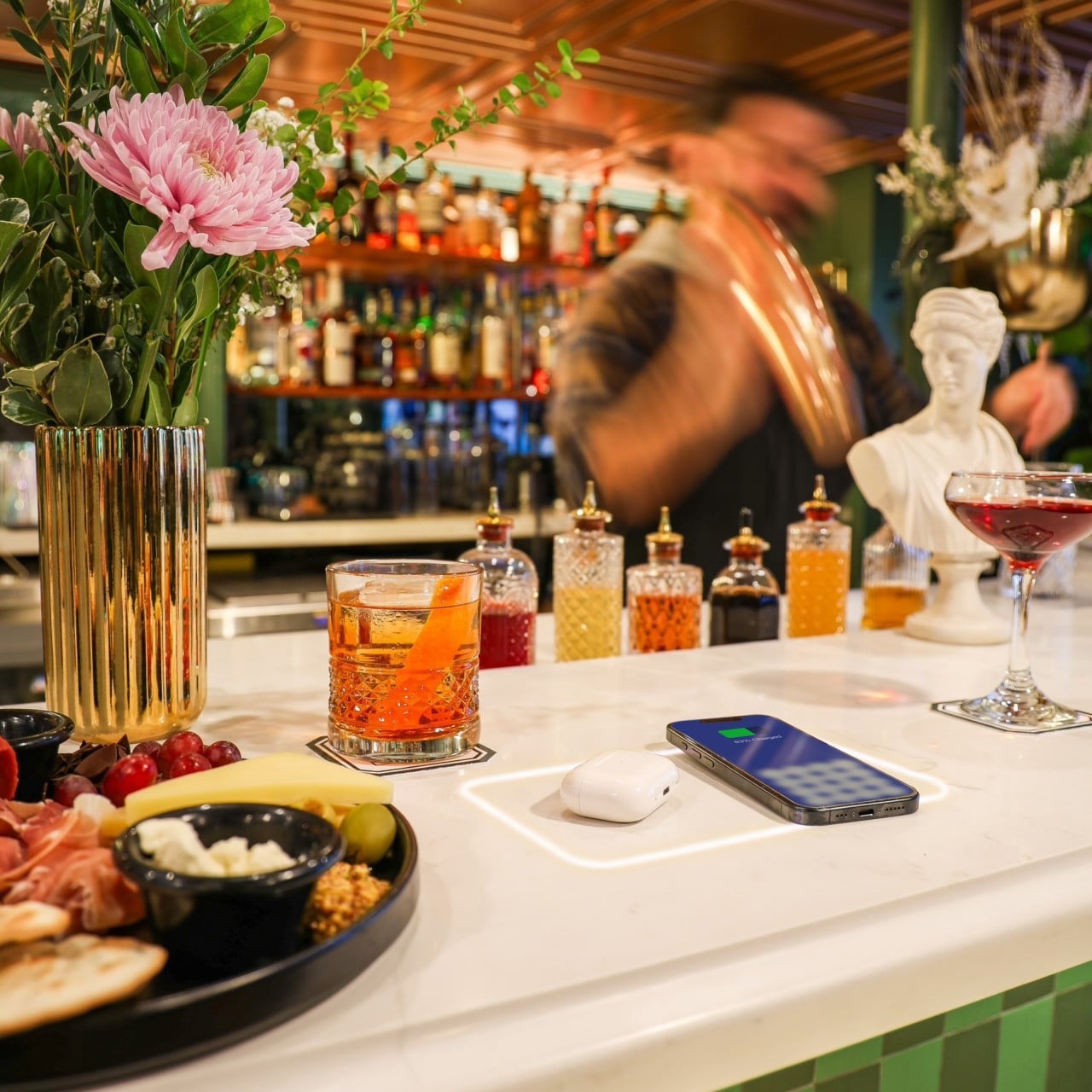
The post FreePower turns your beautiful stone countertop into a wireless charger first appeared on Yanko Design.
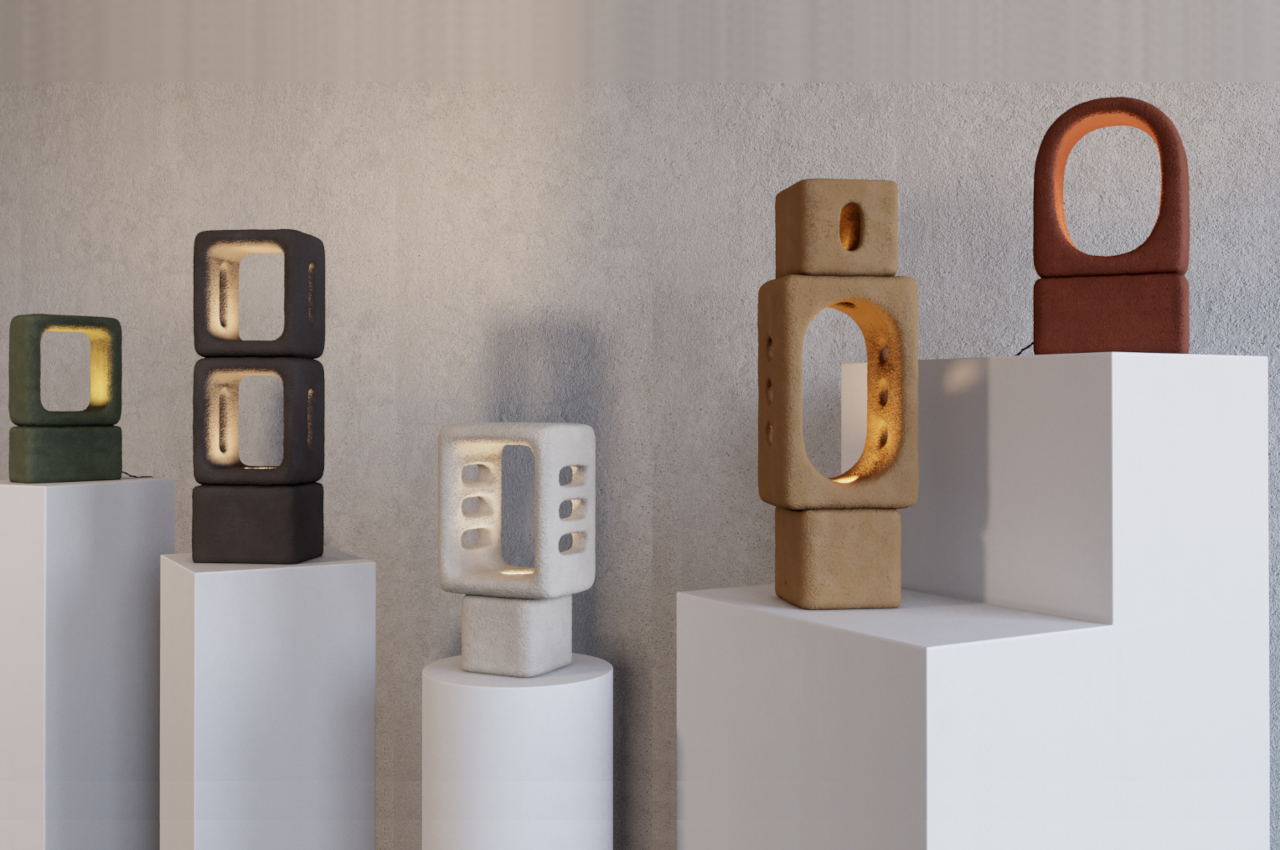
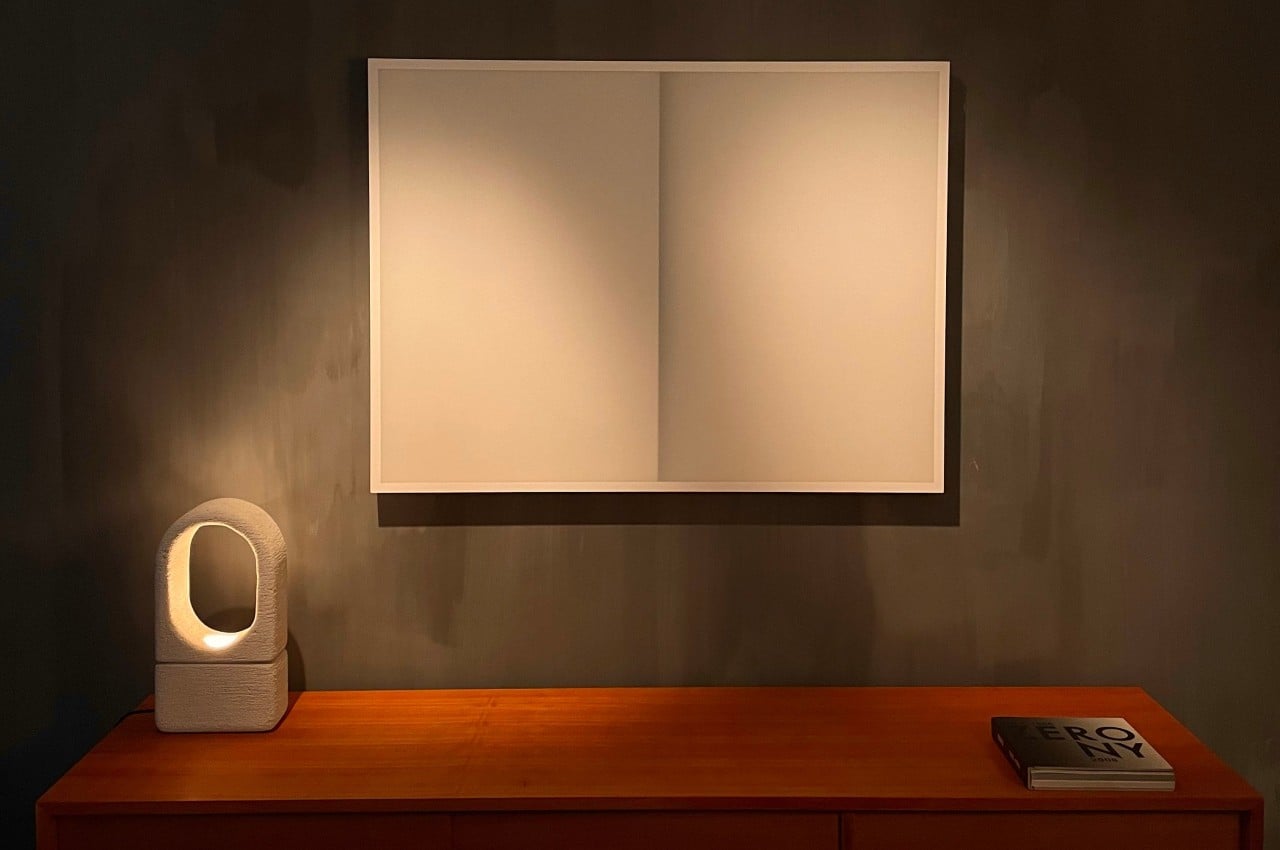
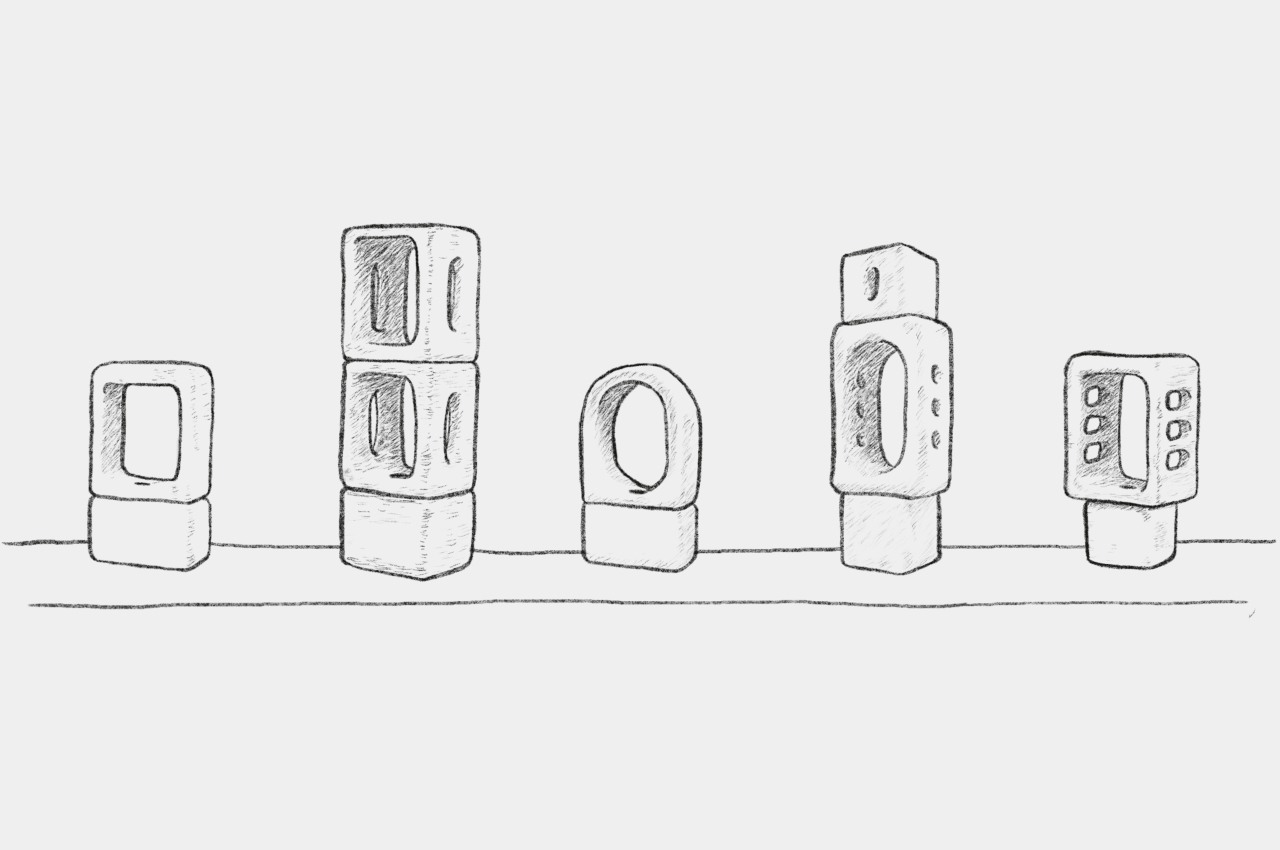
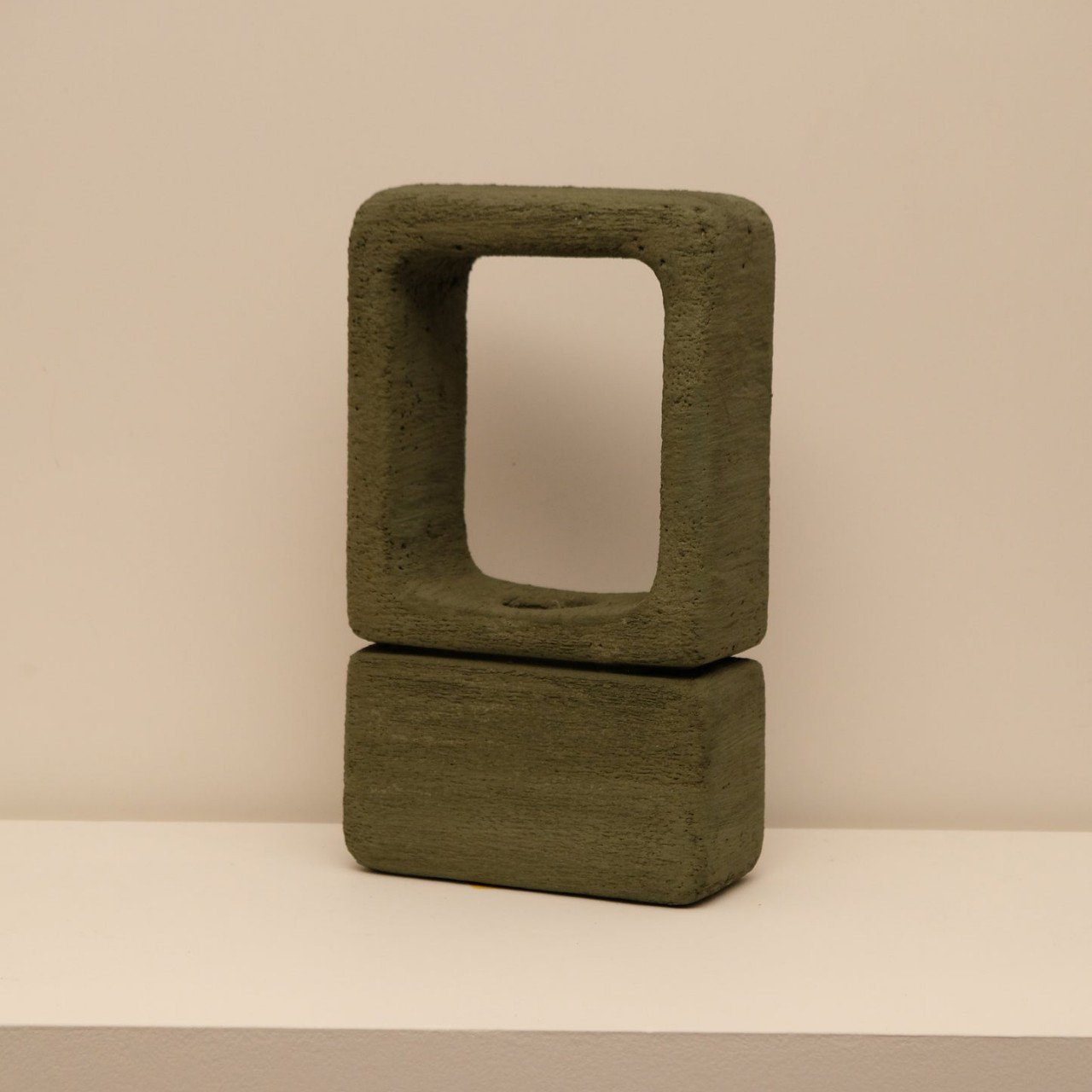
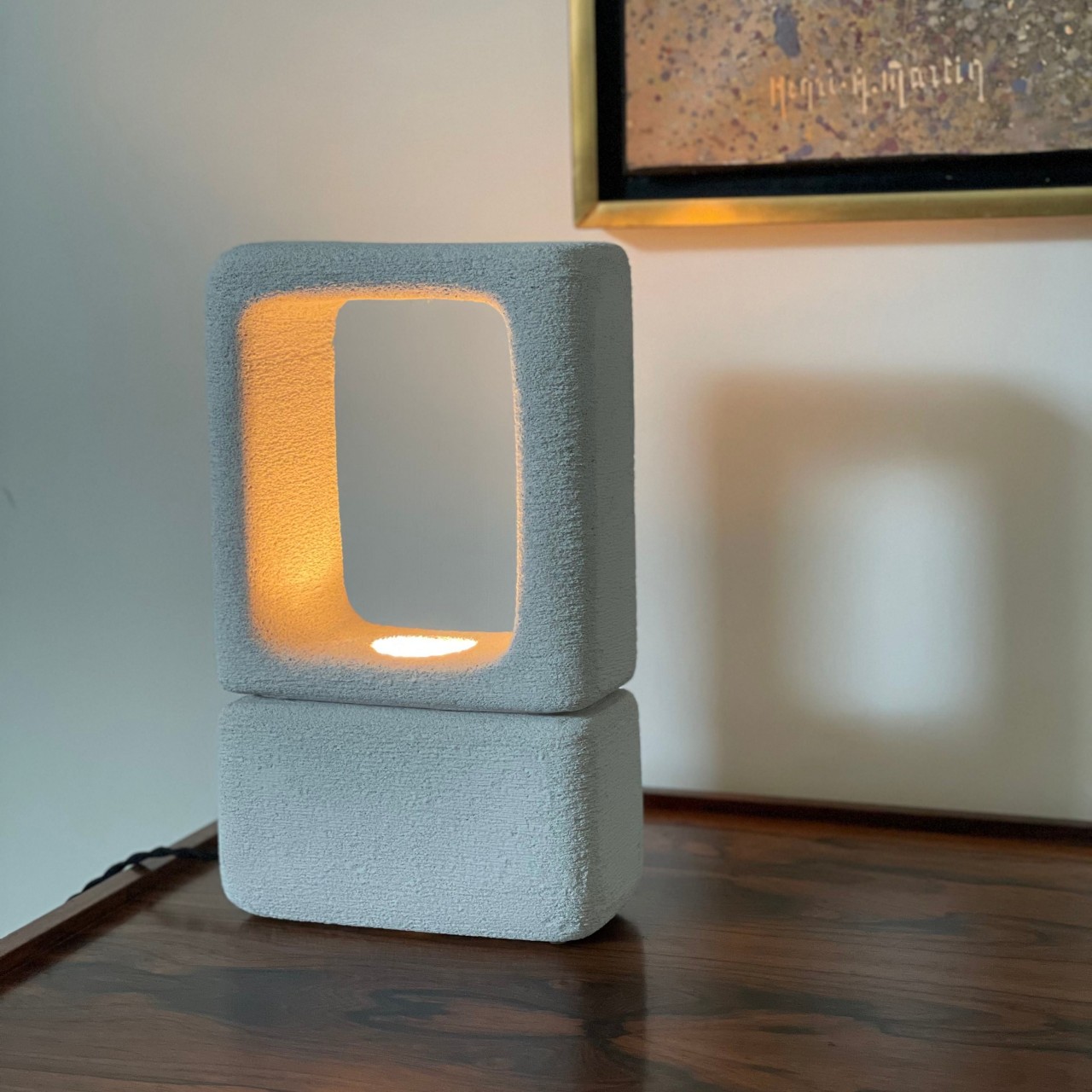
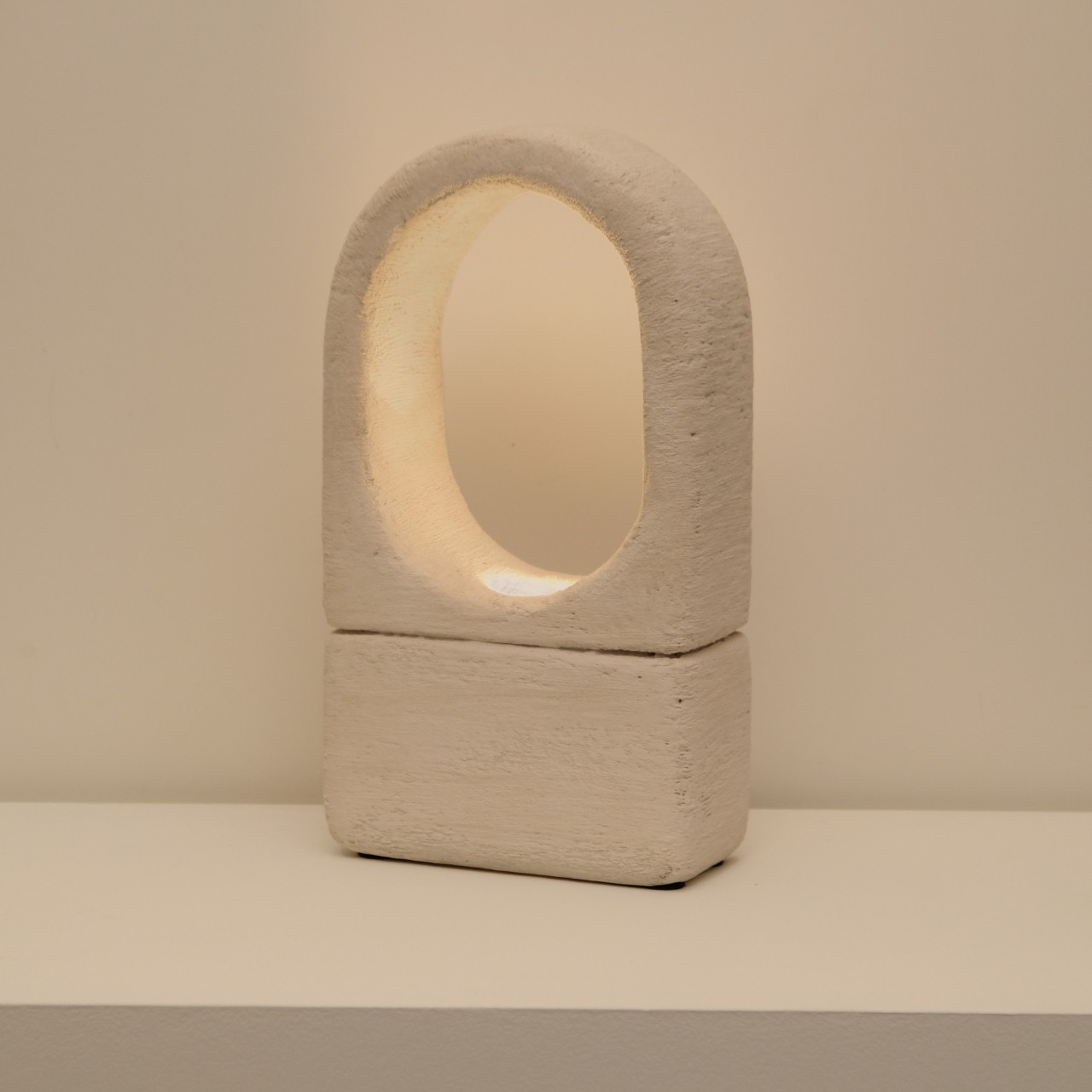
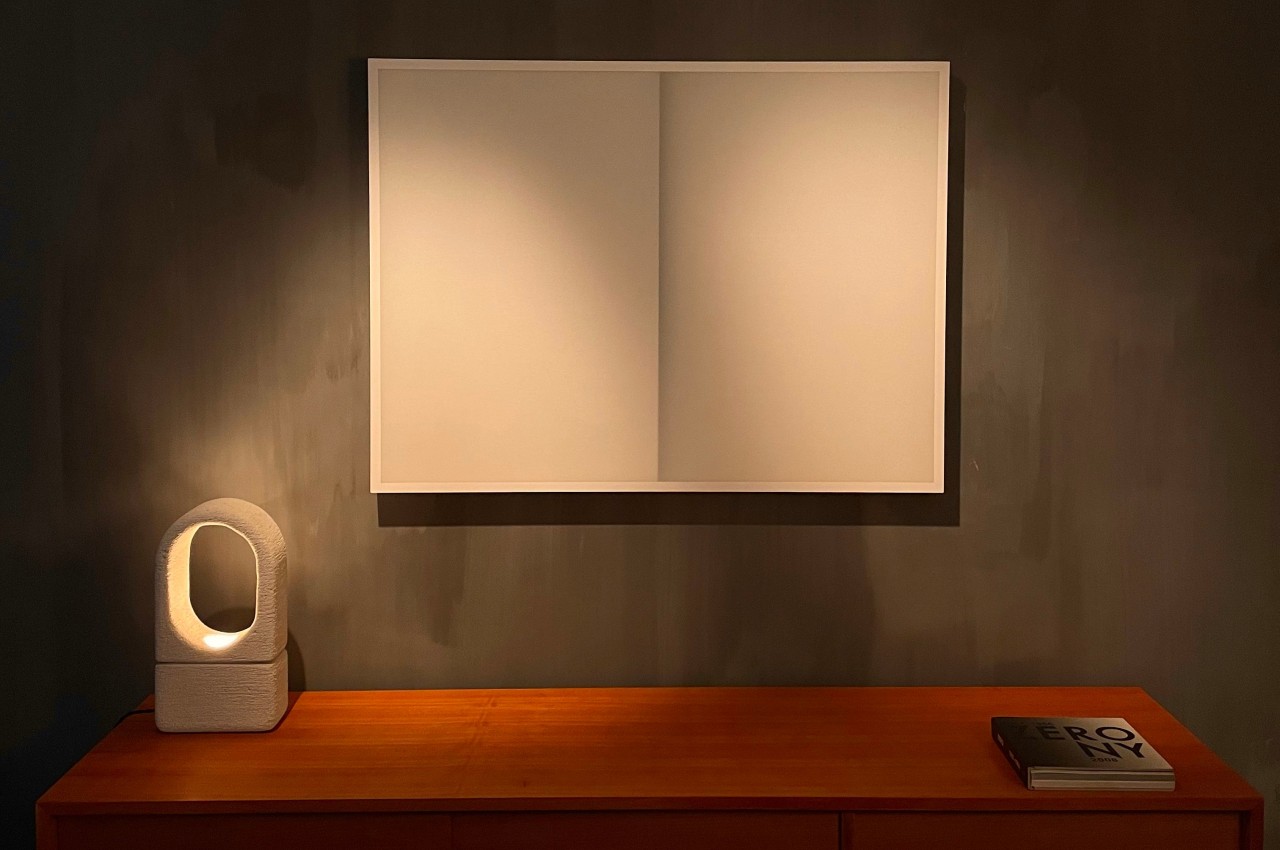
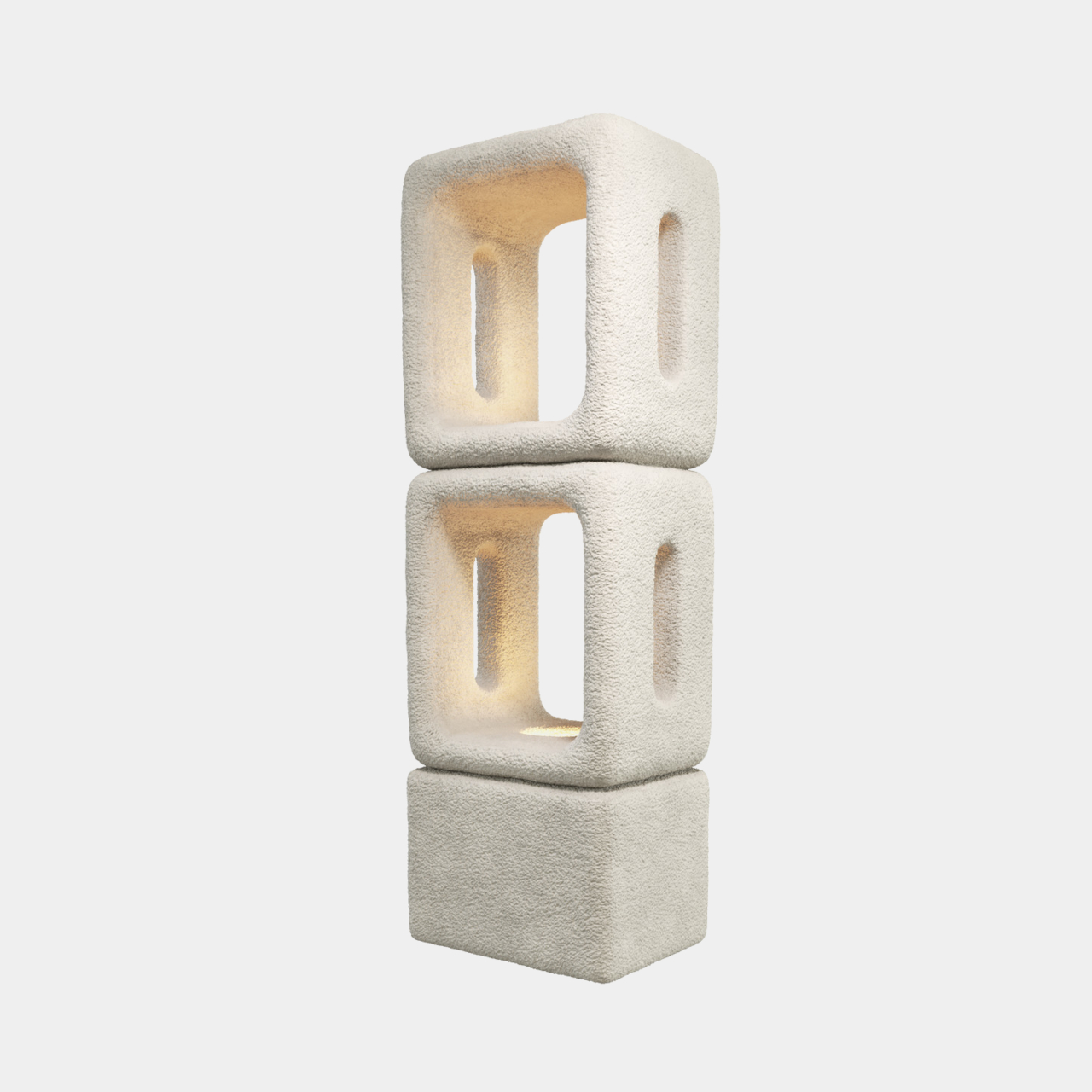
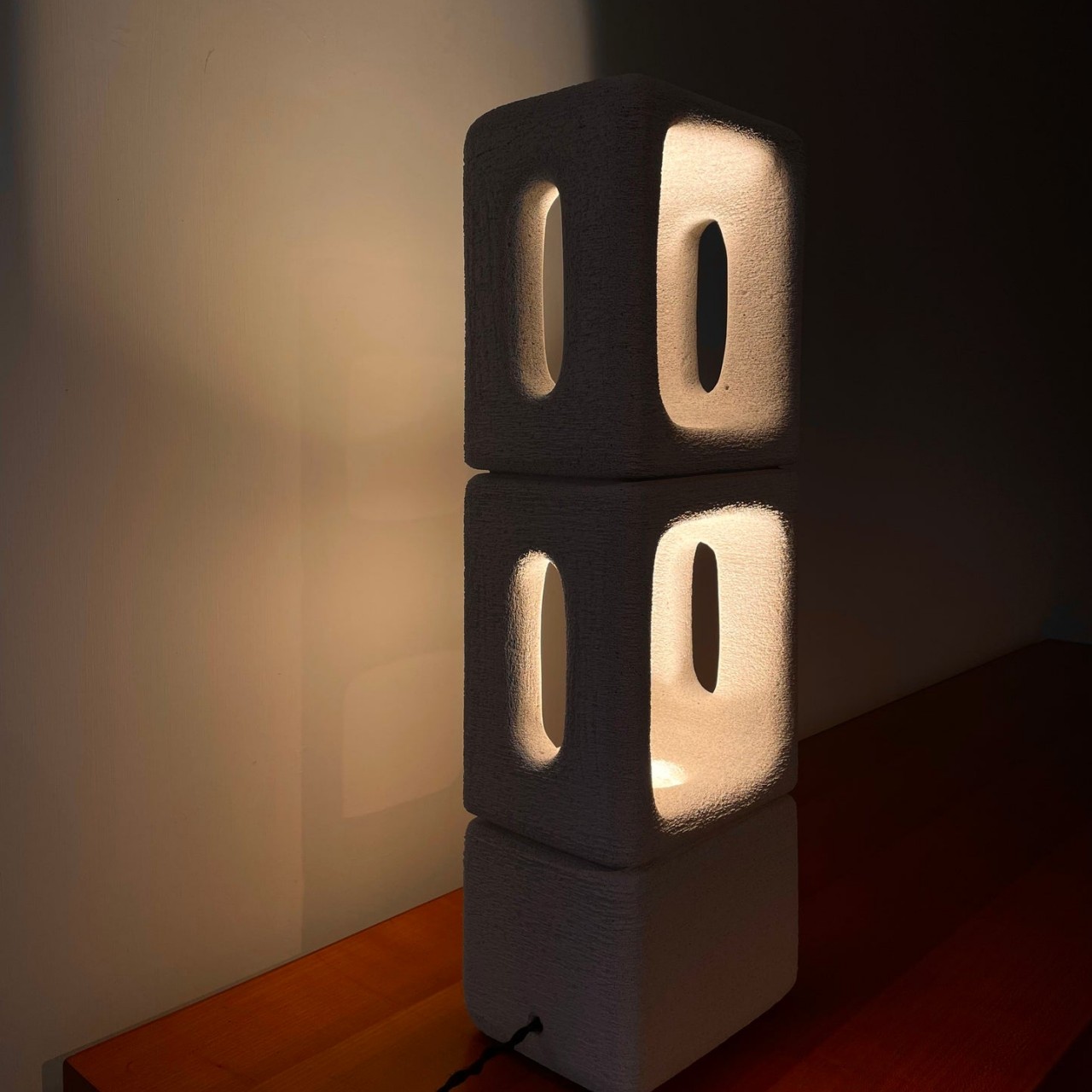
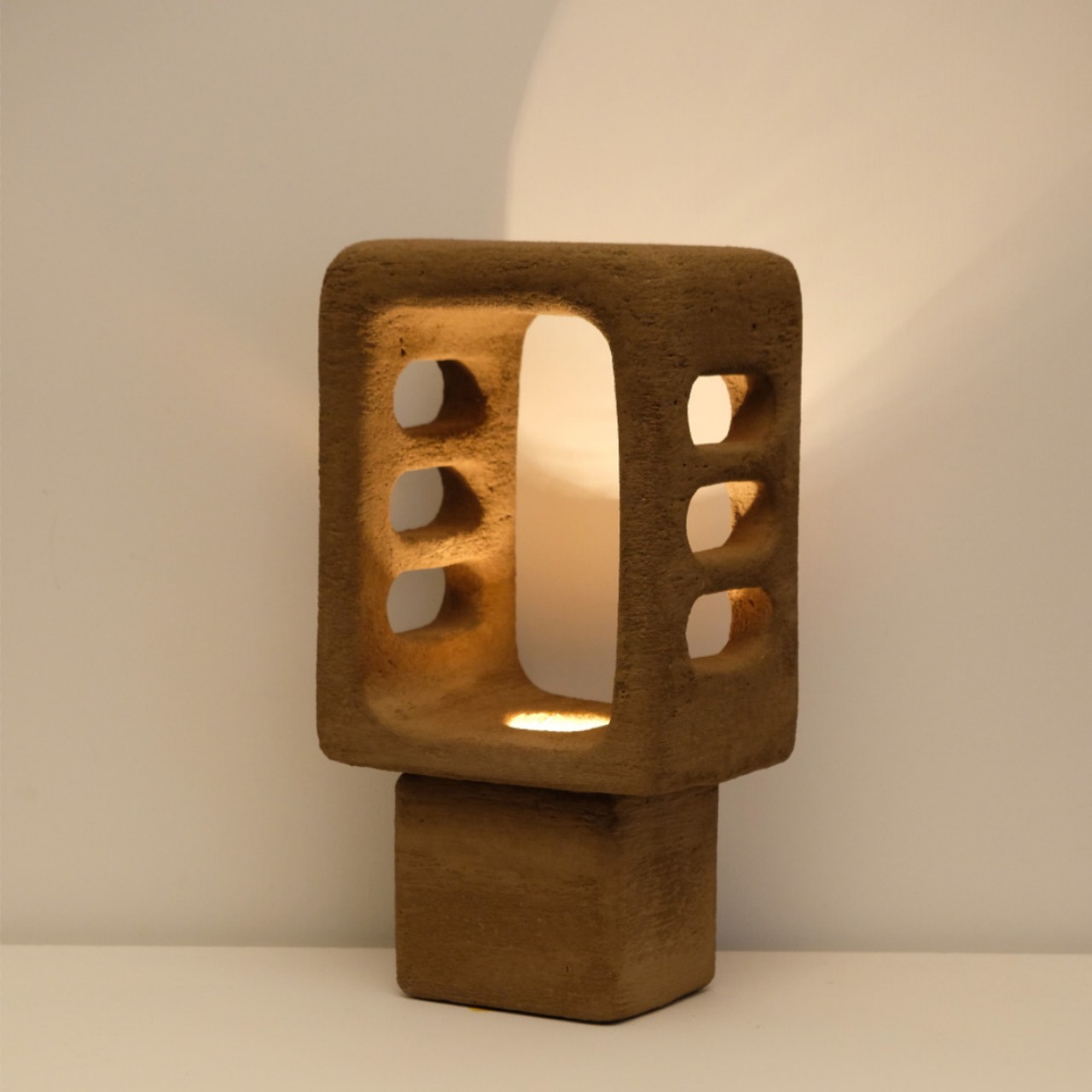
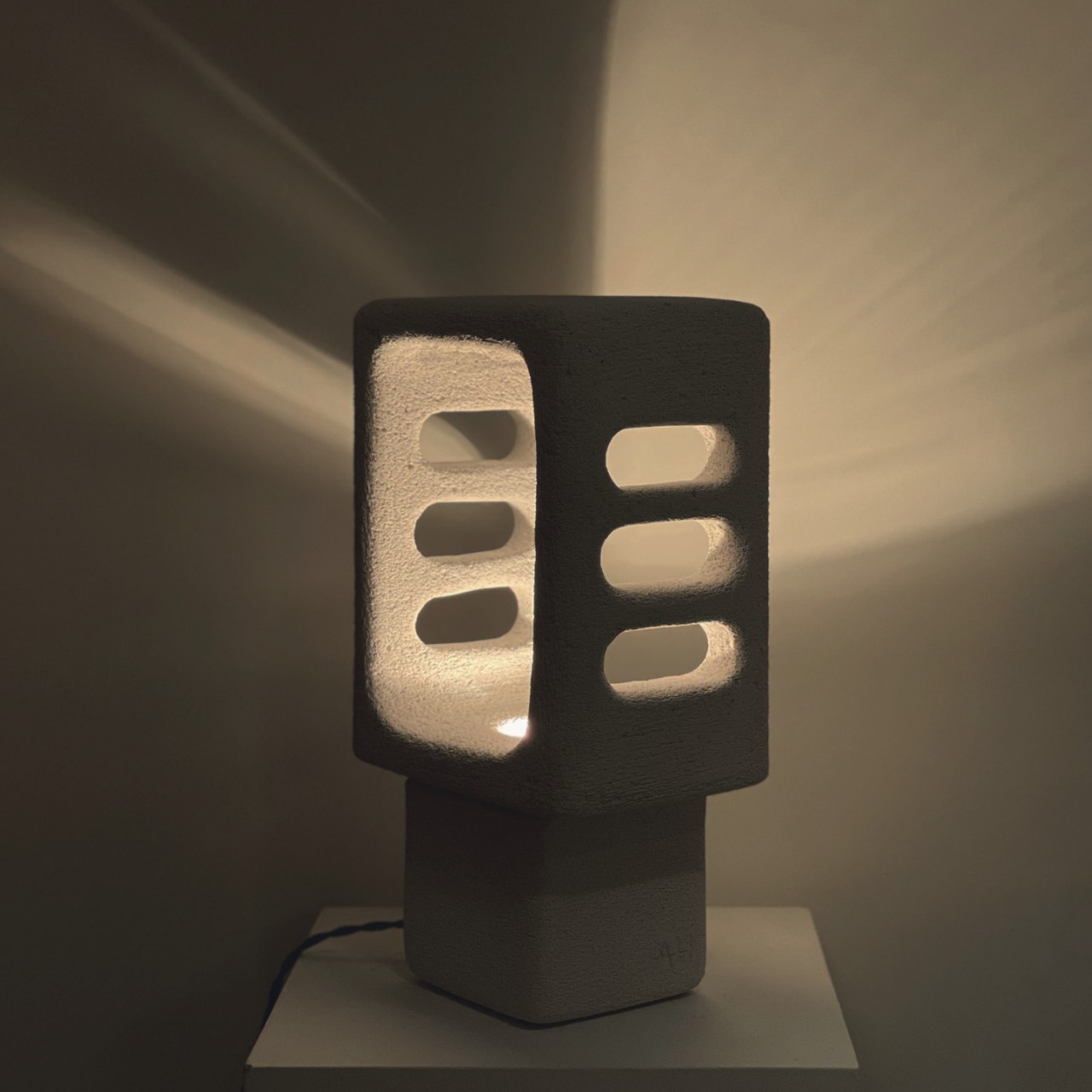
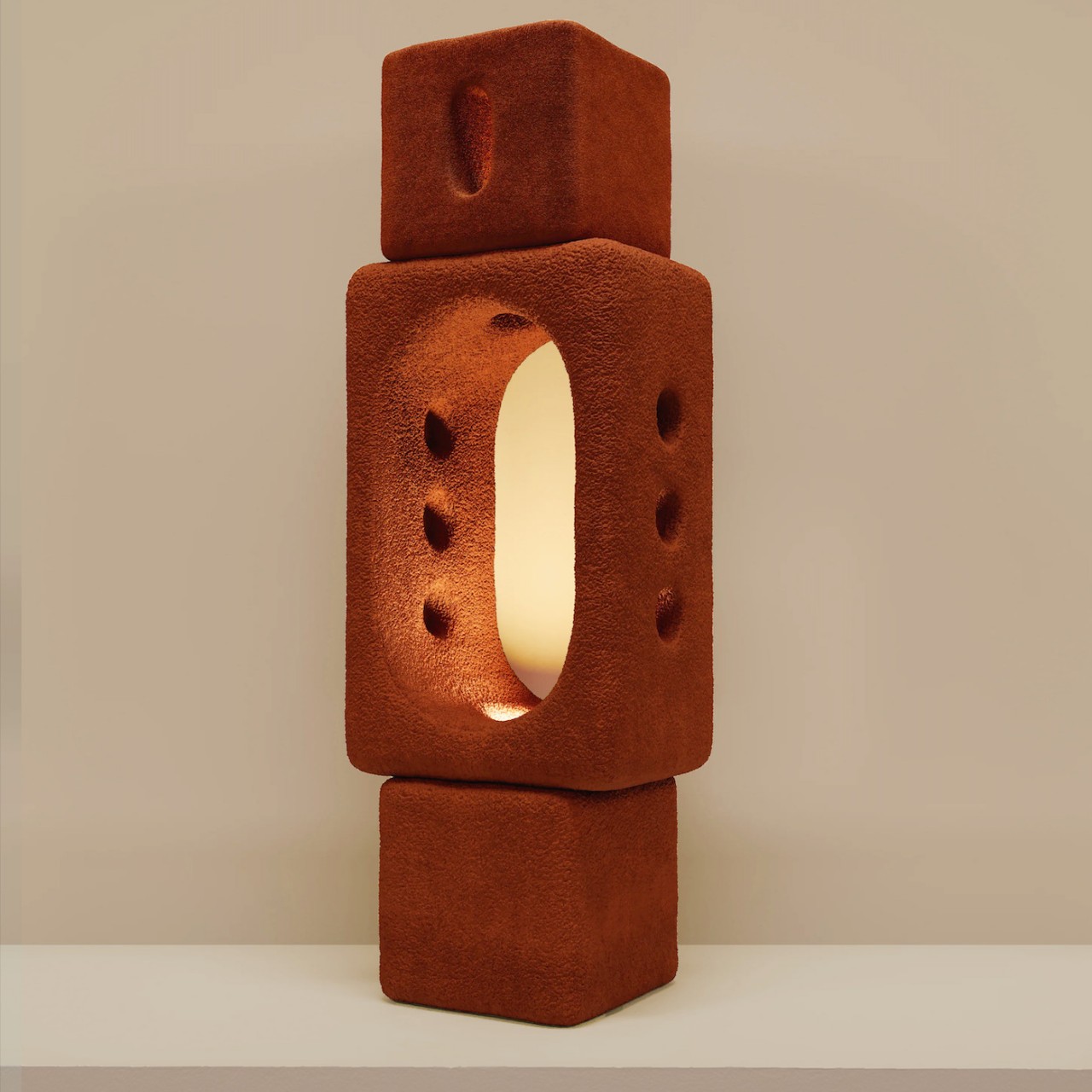
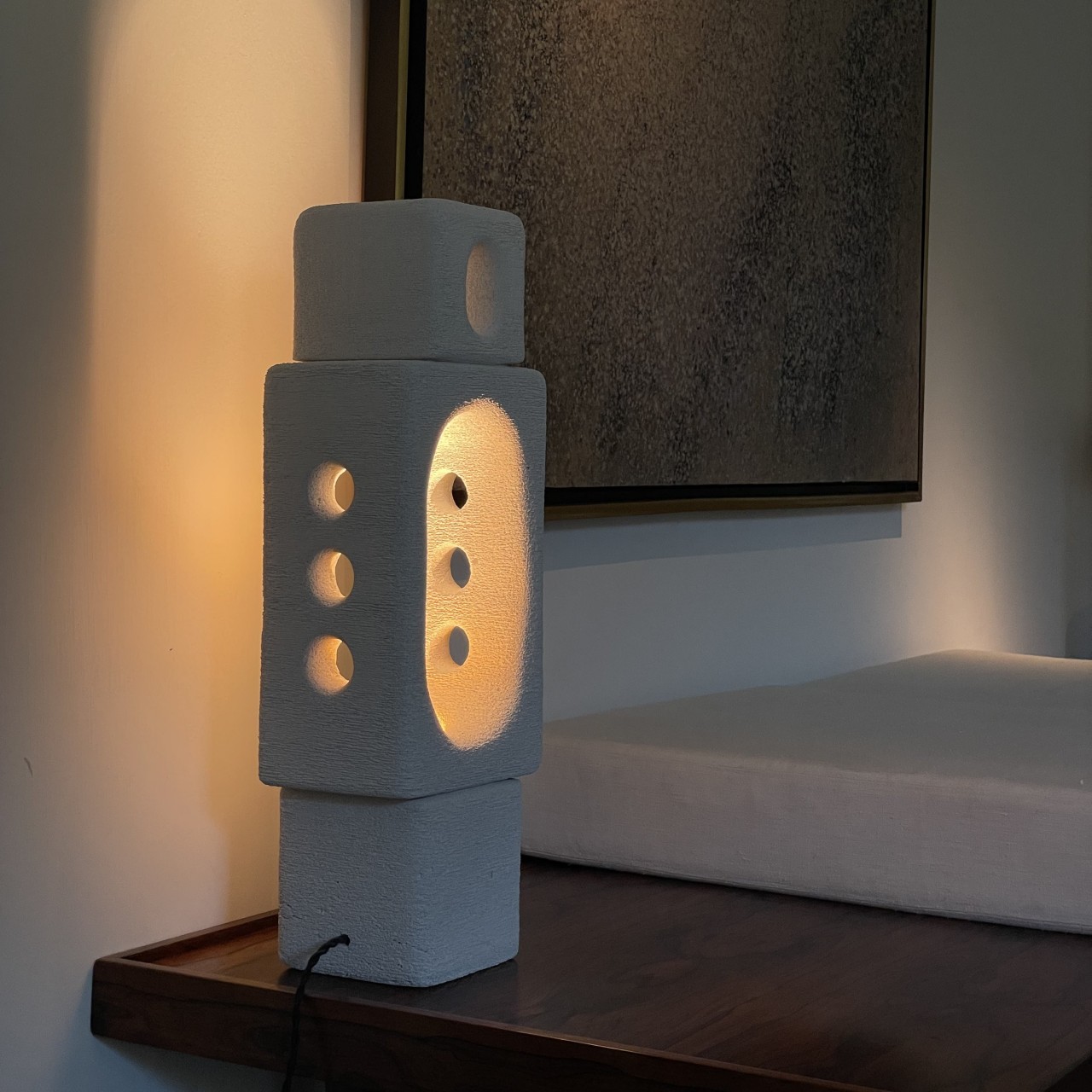
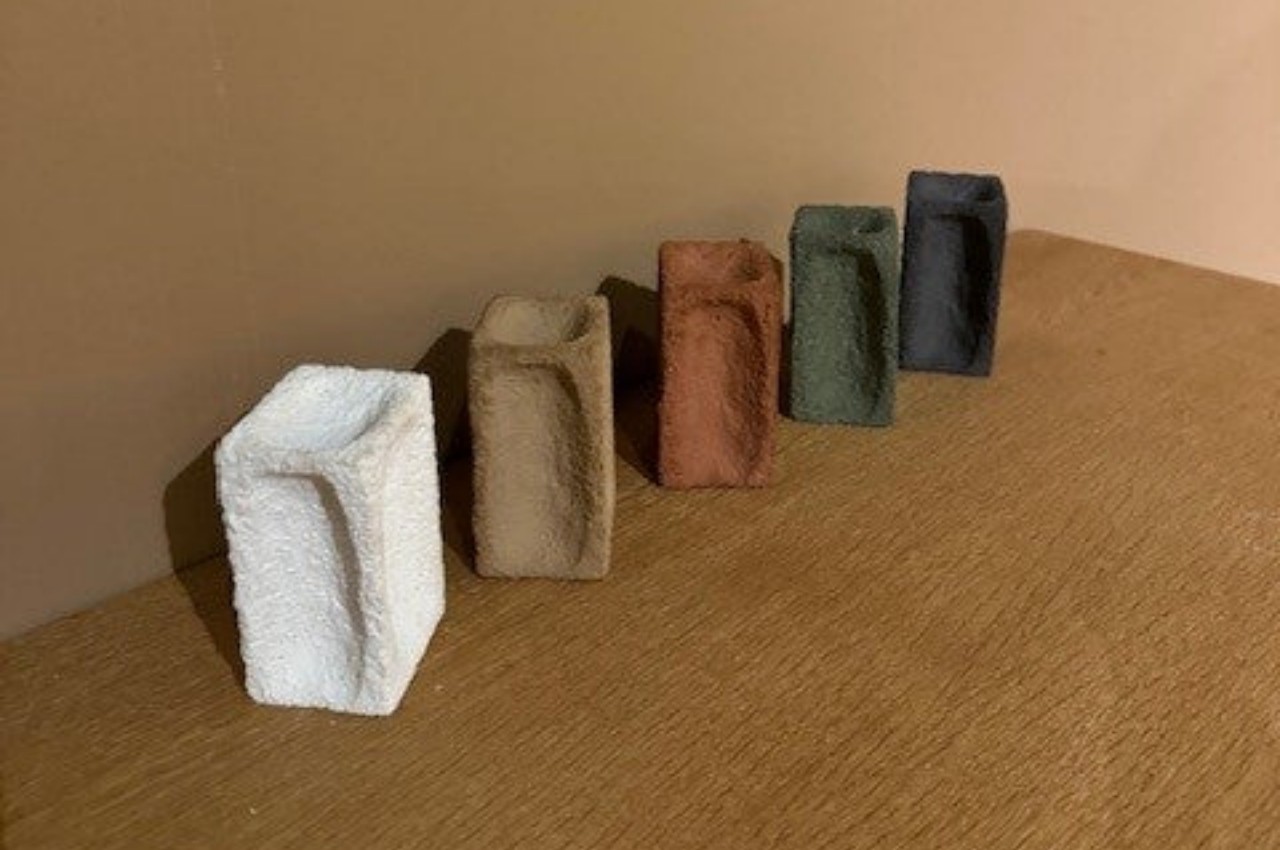
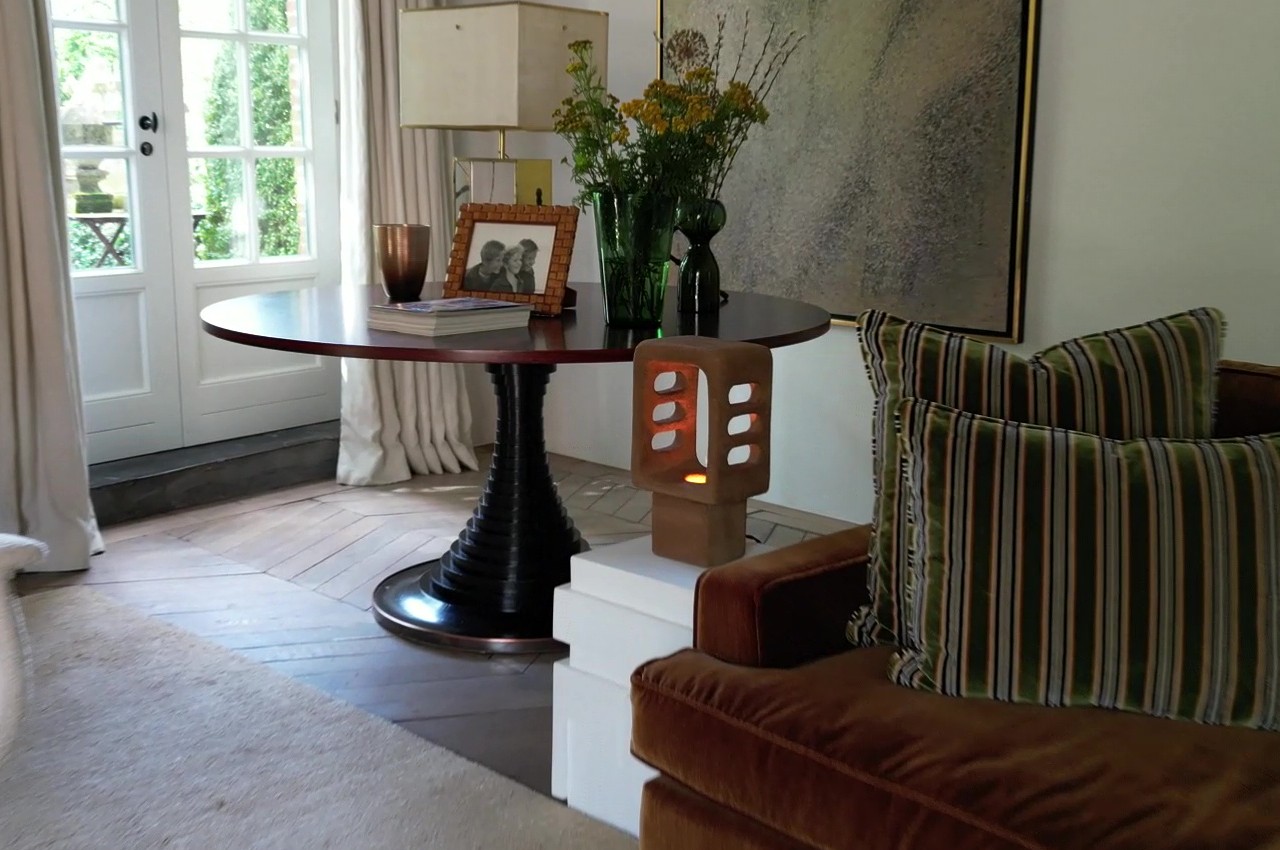
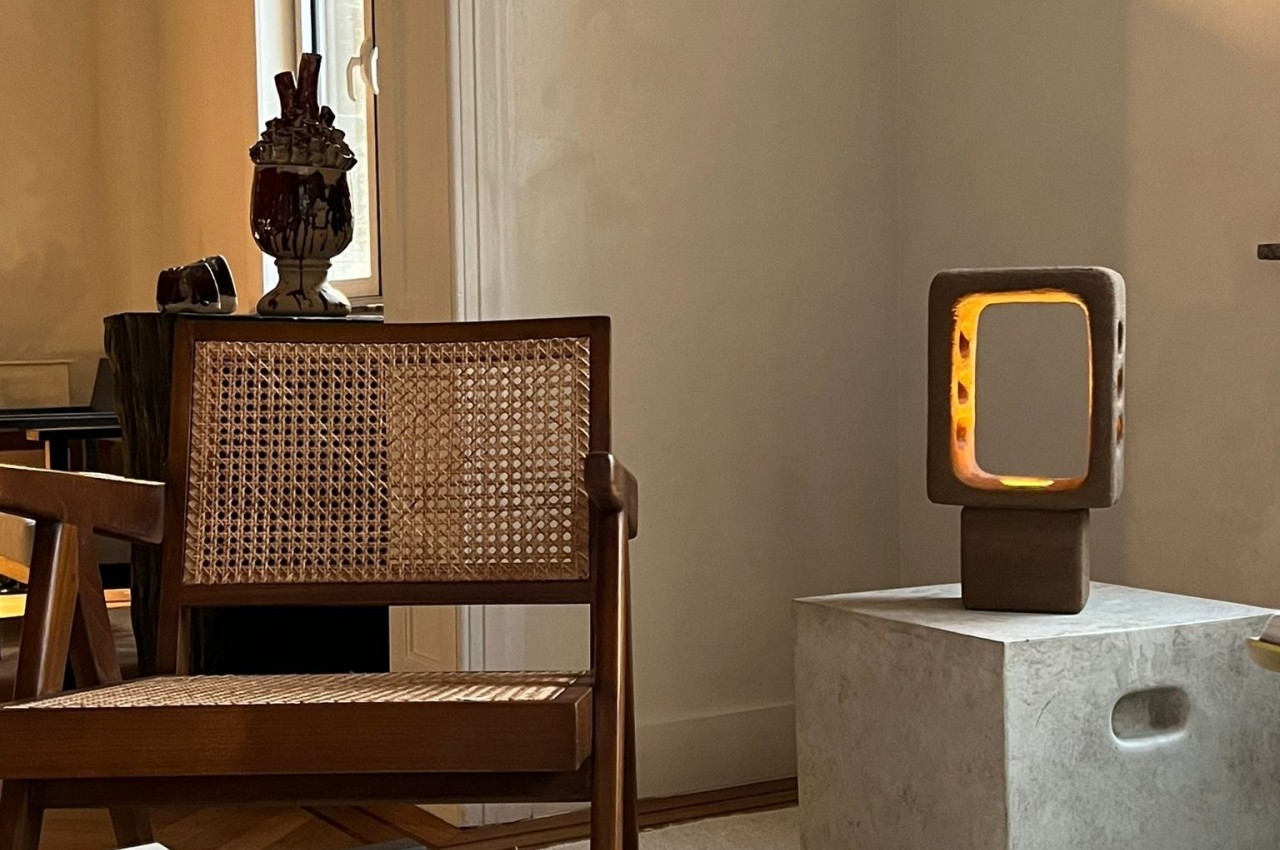
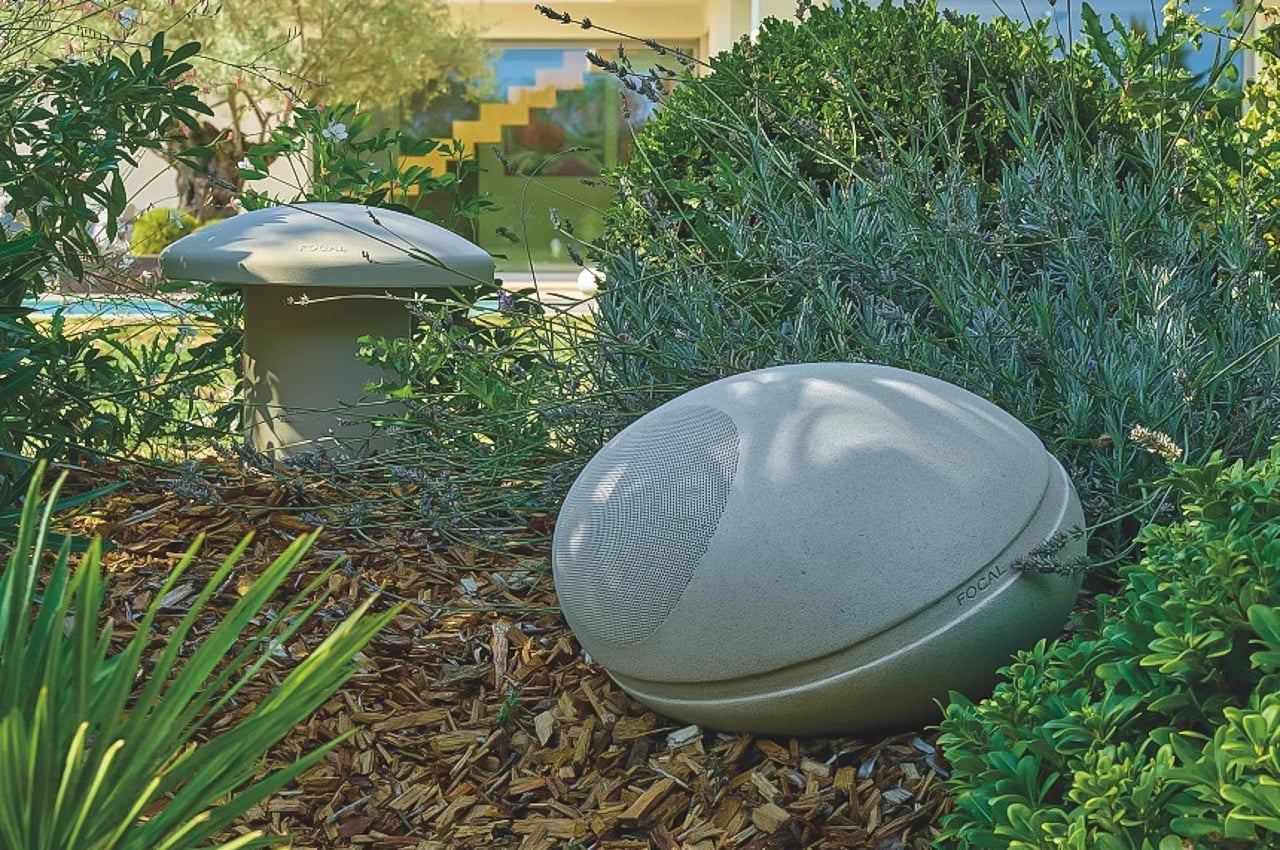
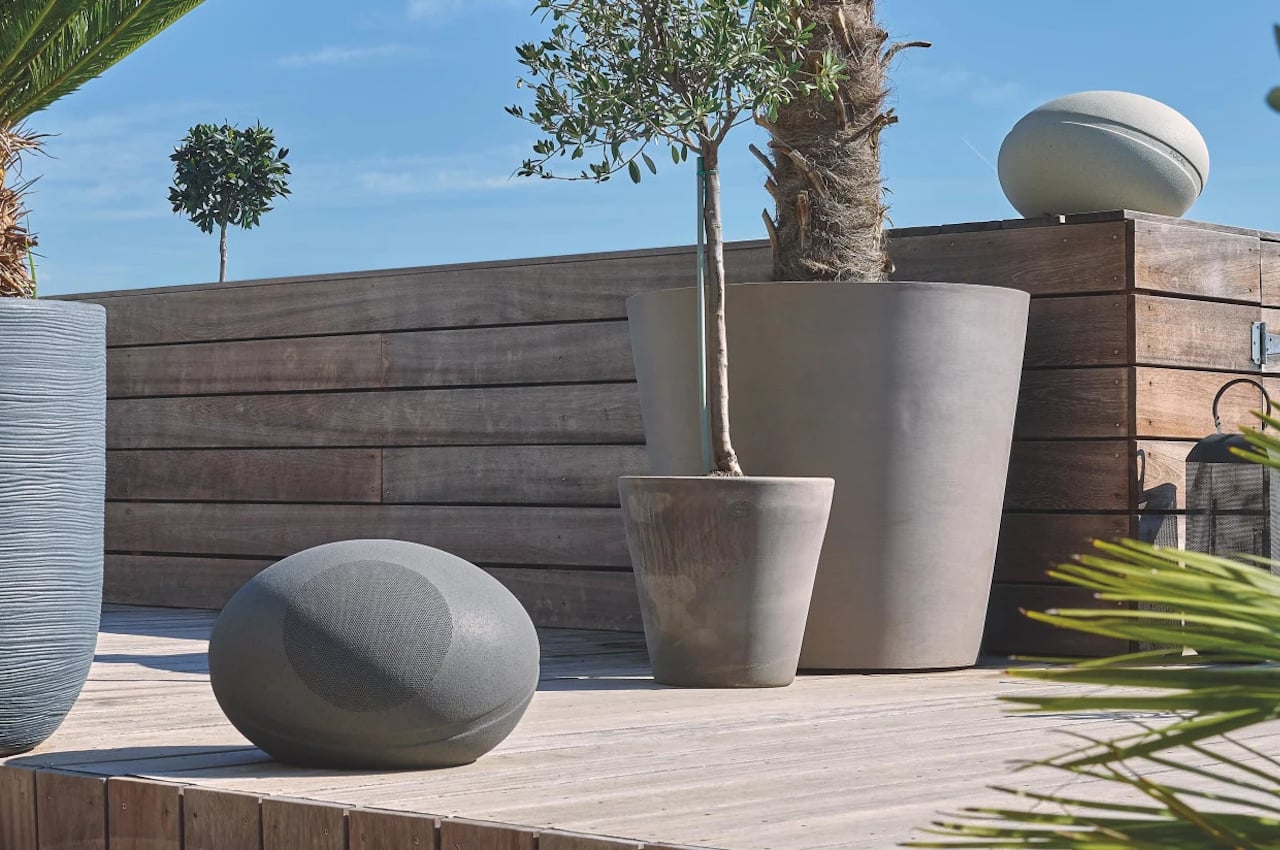
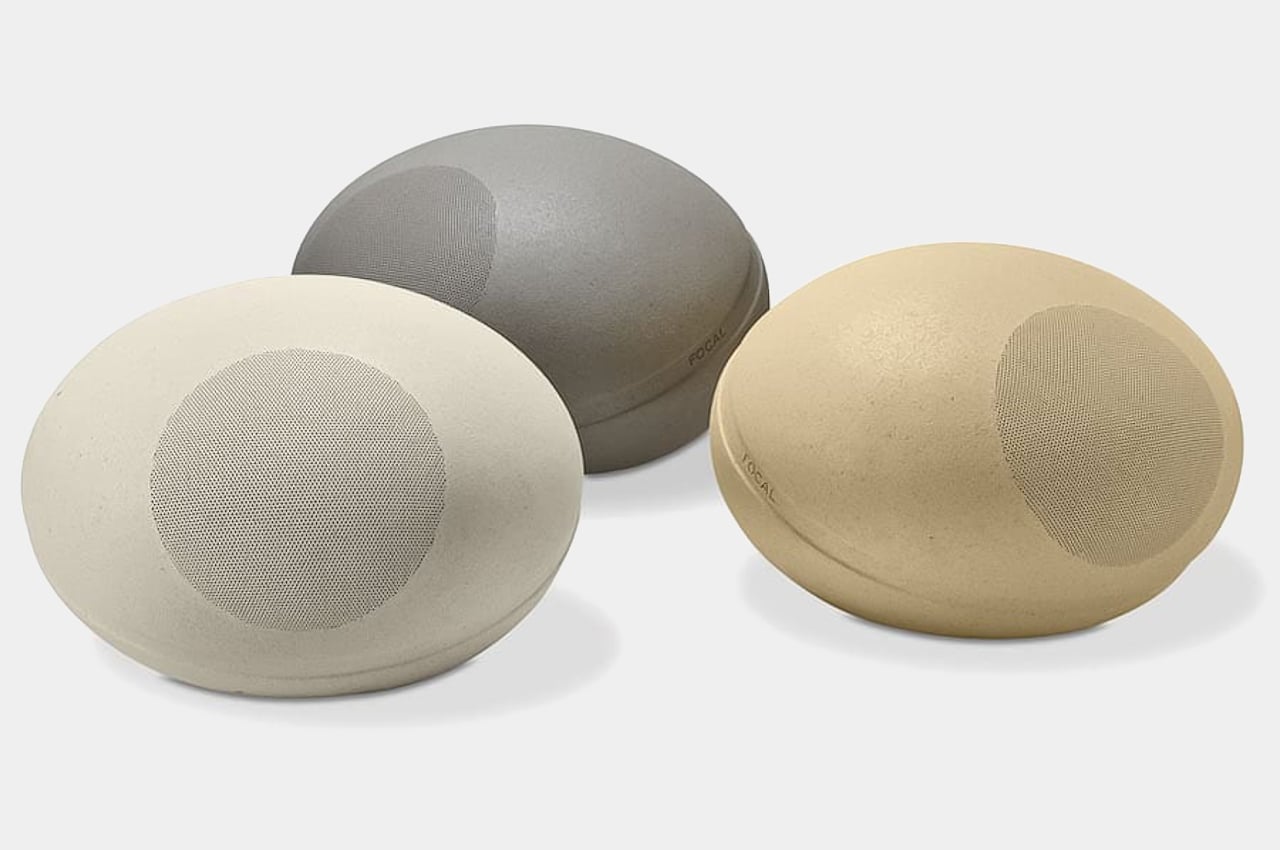
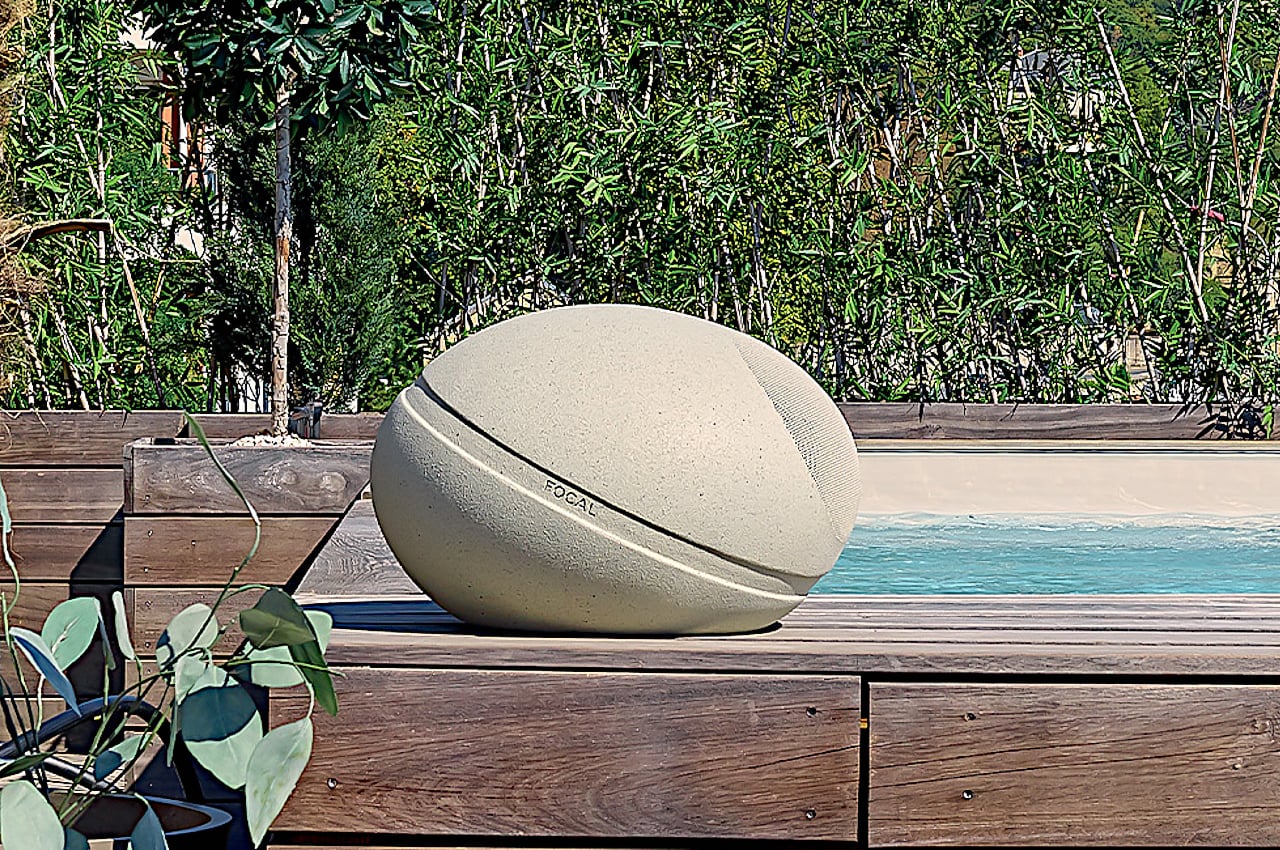
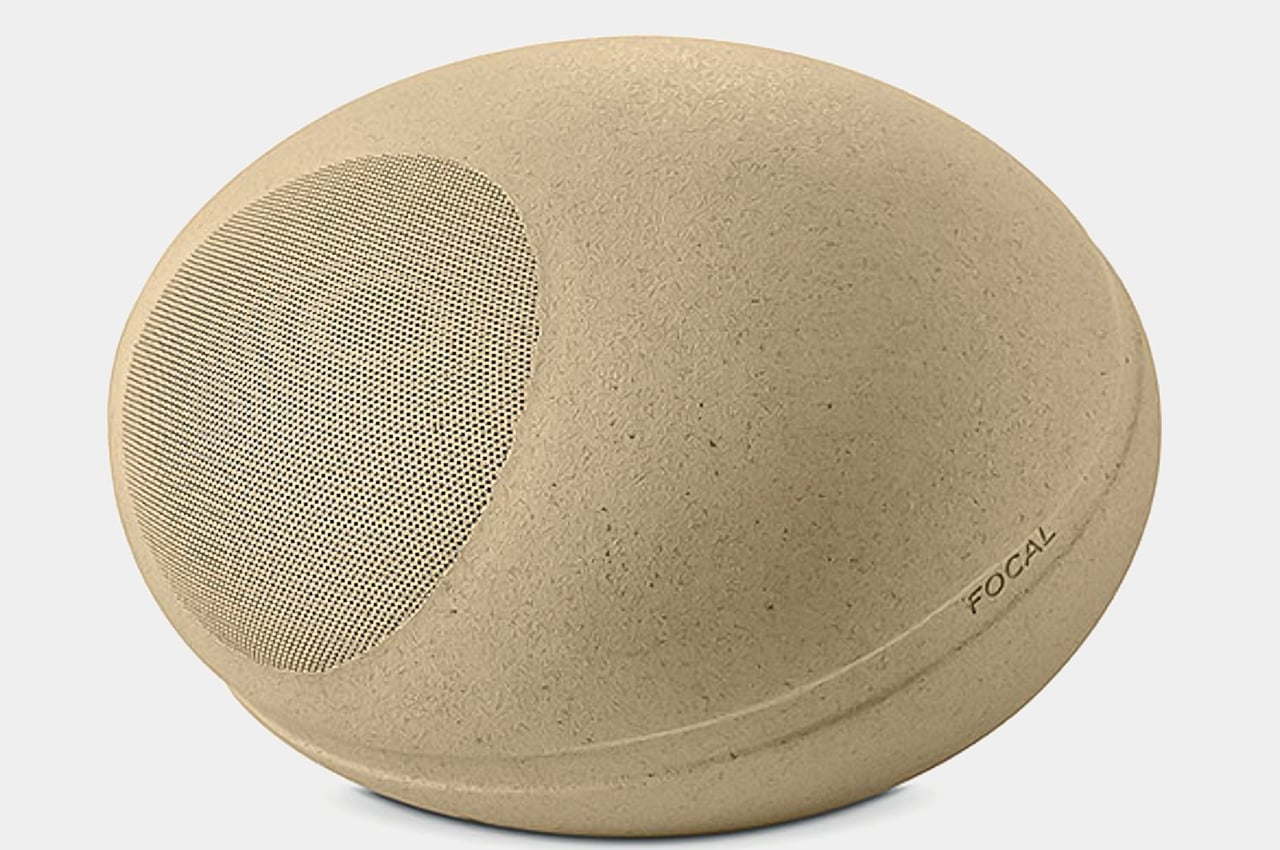
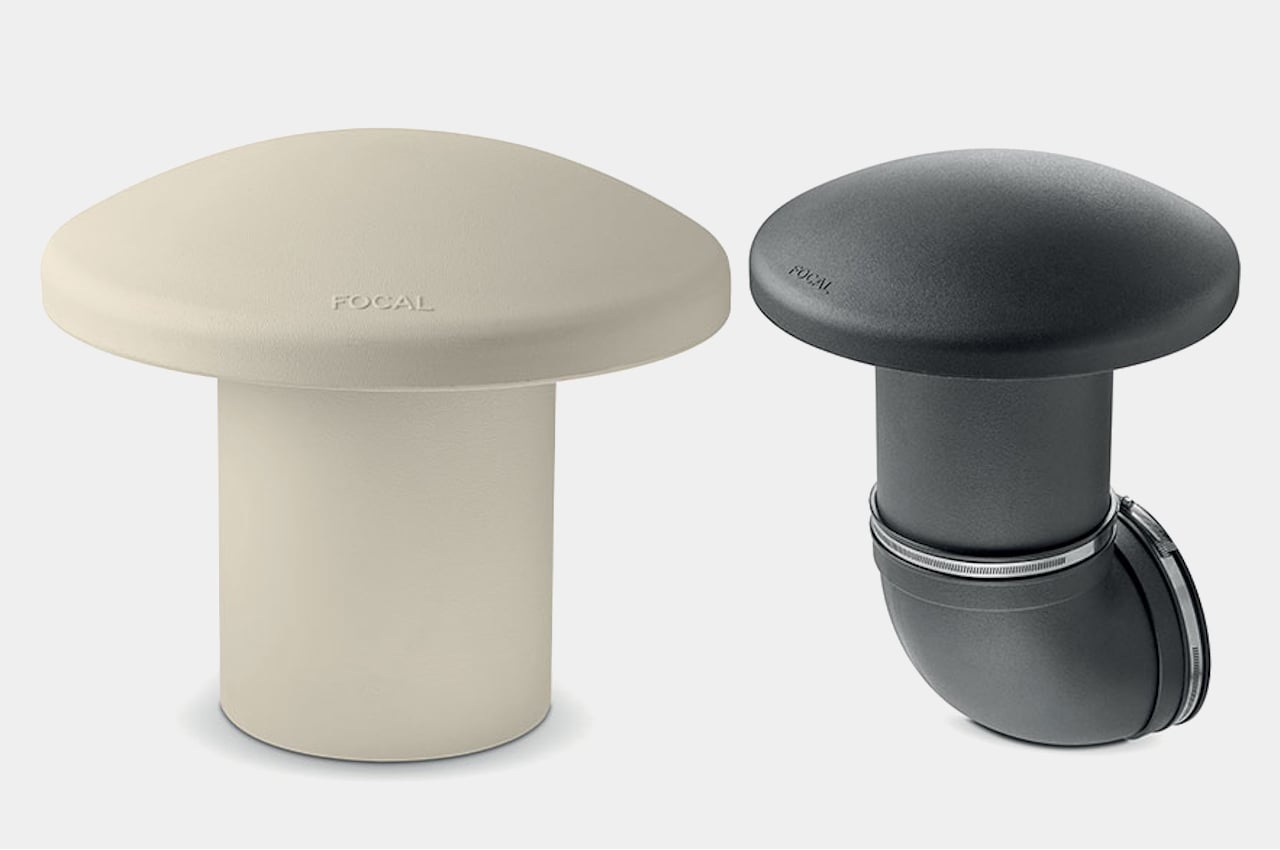
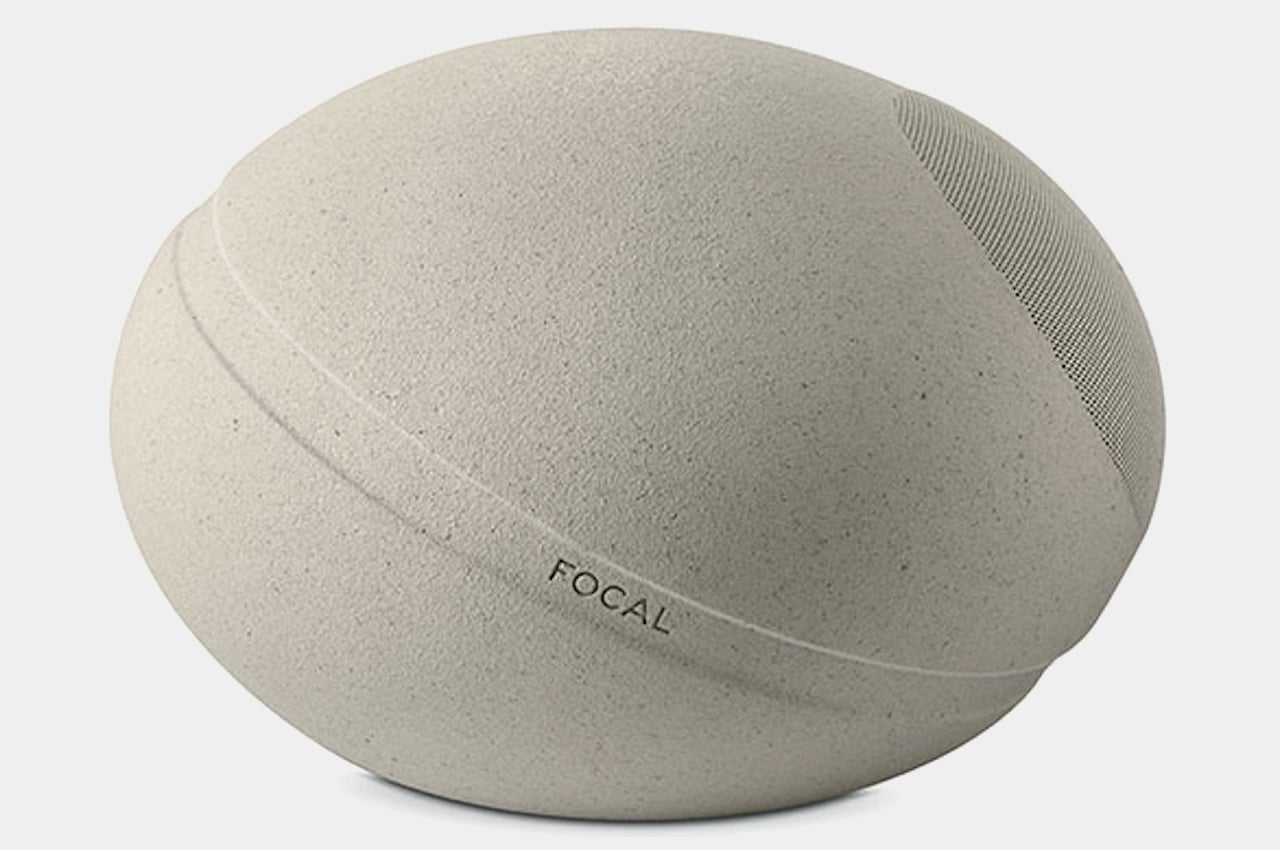
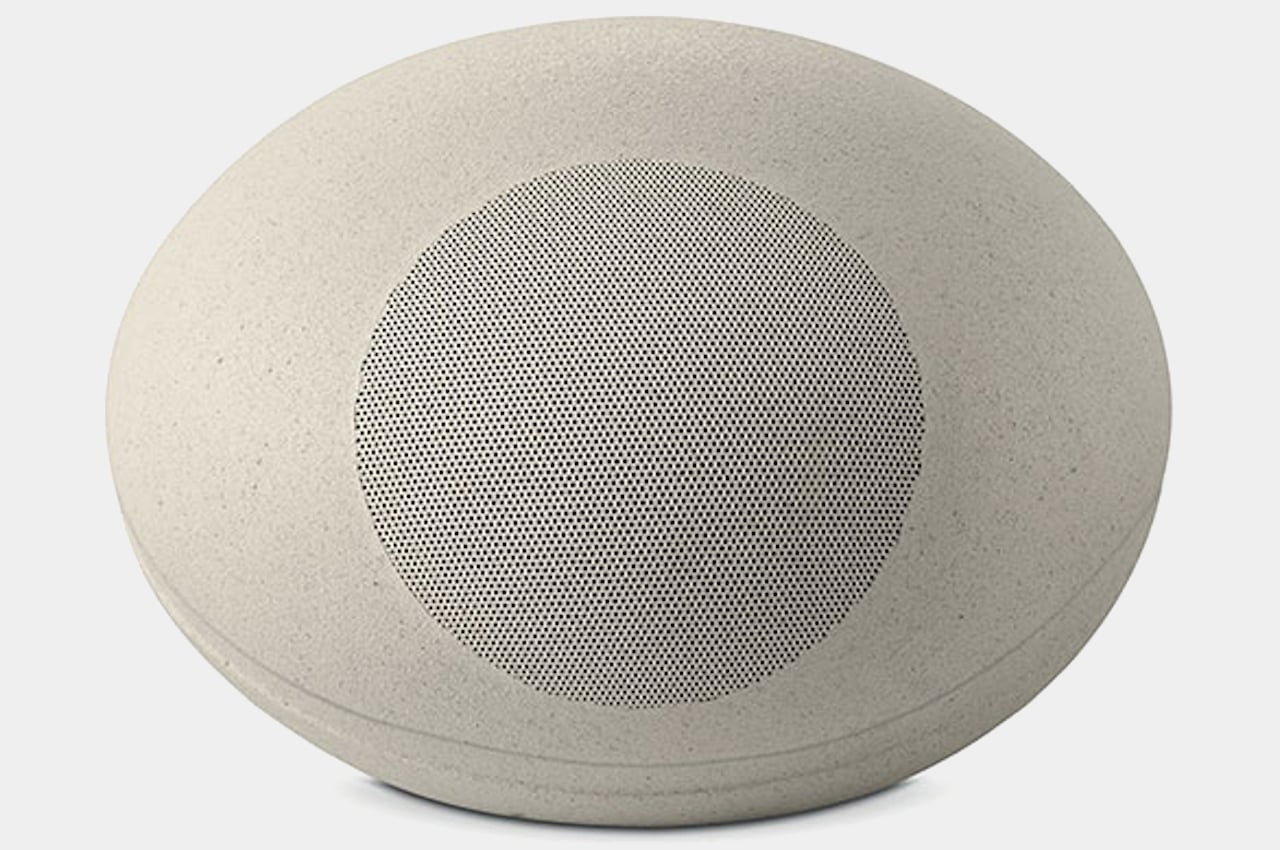
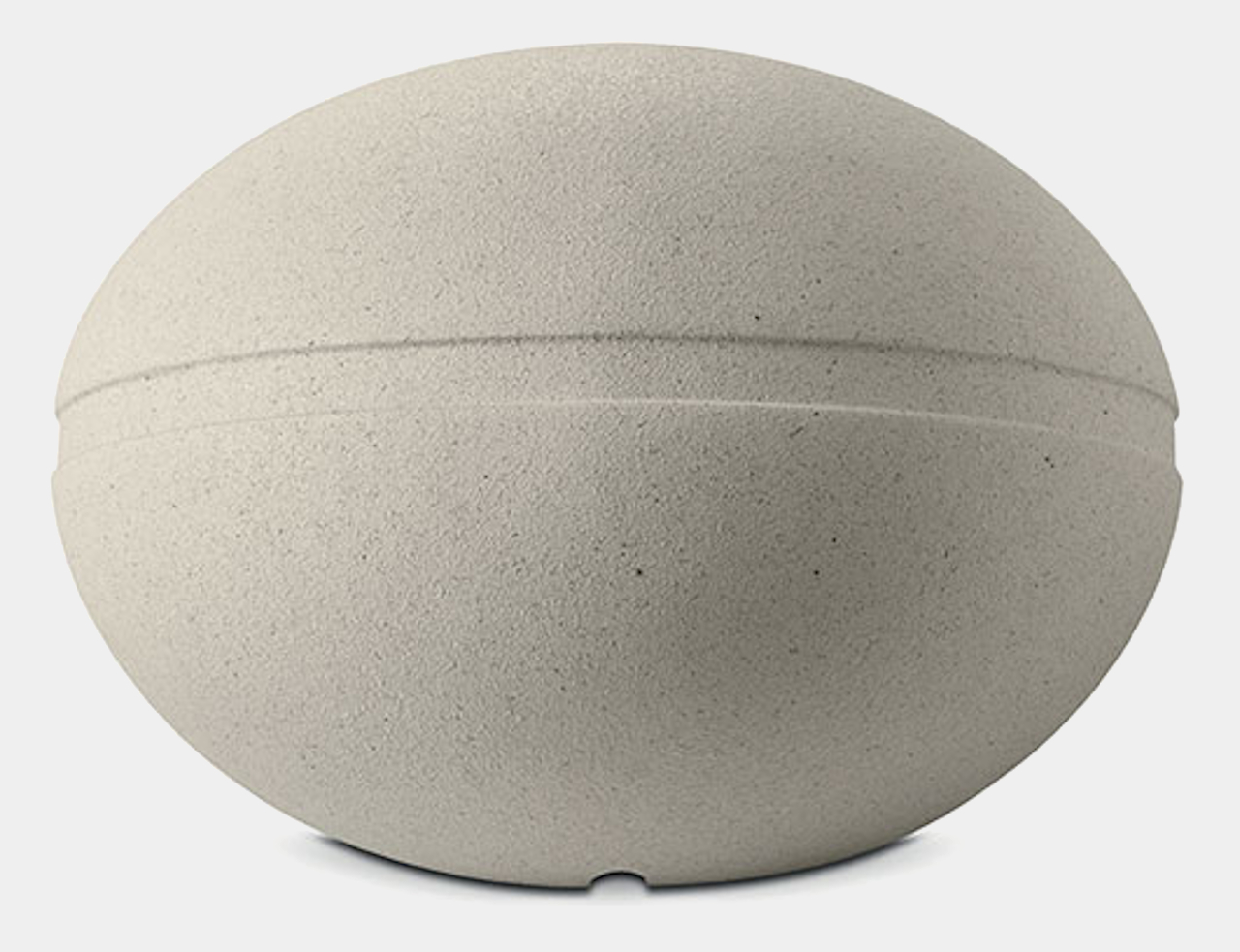
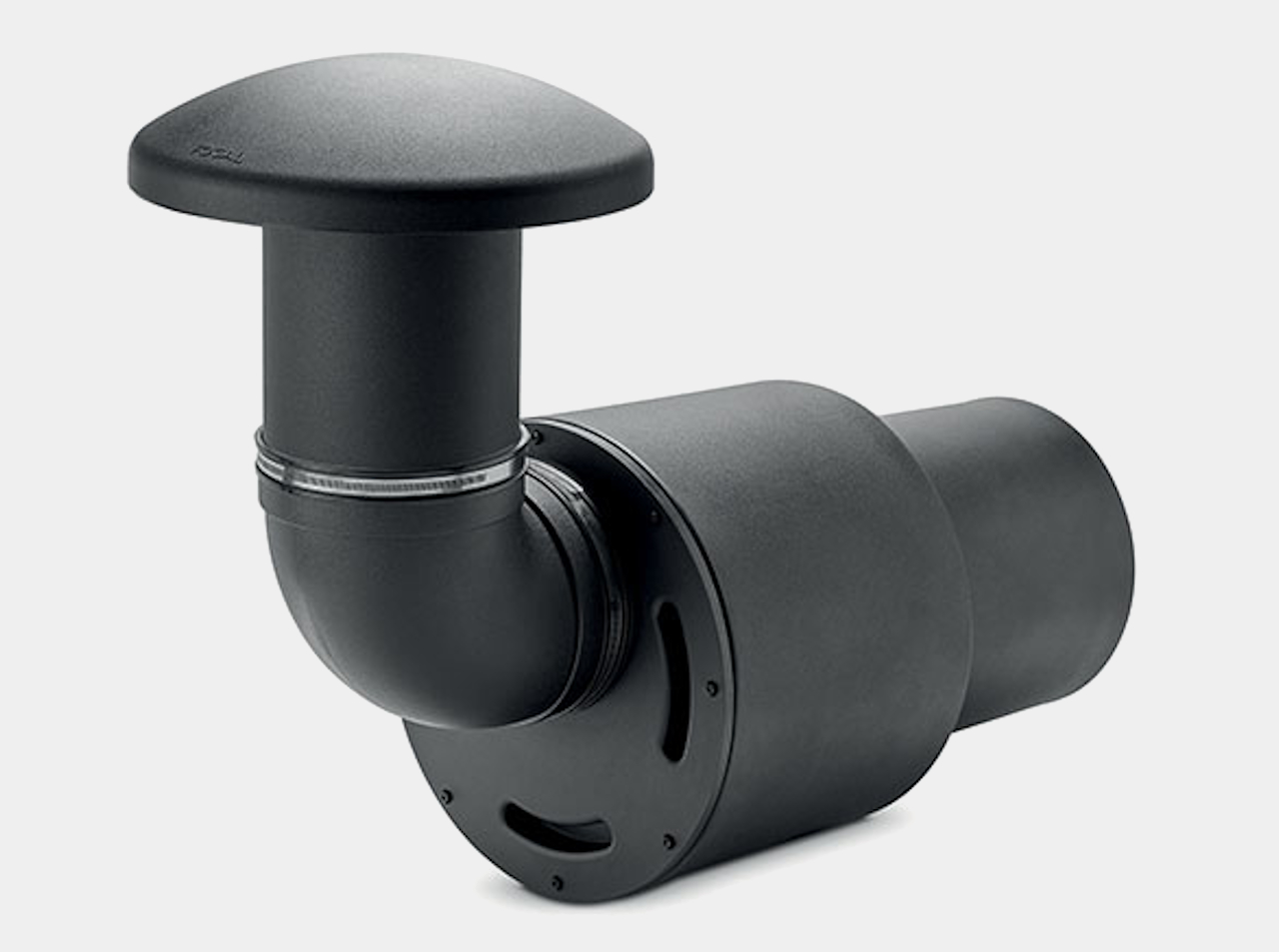
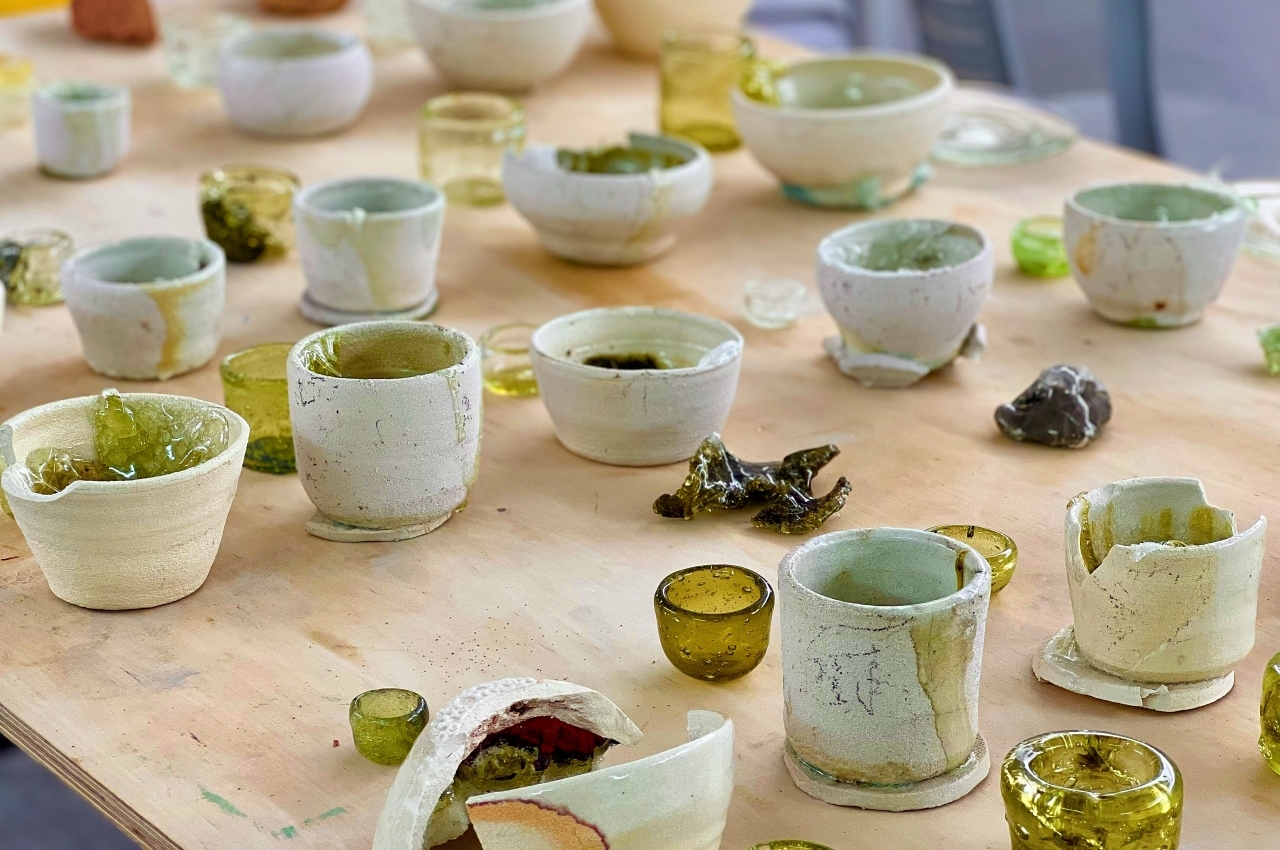
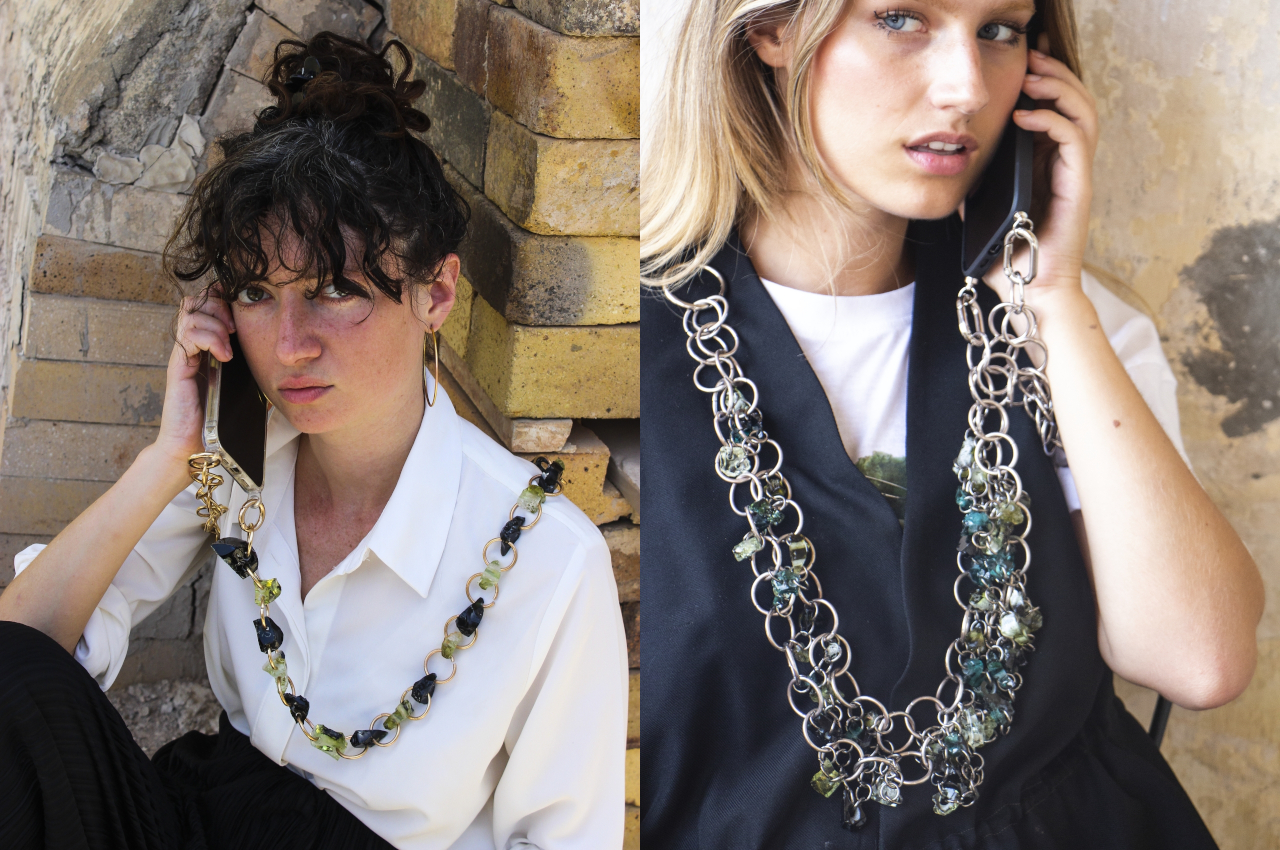
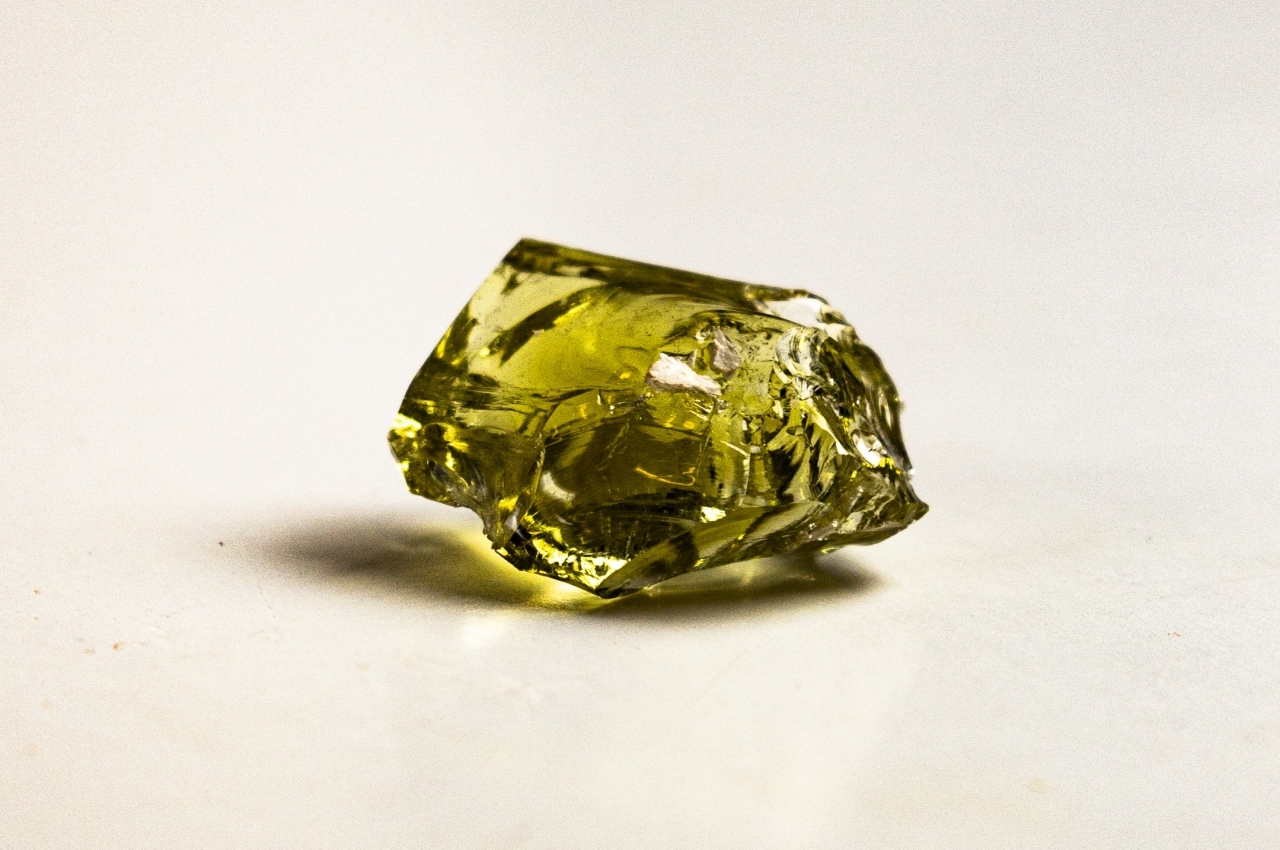
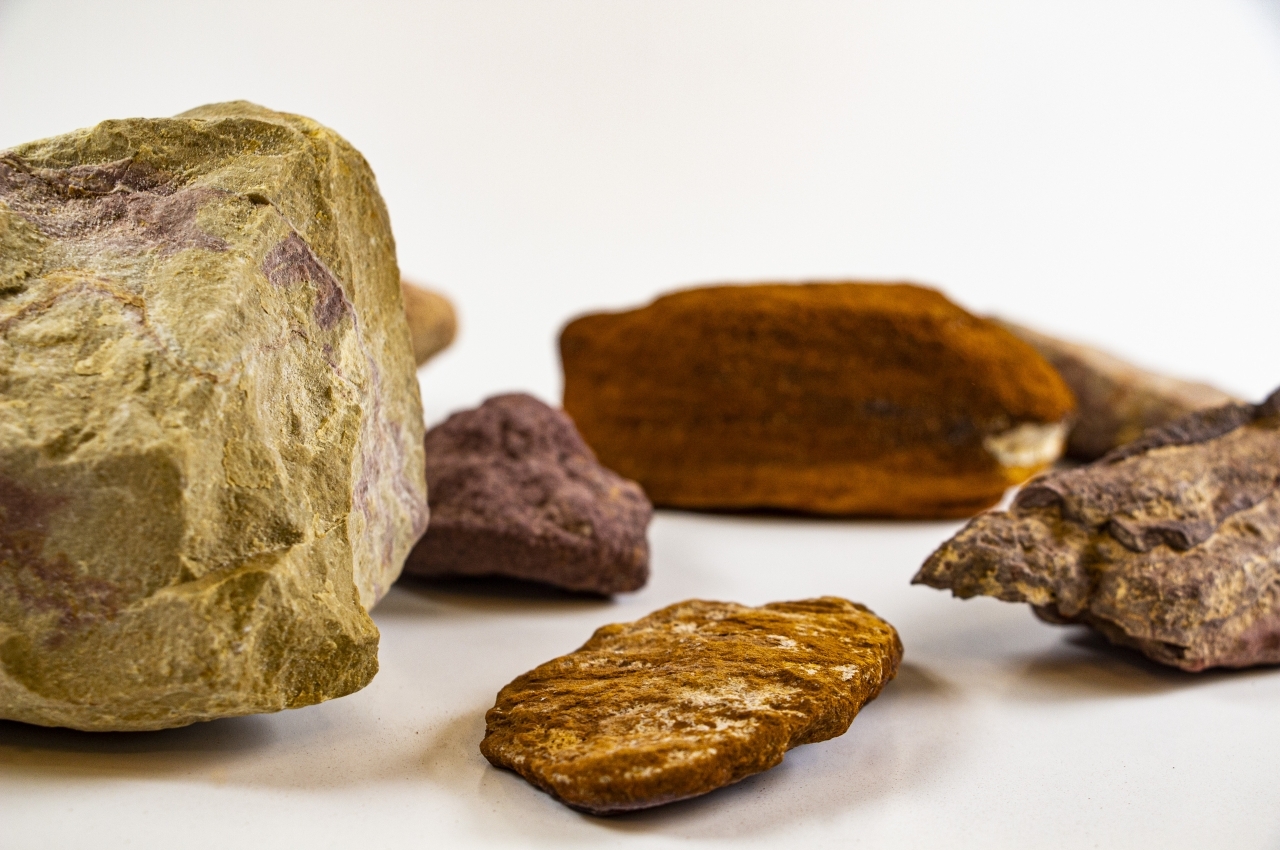

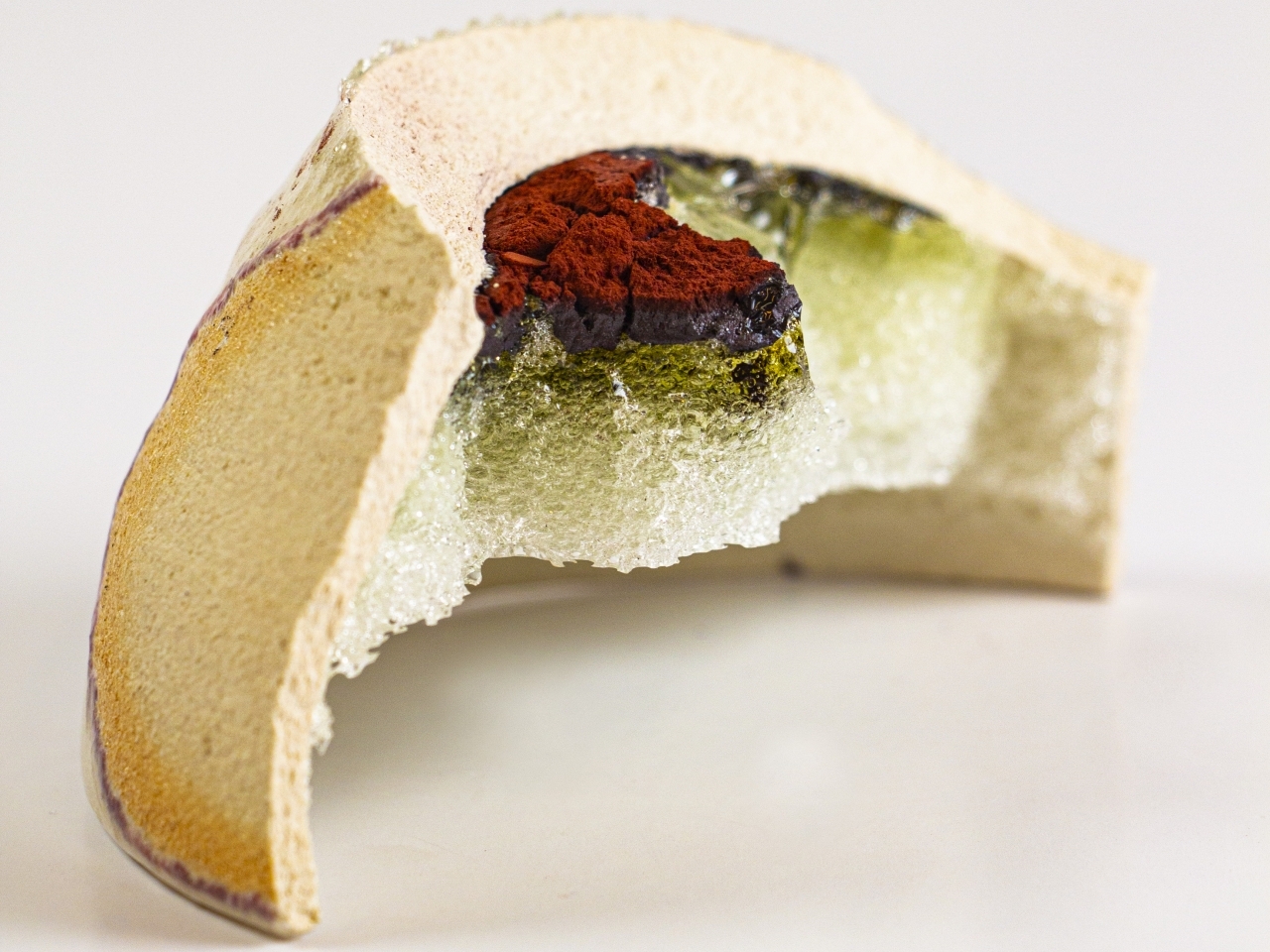


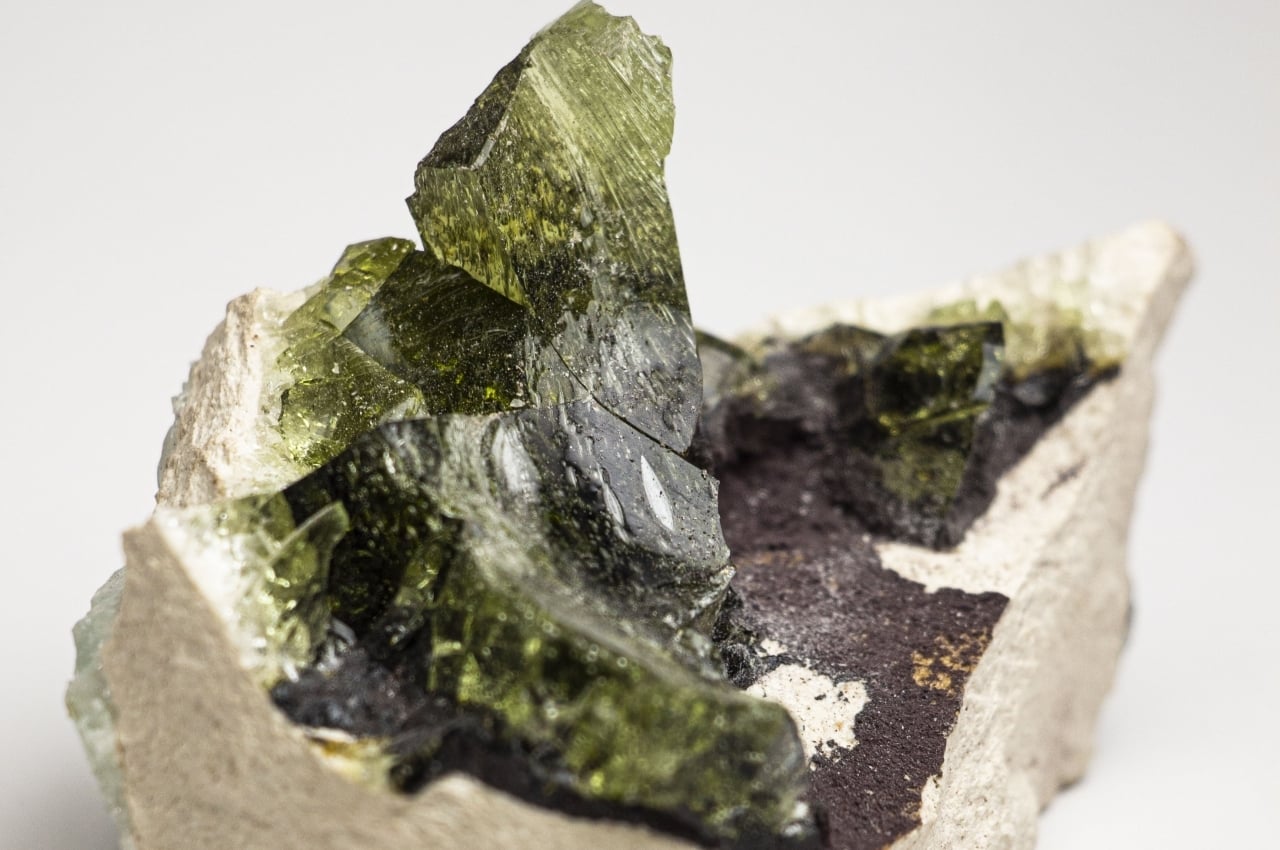
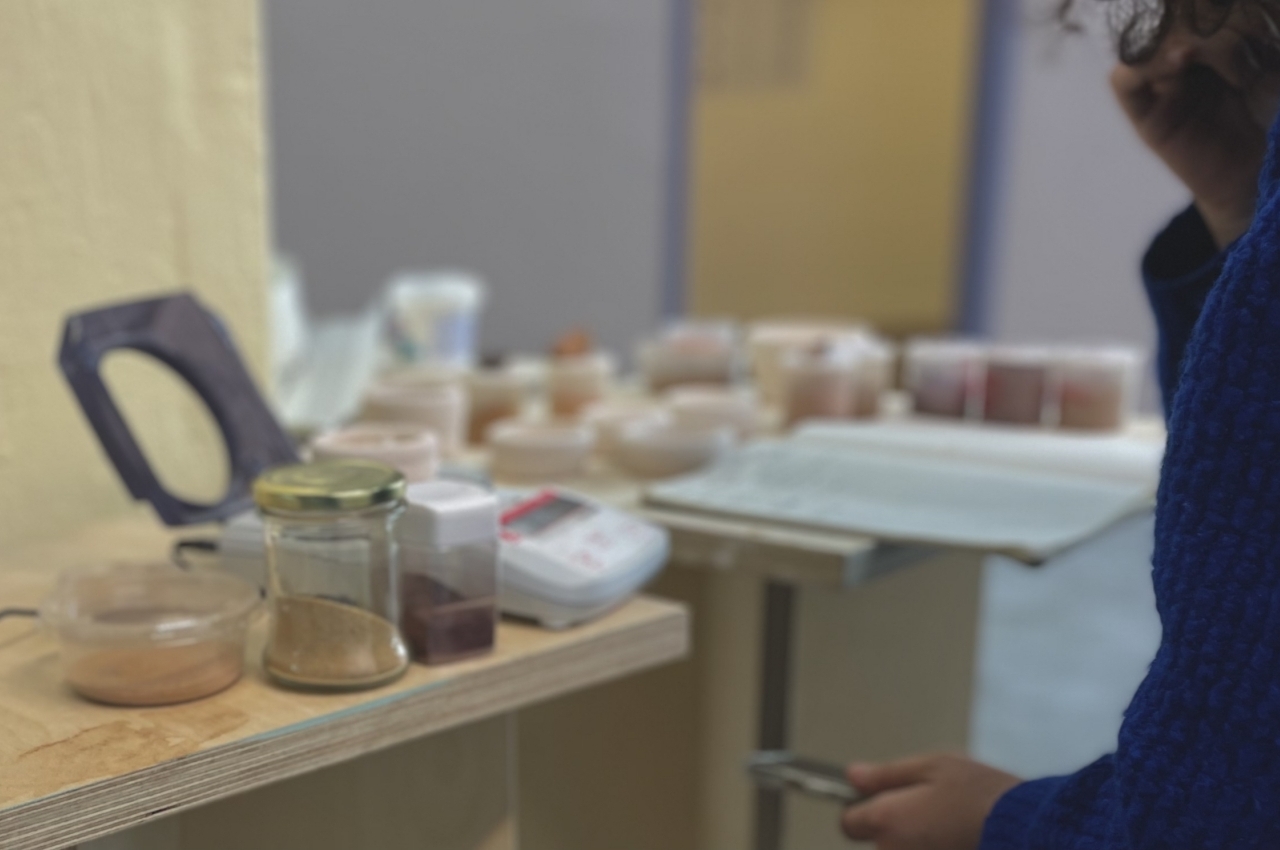

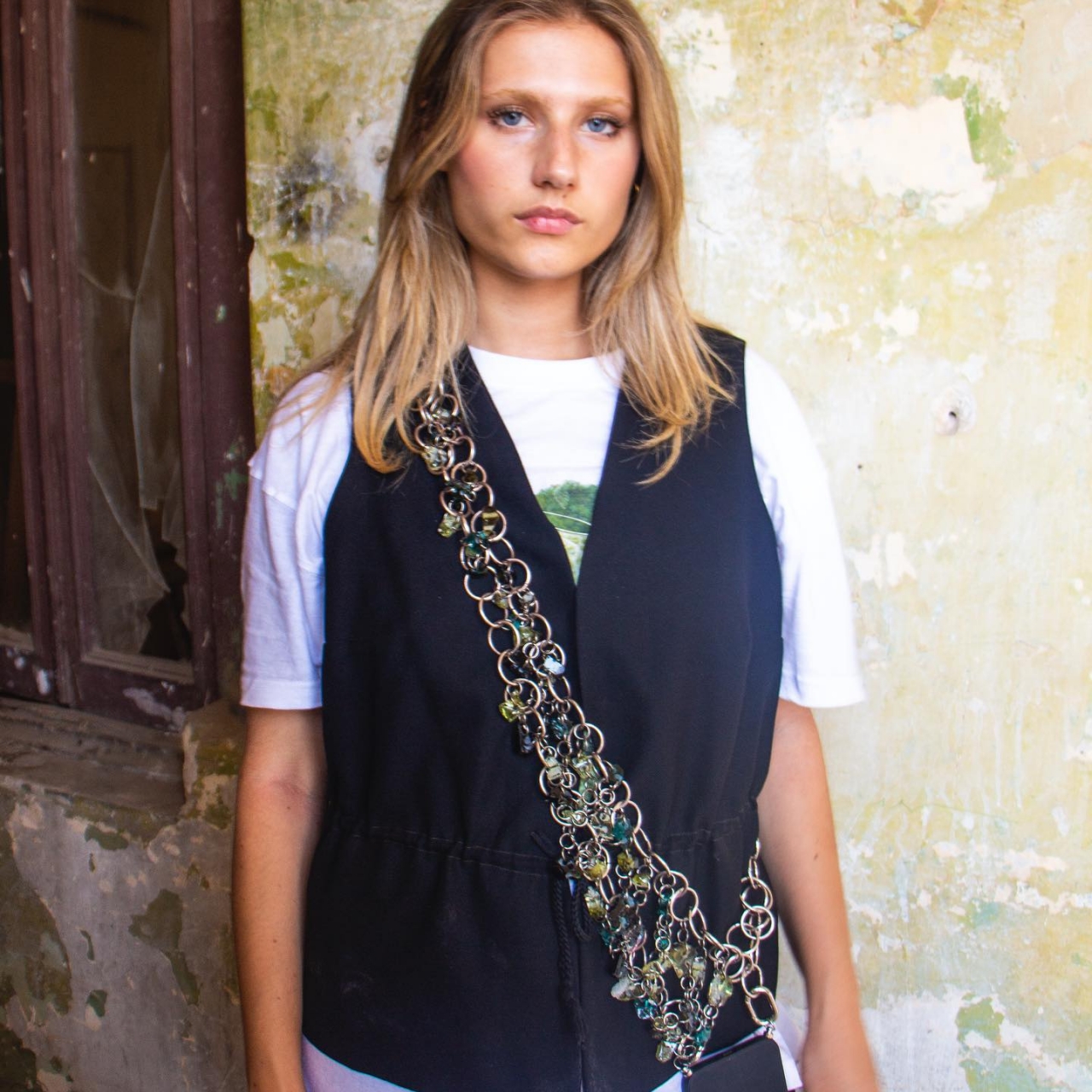
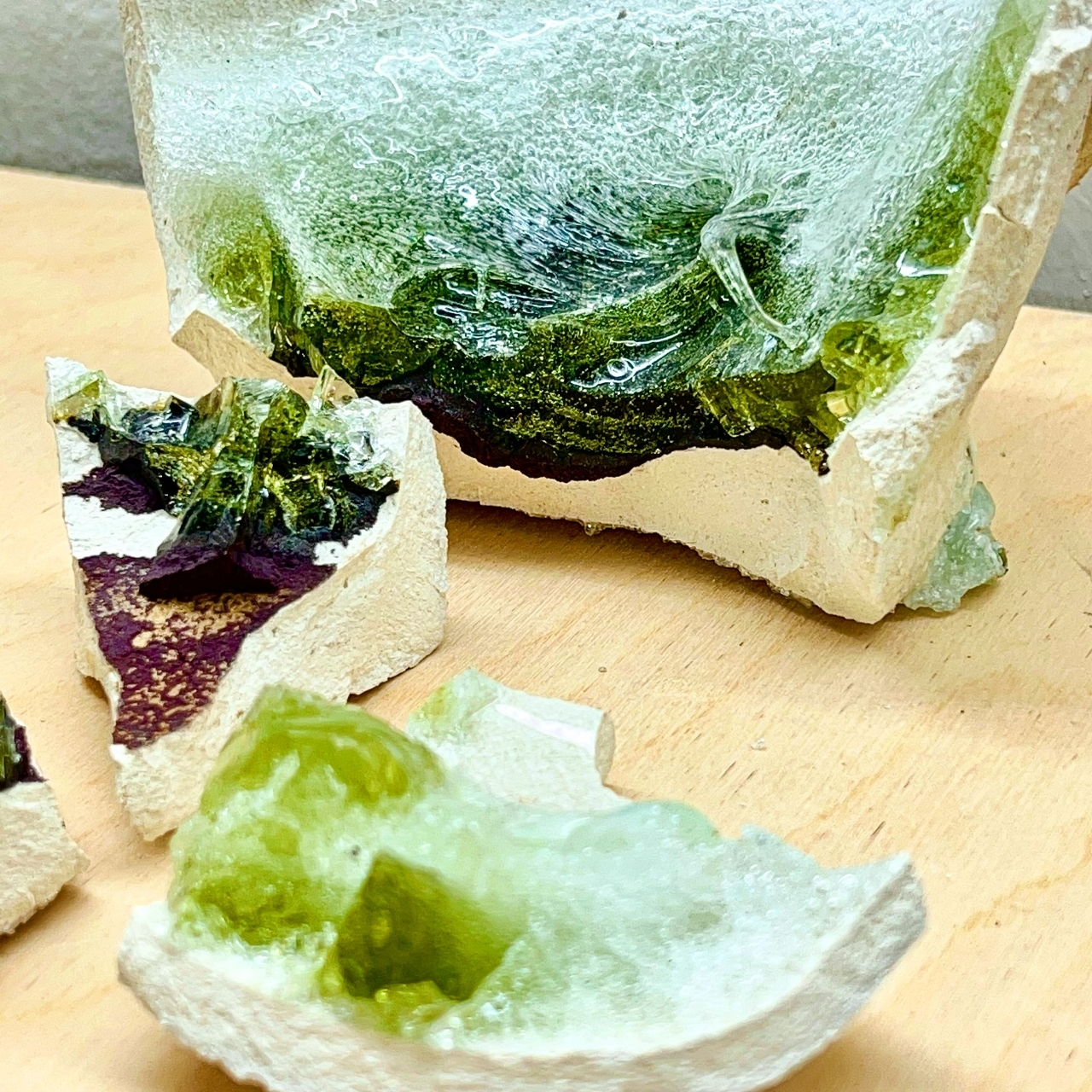

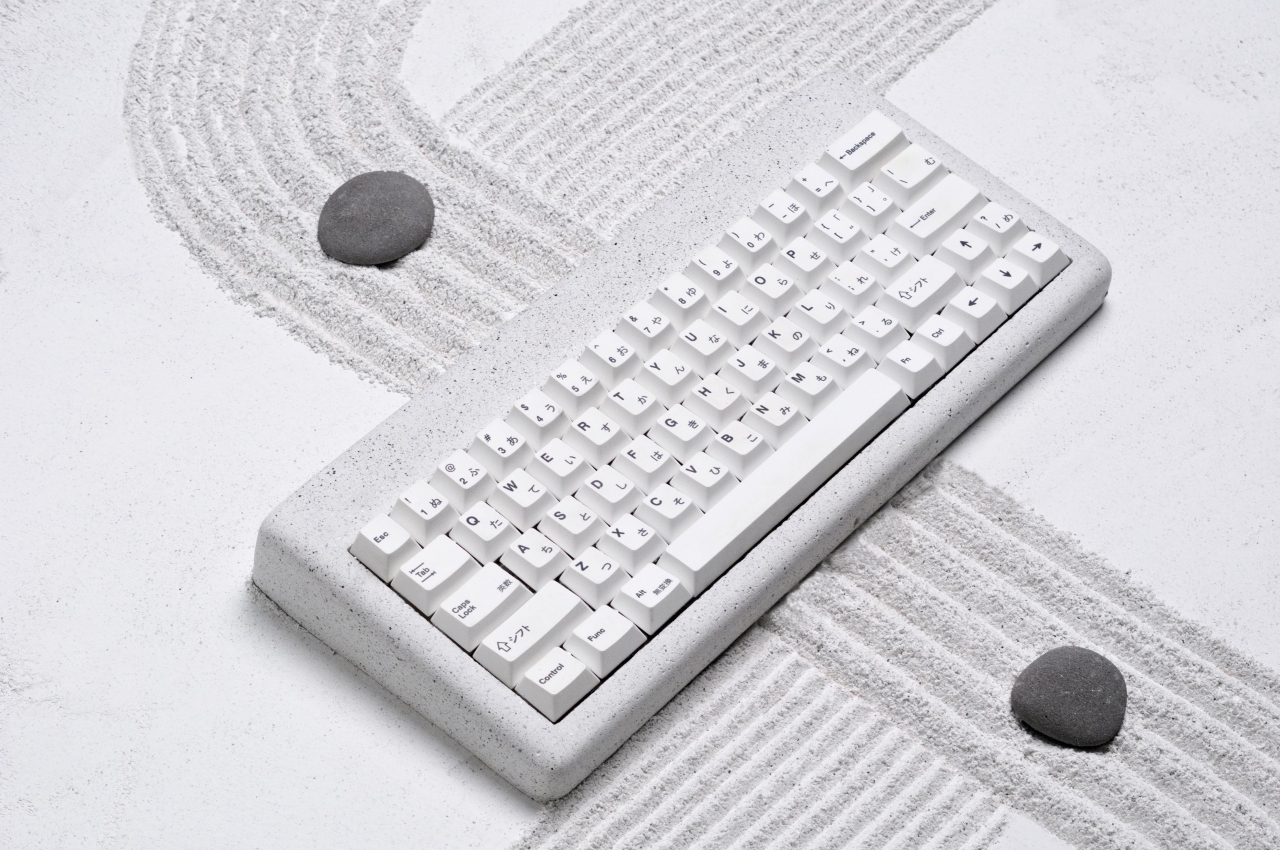
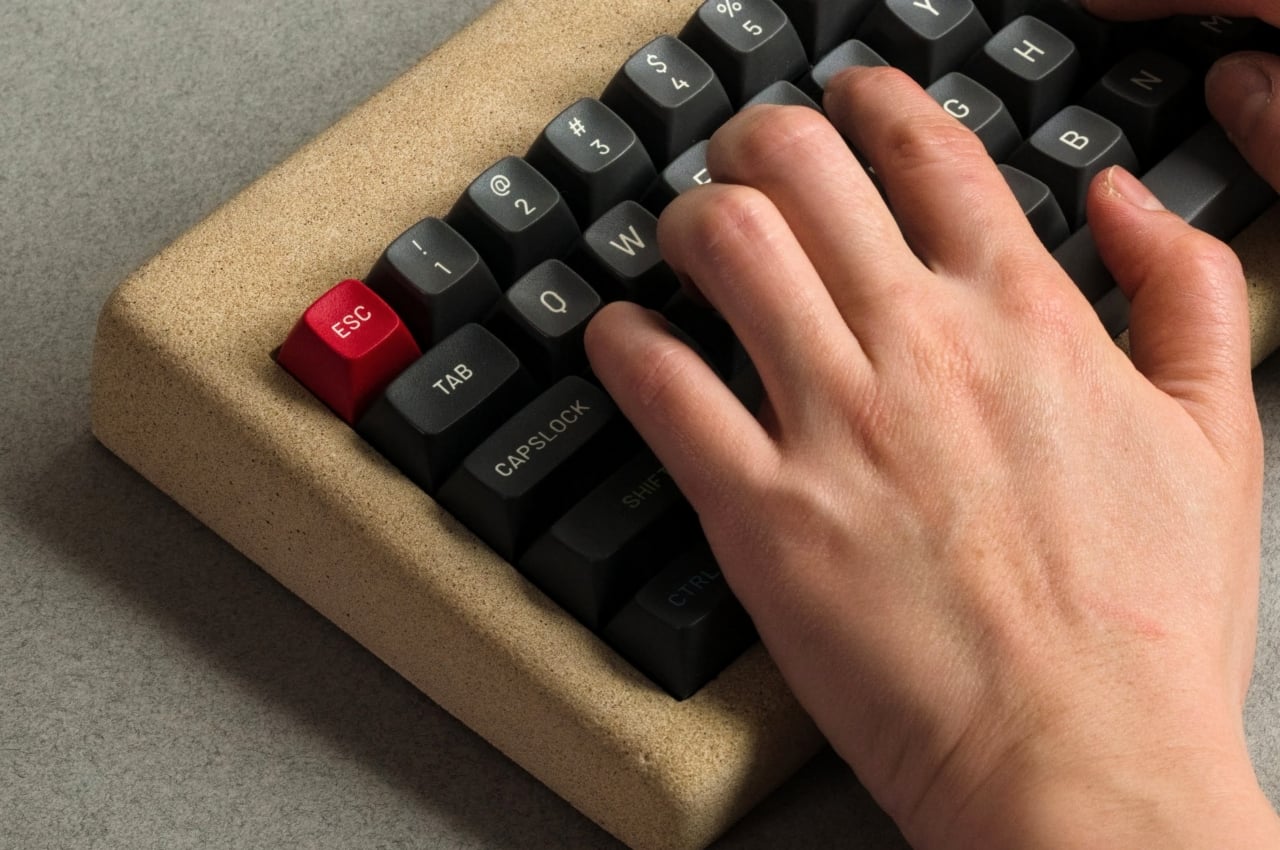
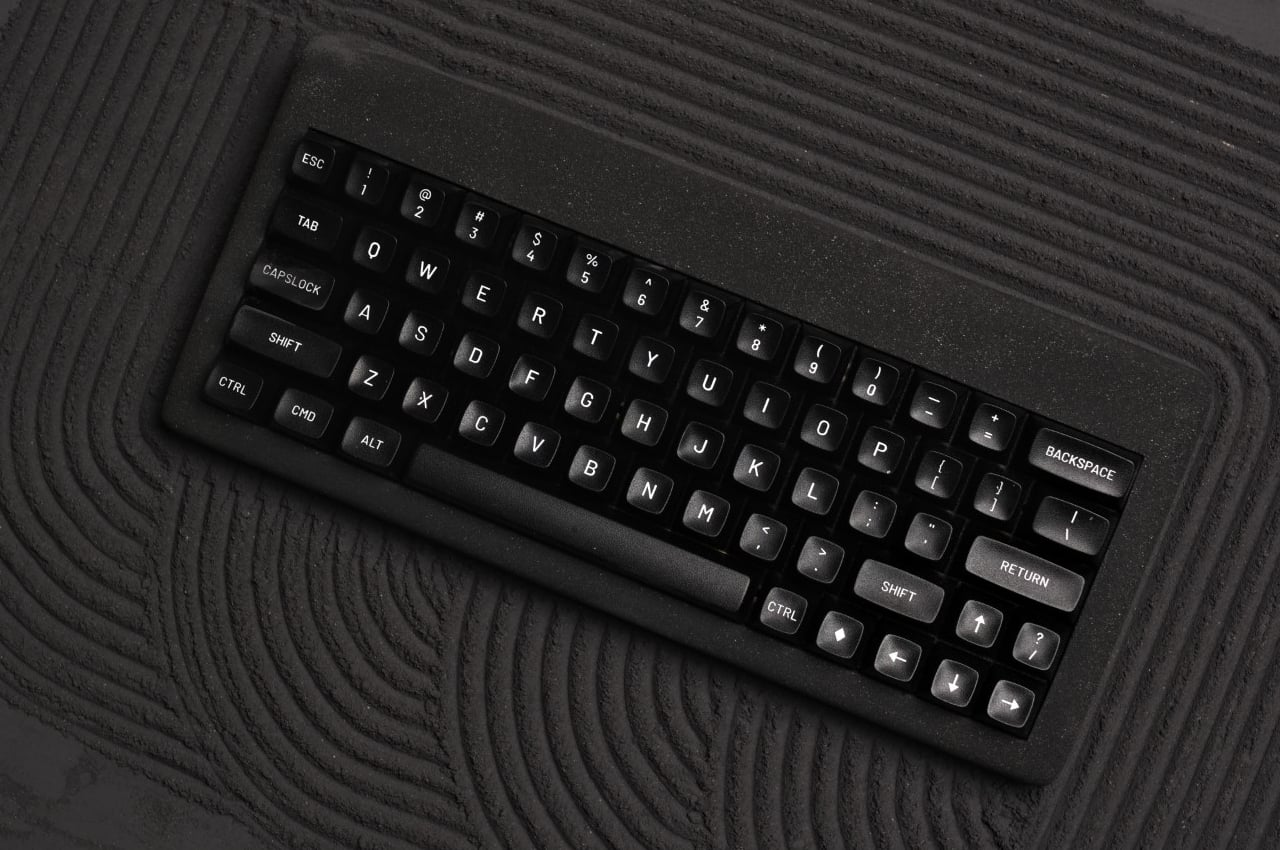
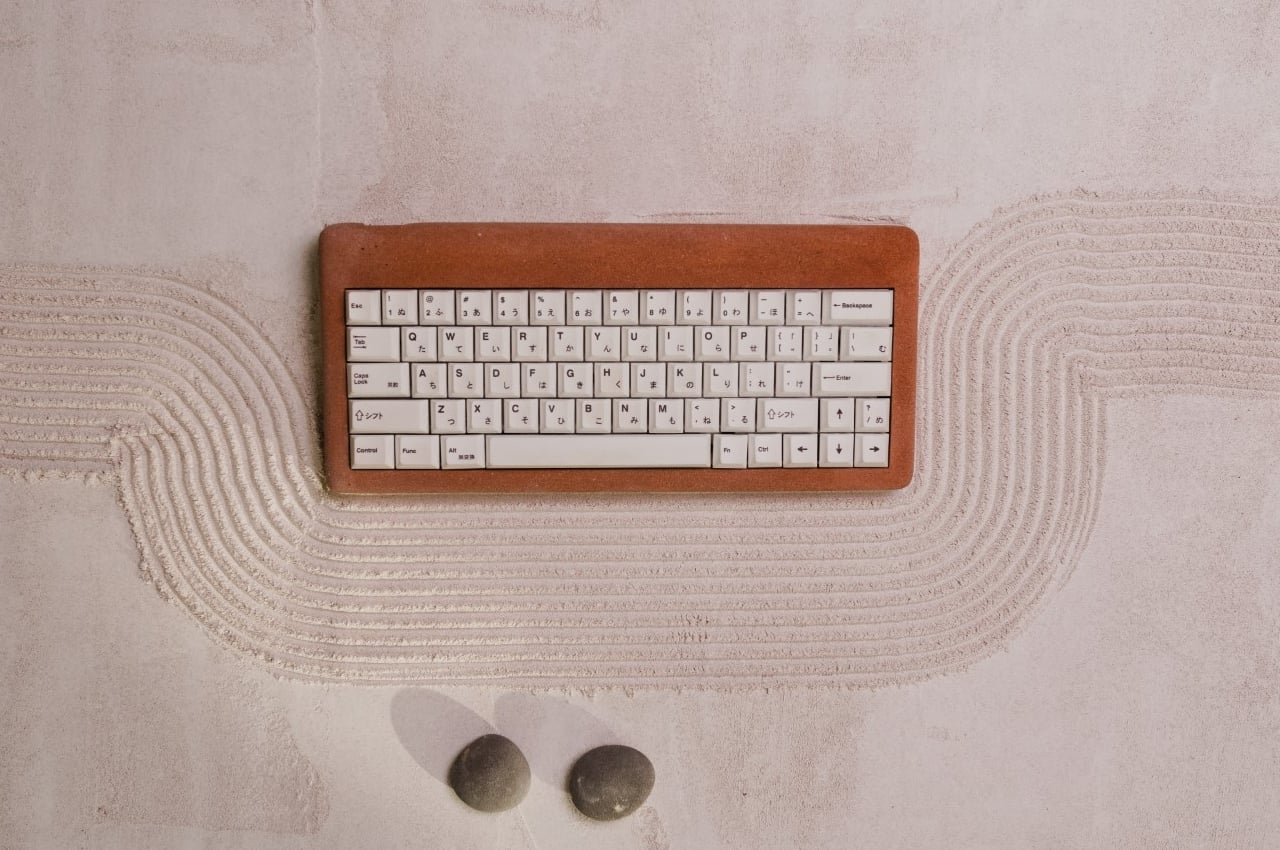
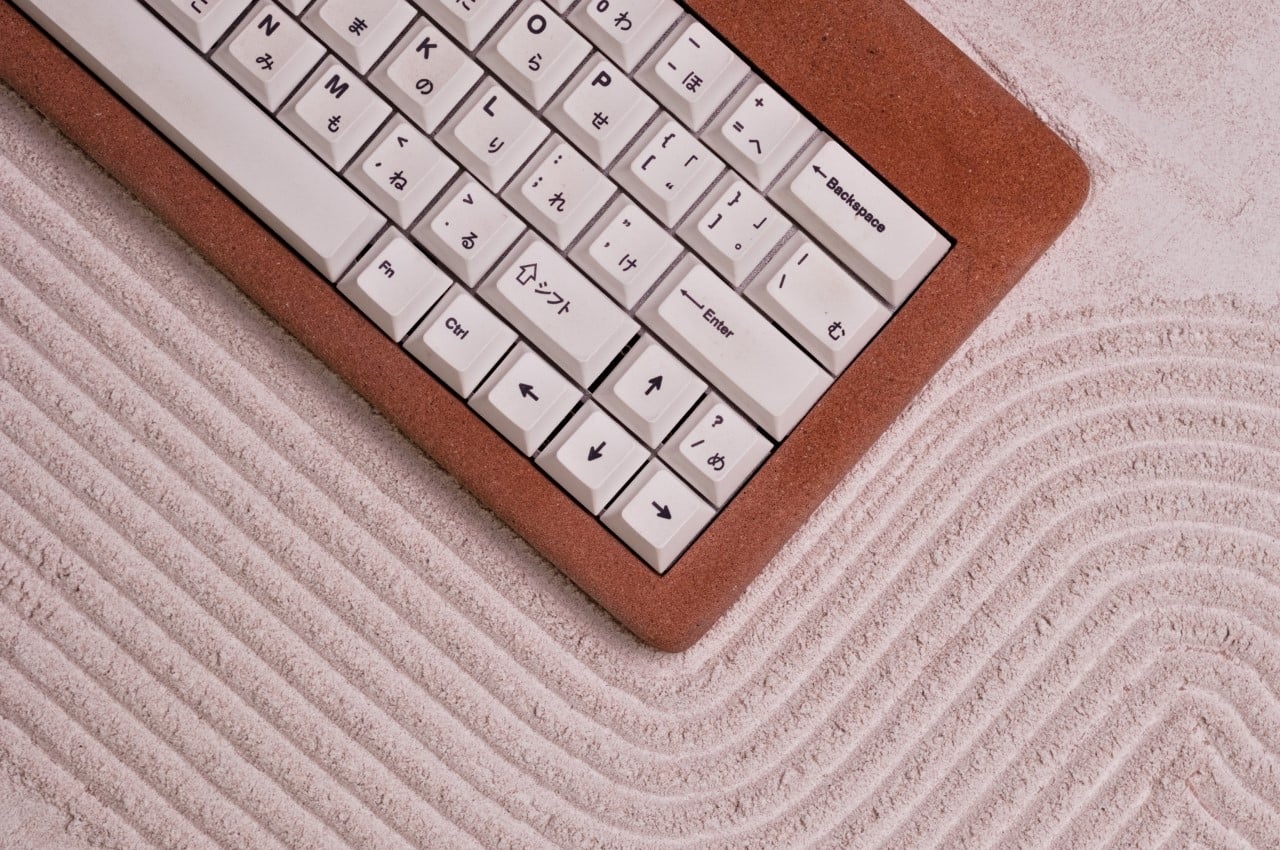
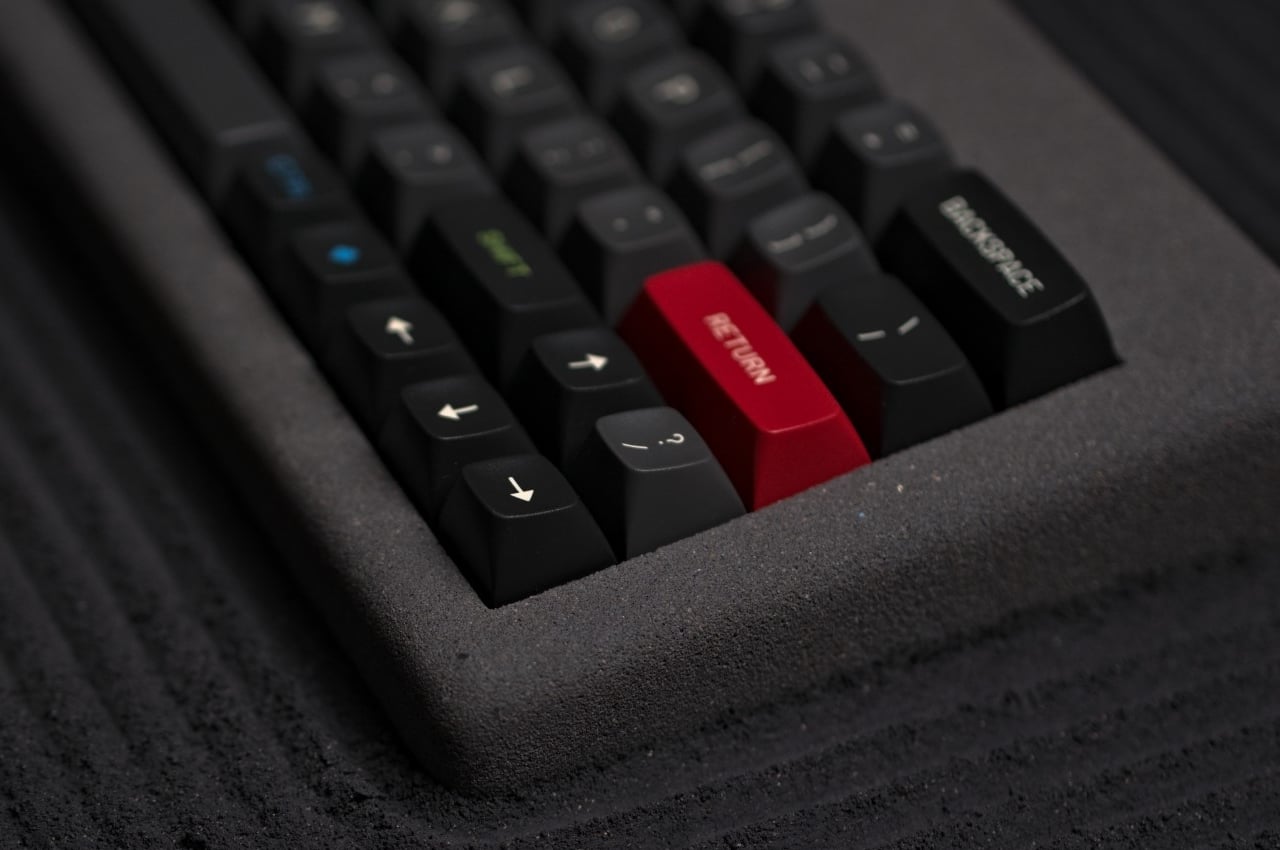
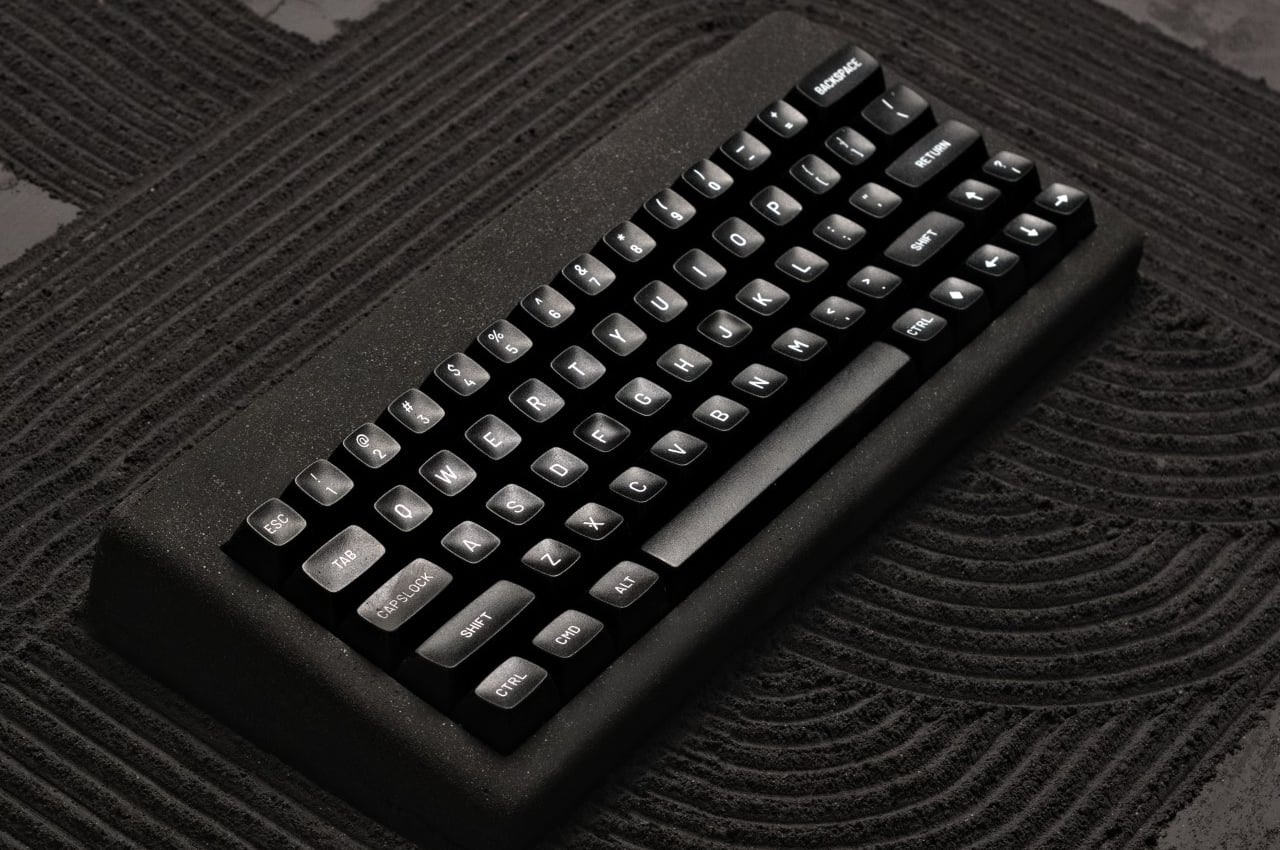
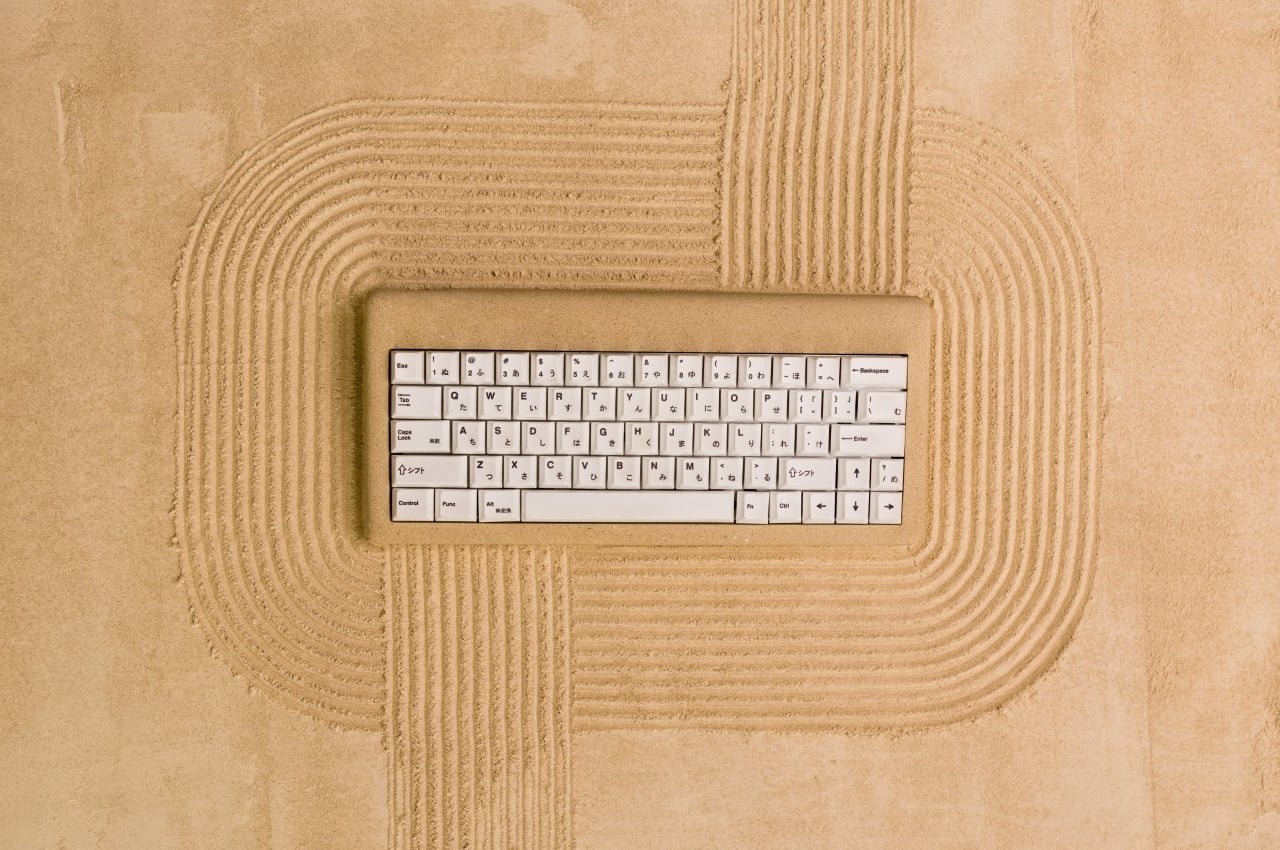
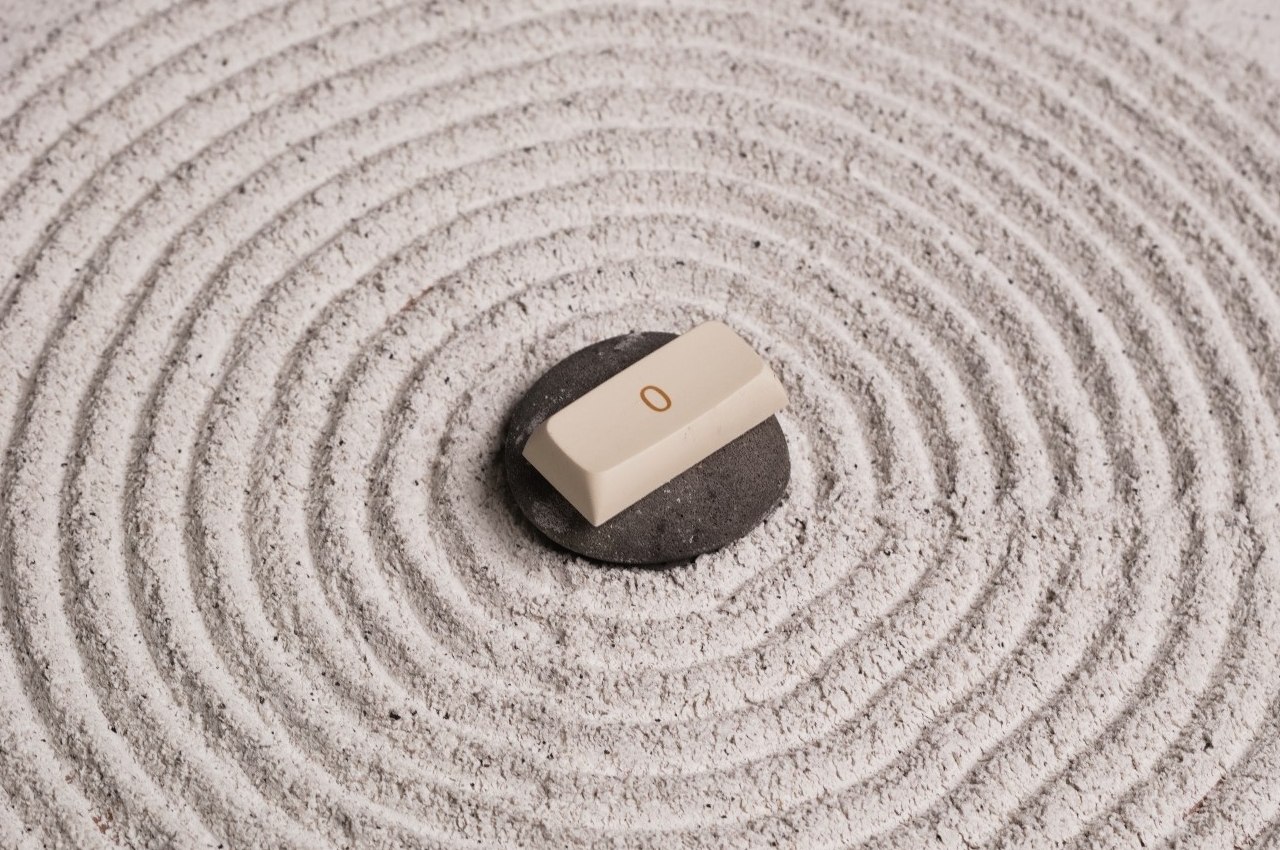
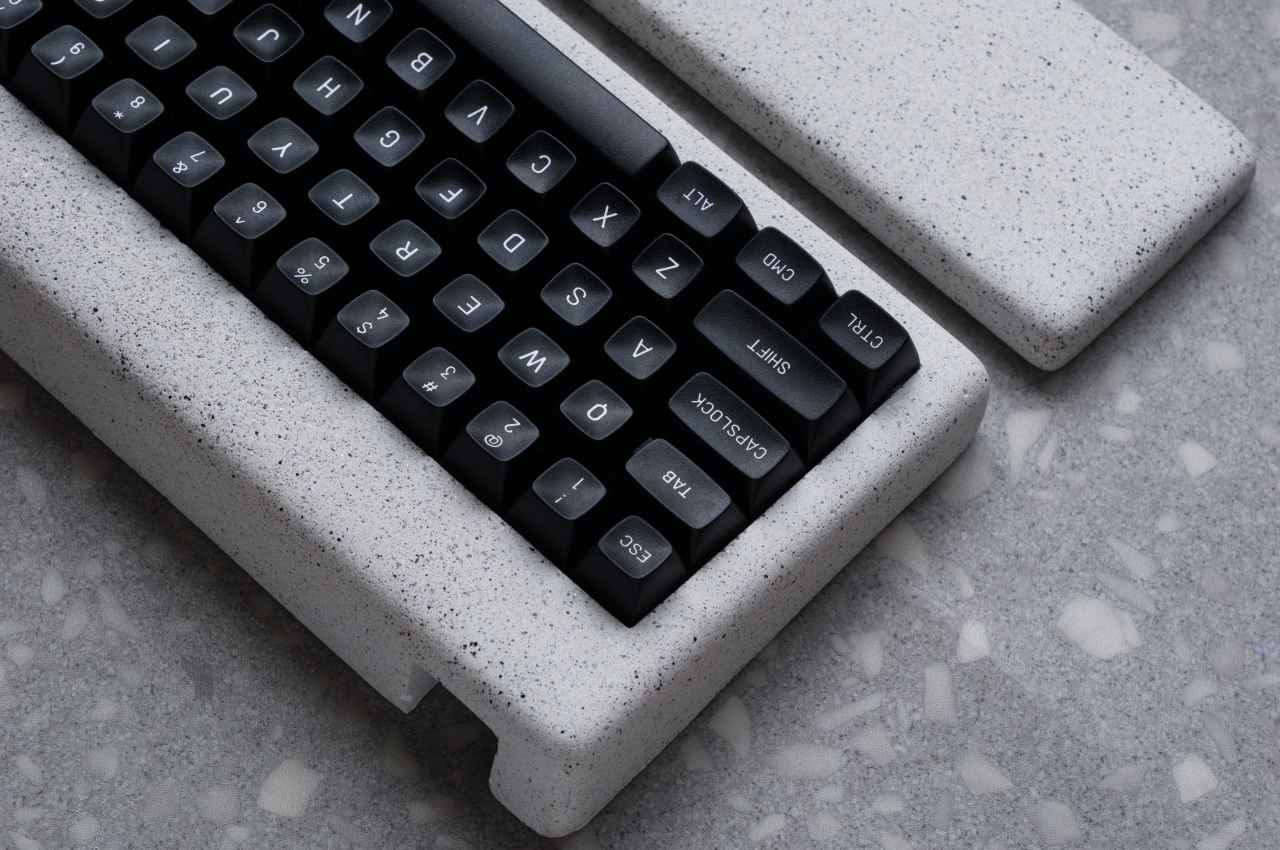
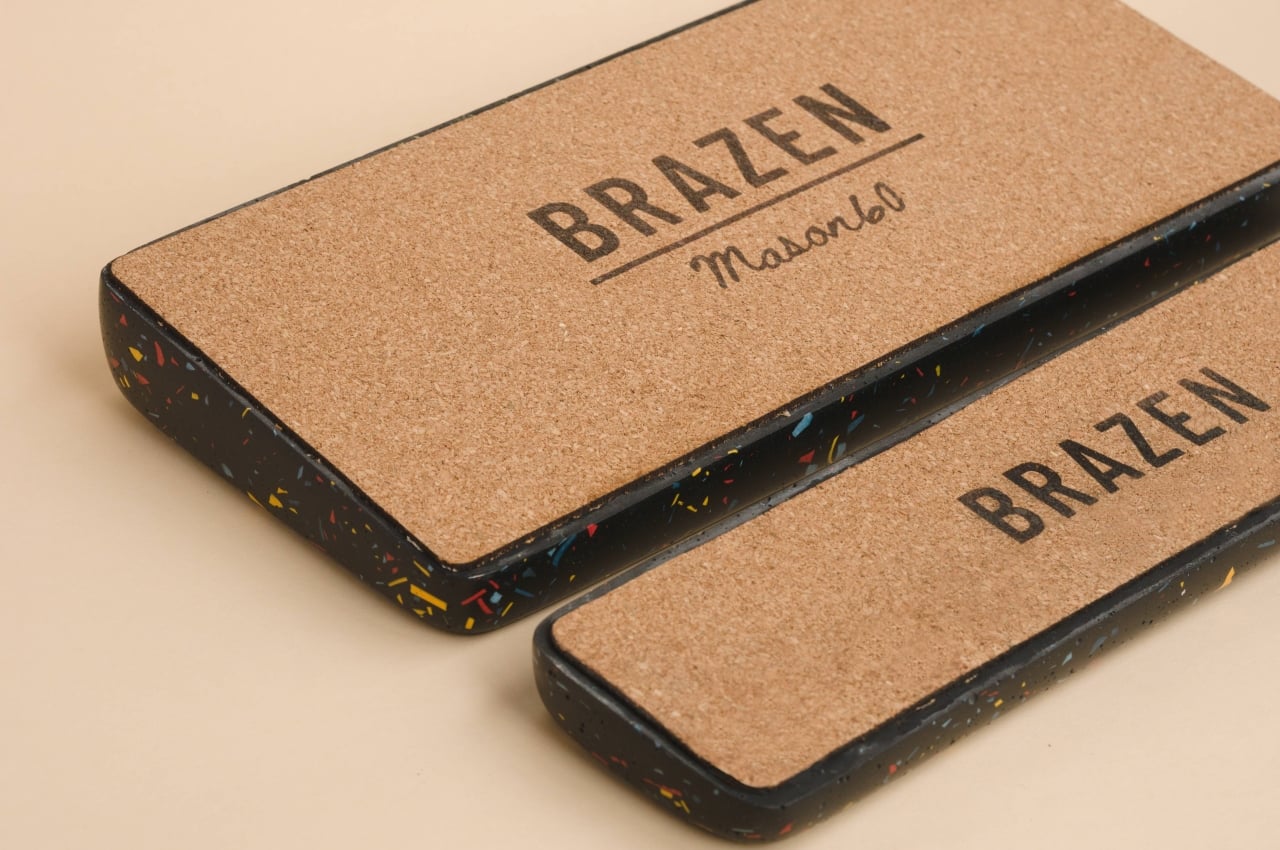
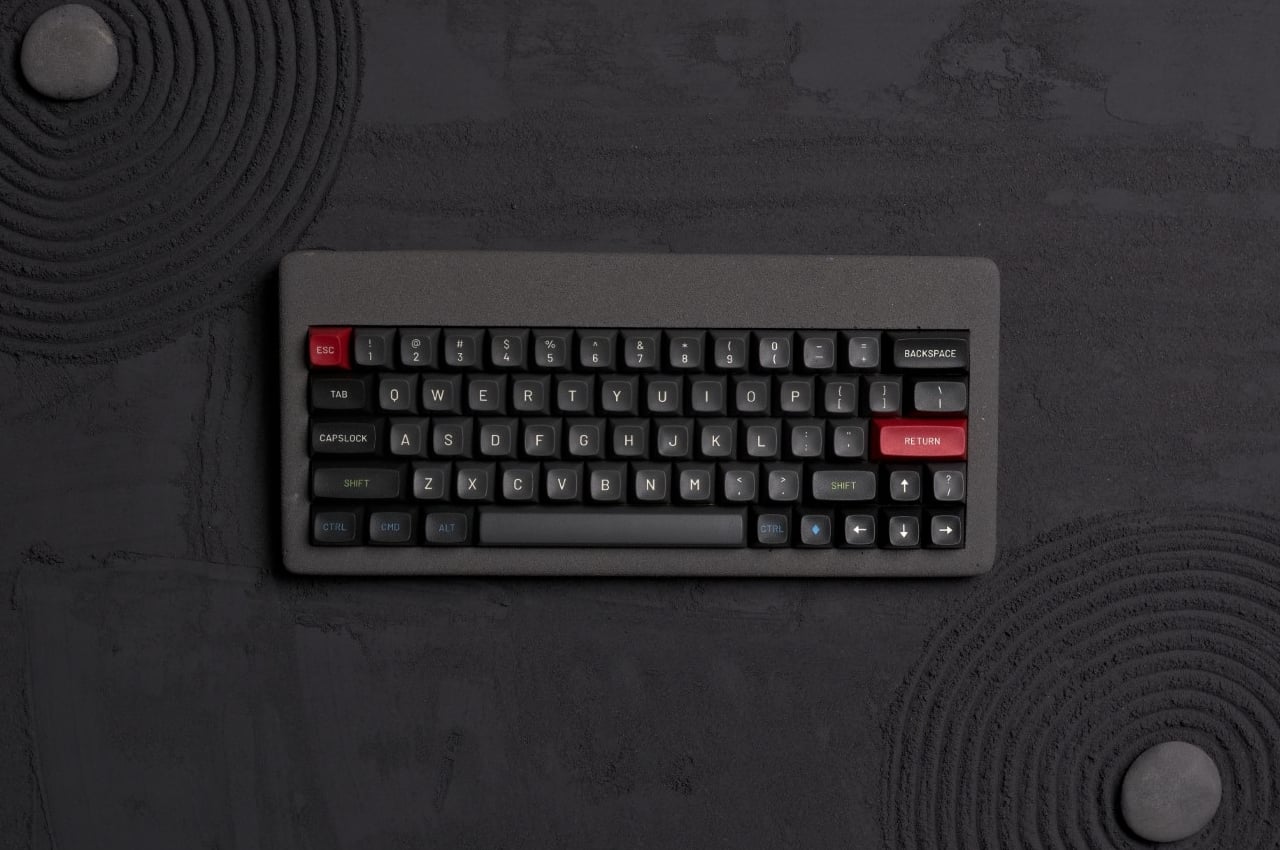
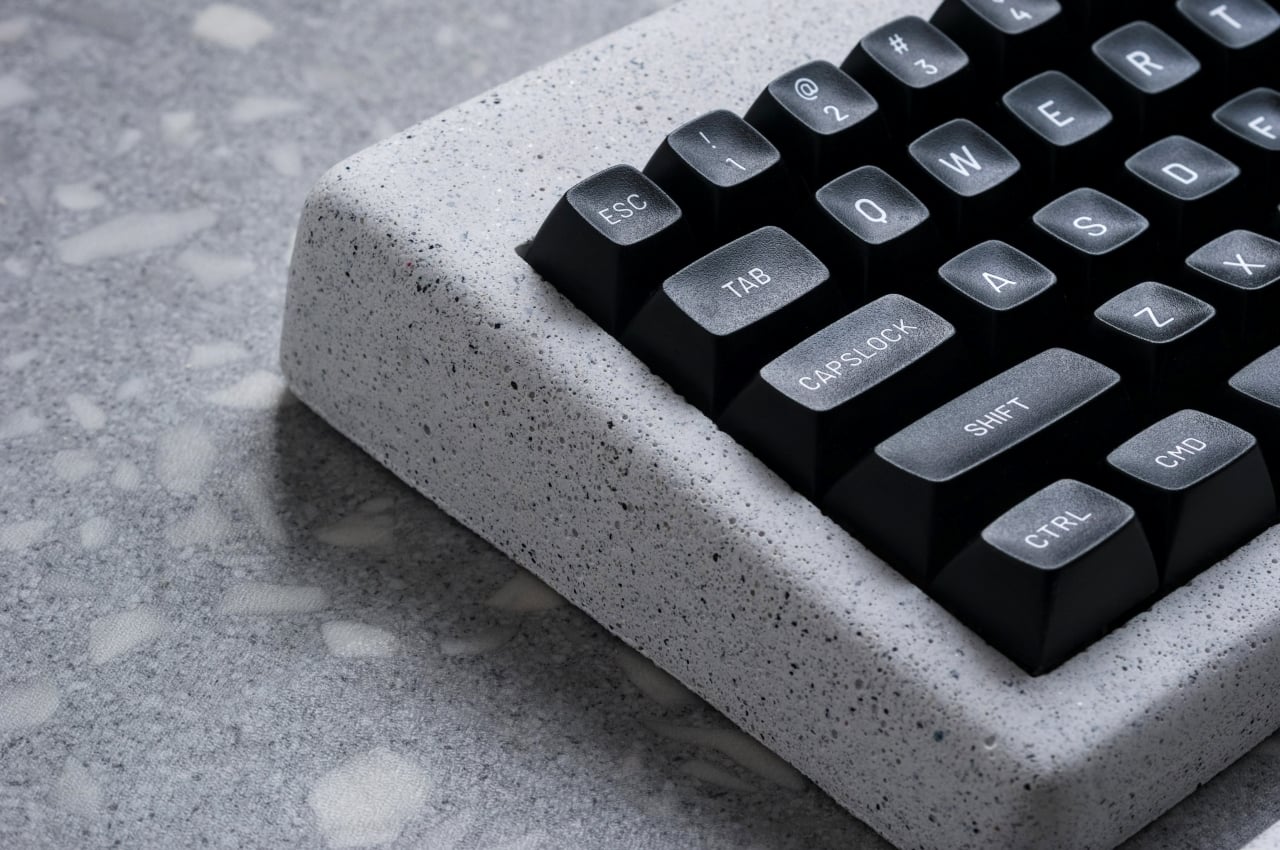
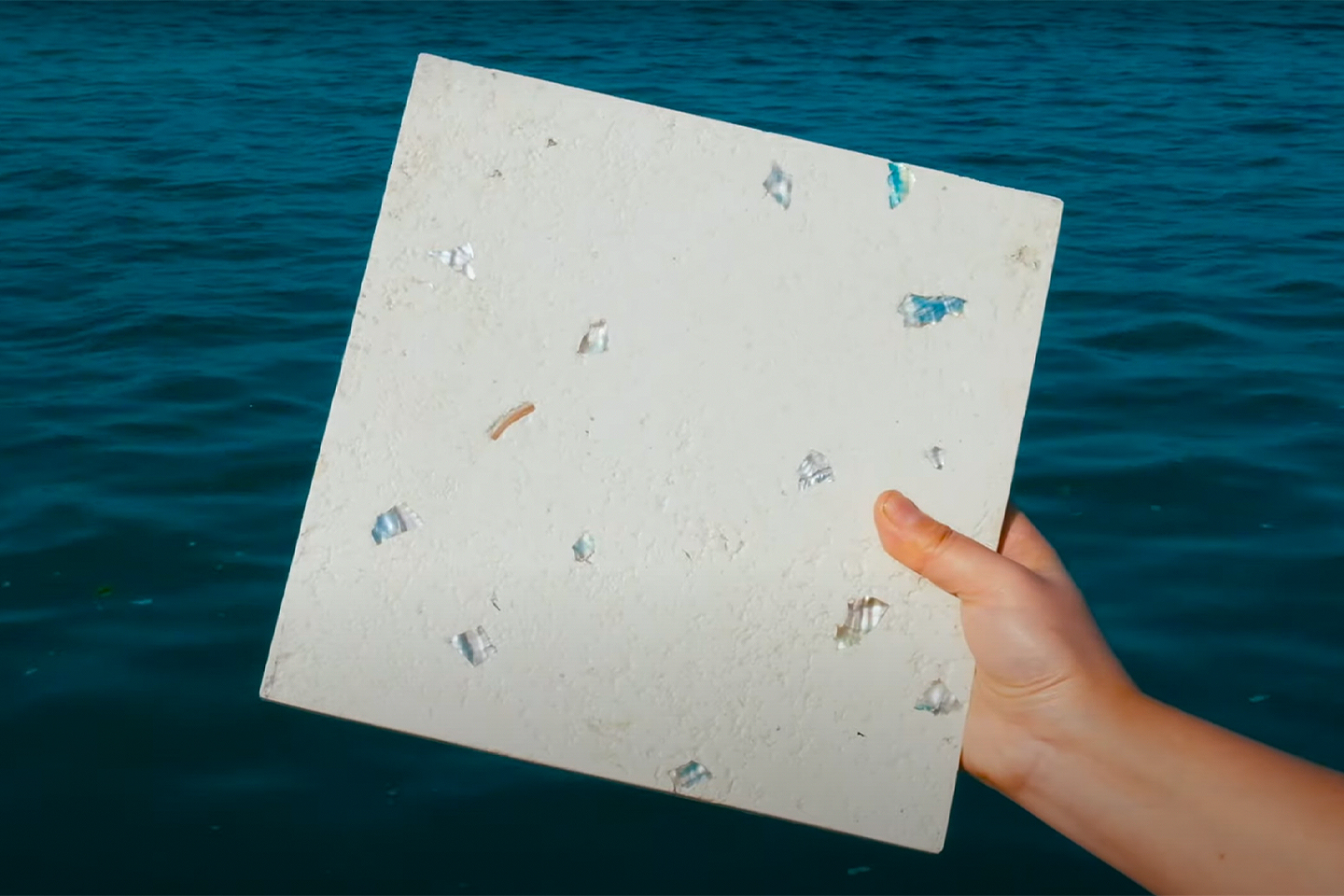
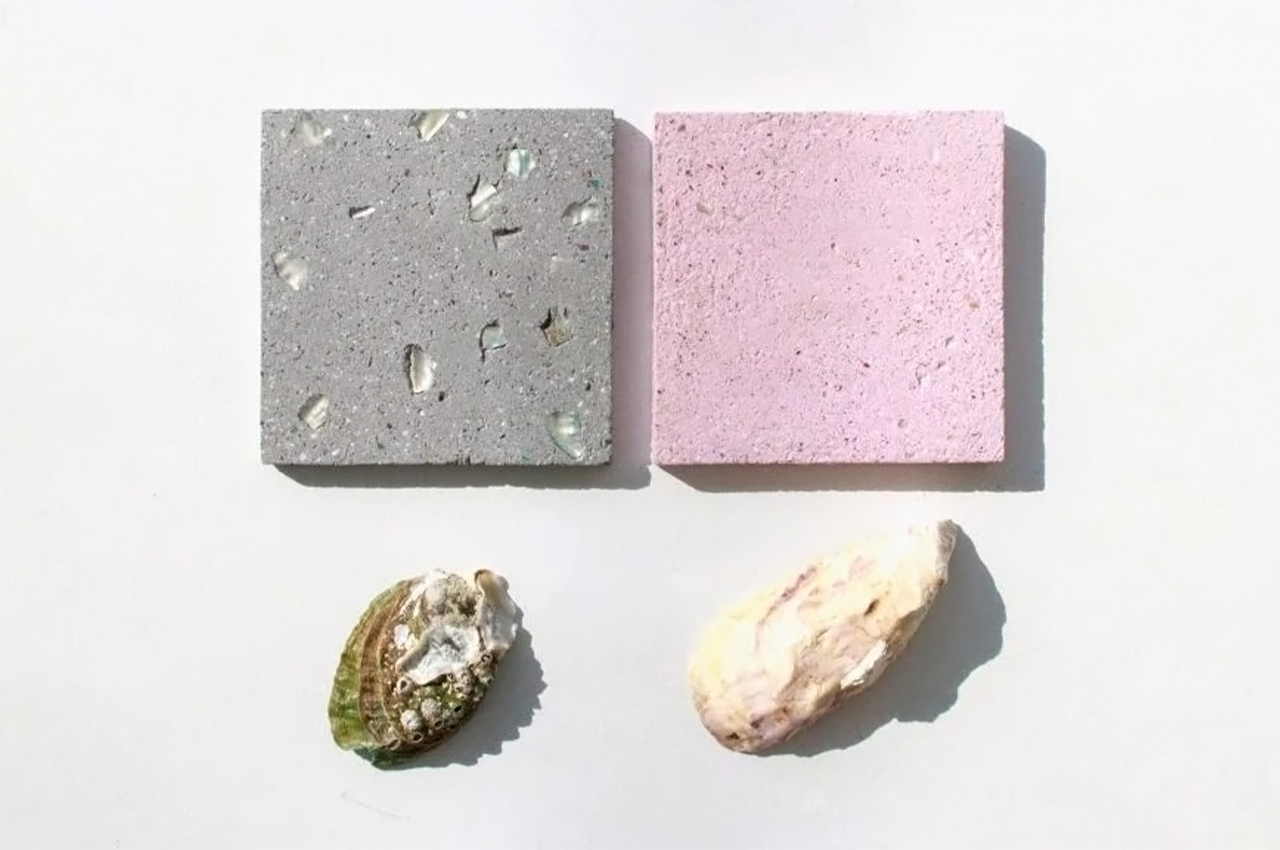
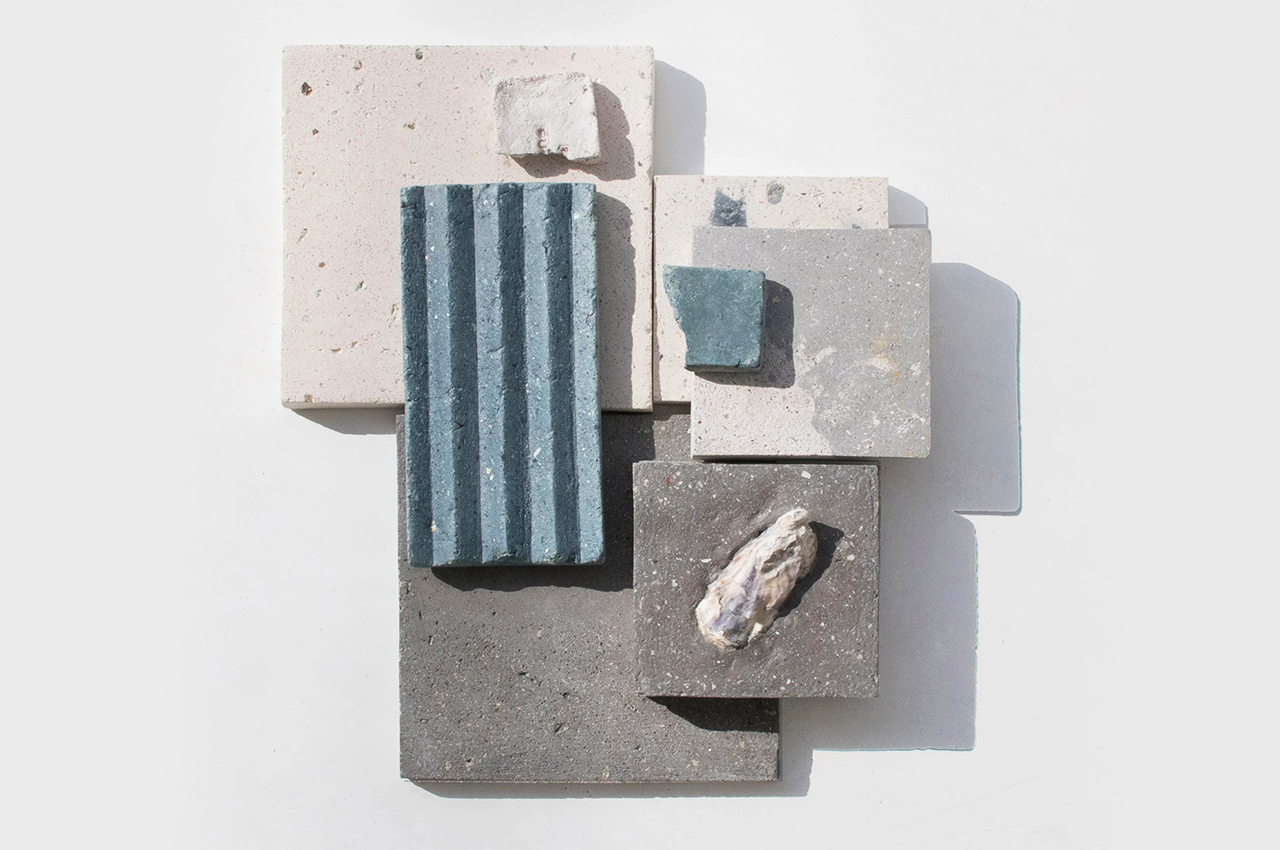
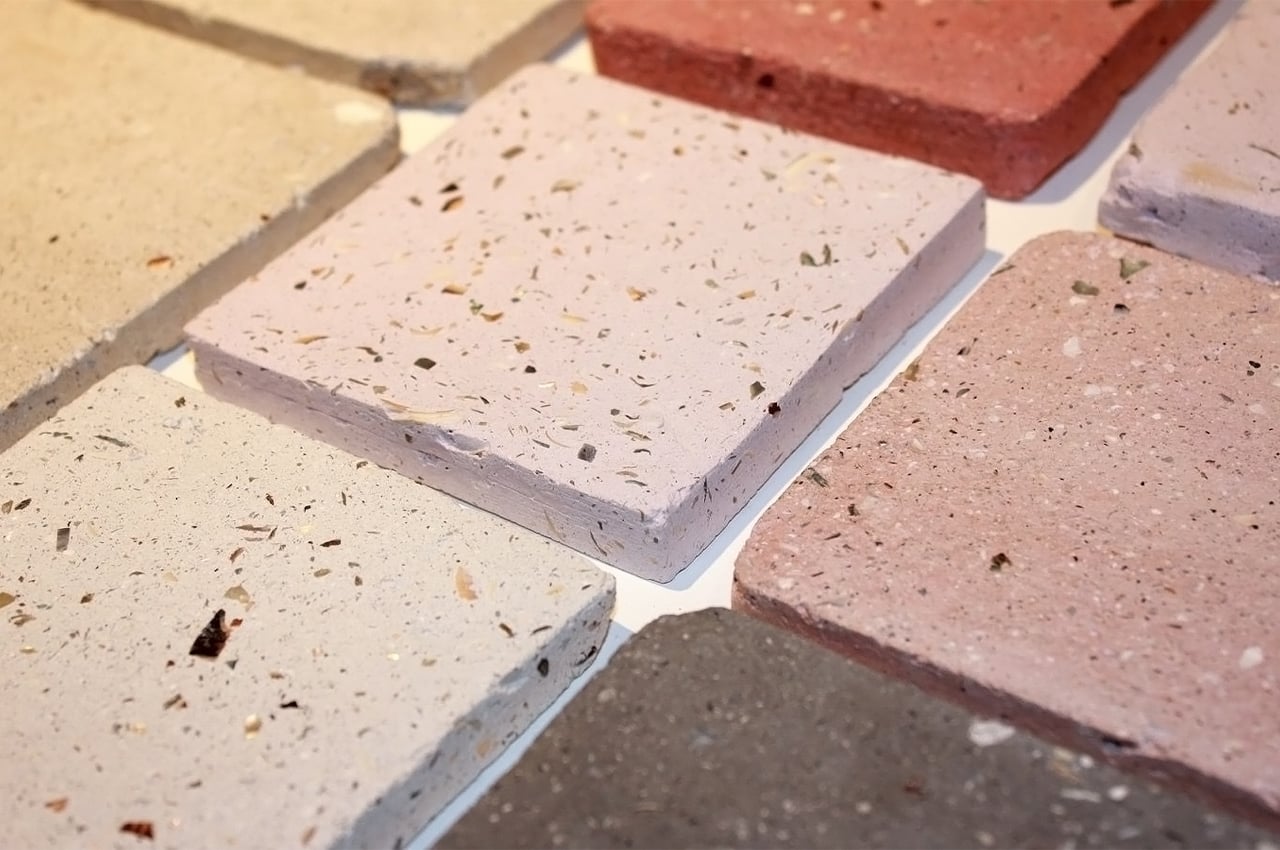
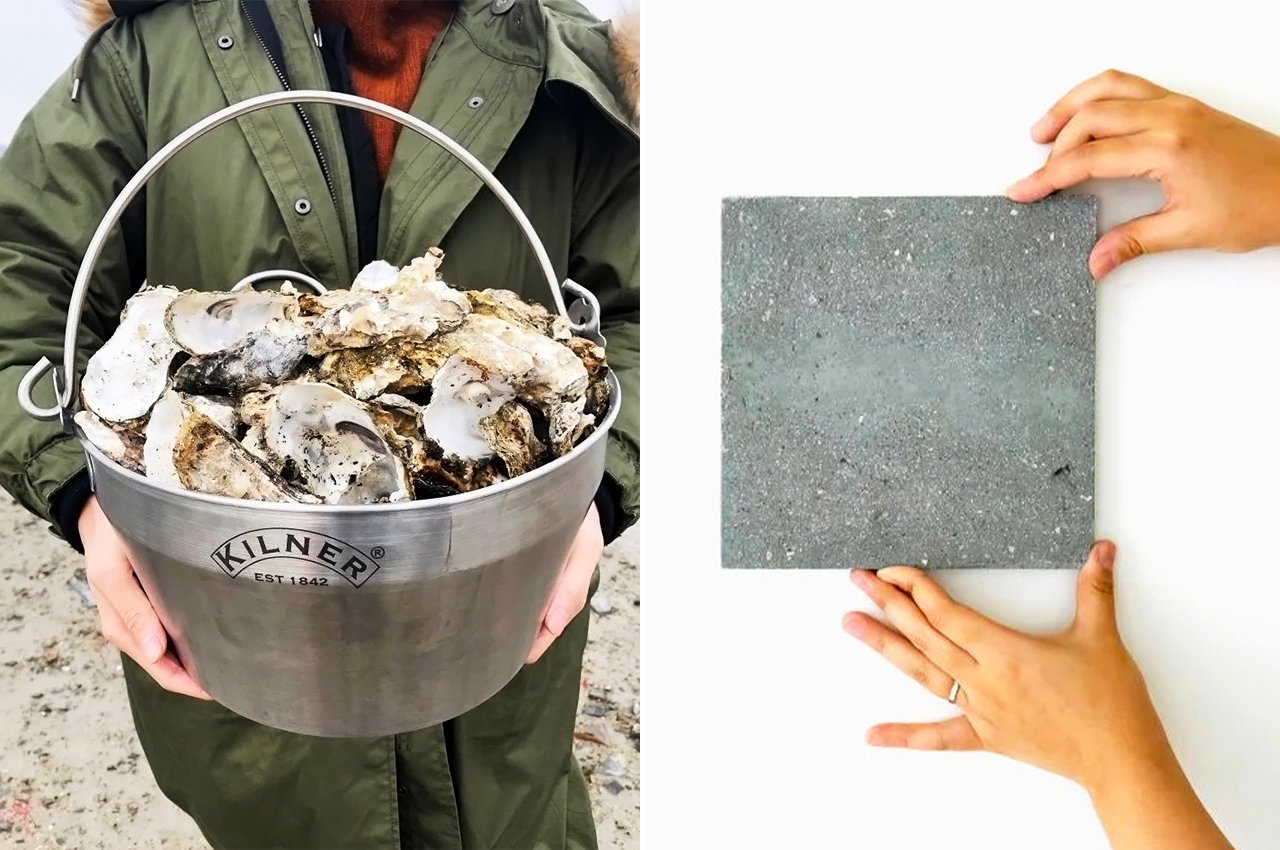
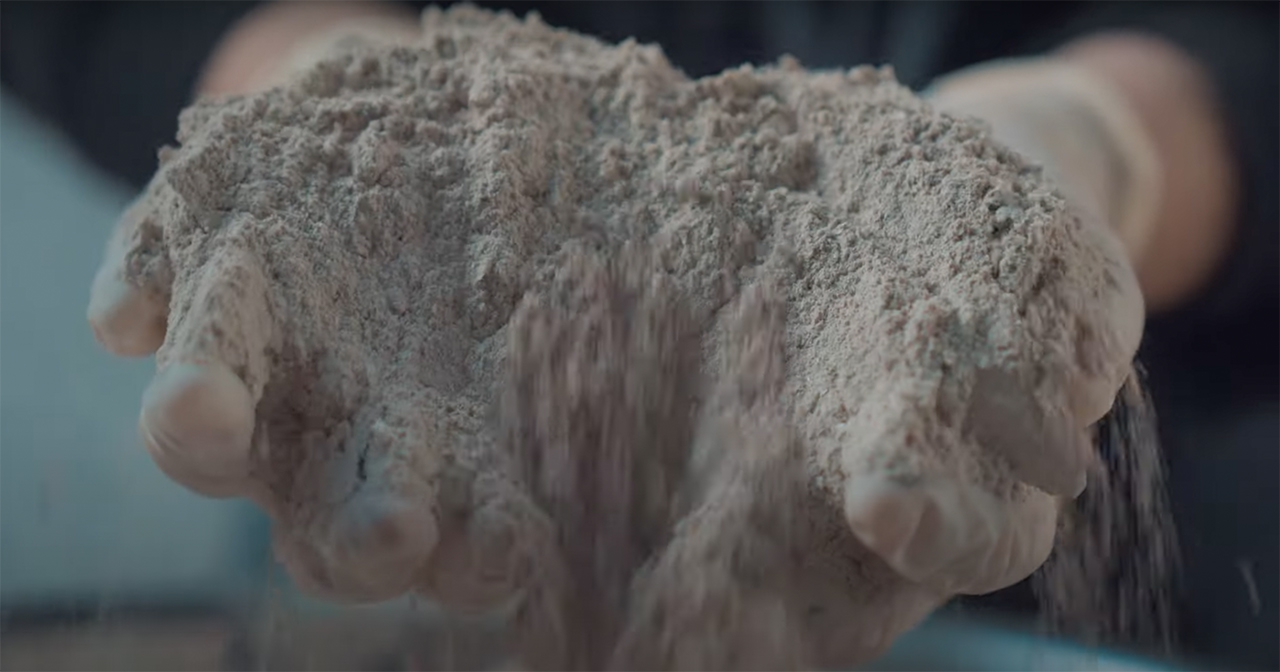
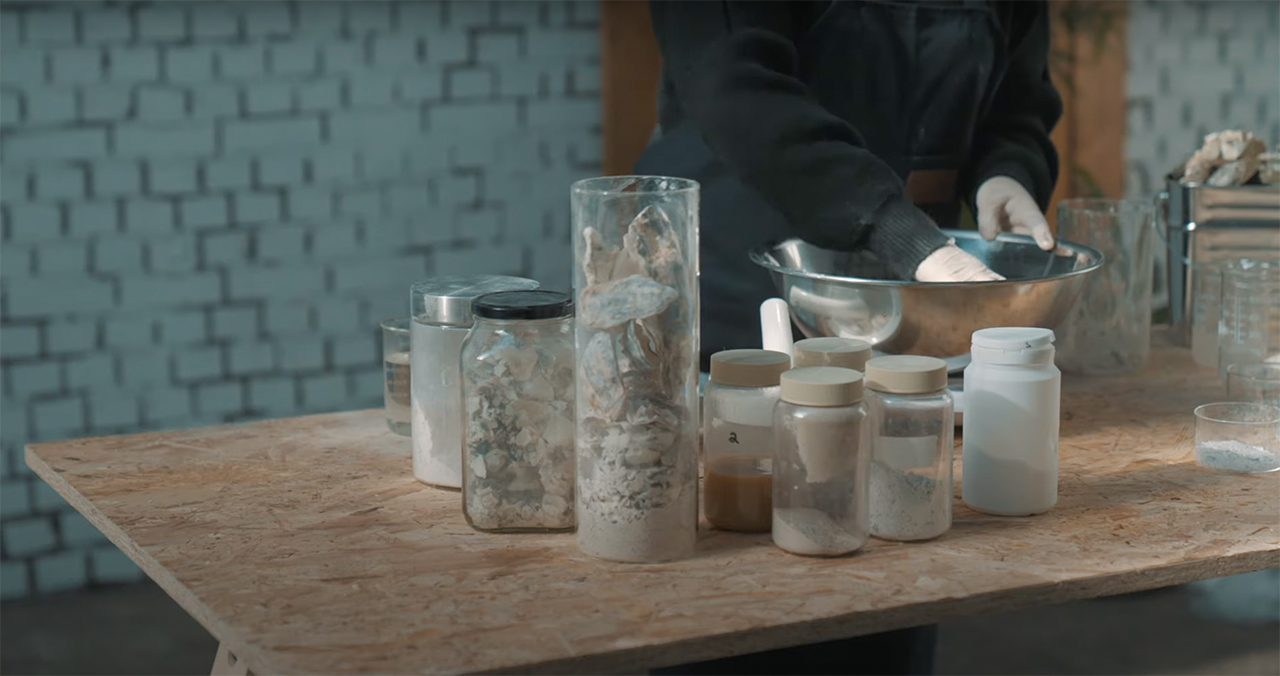
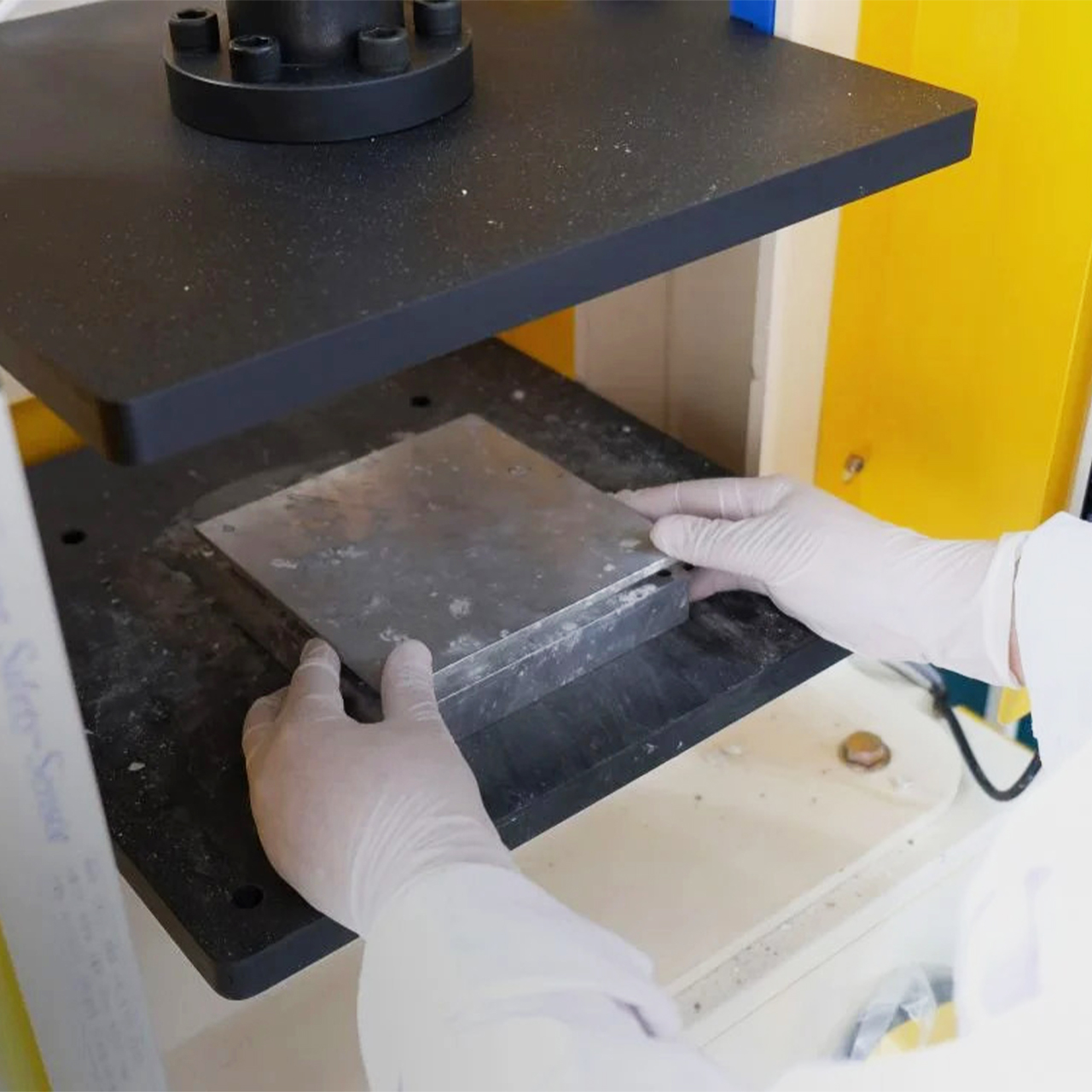
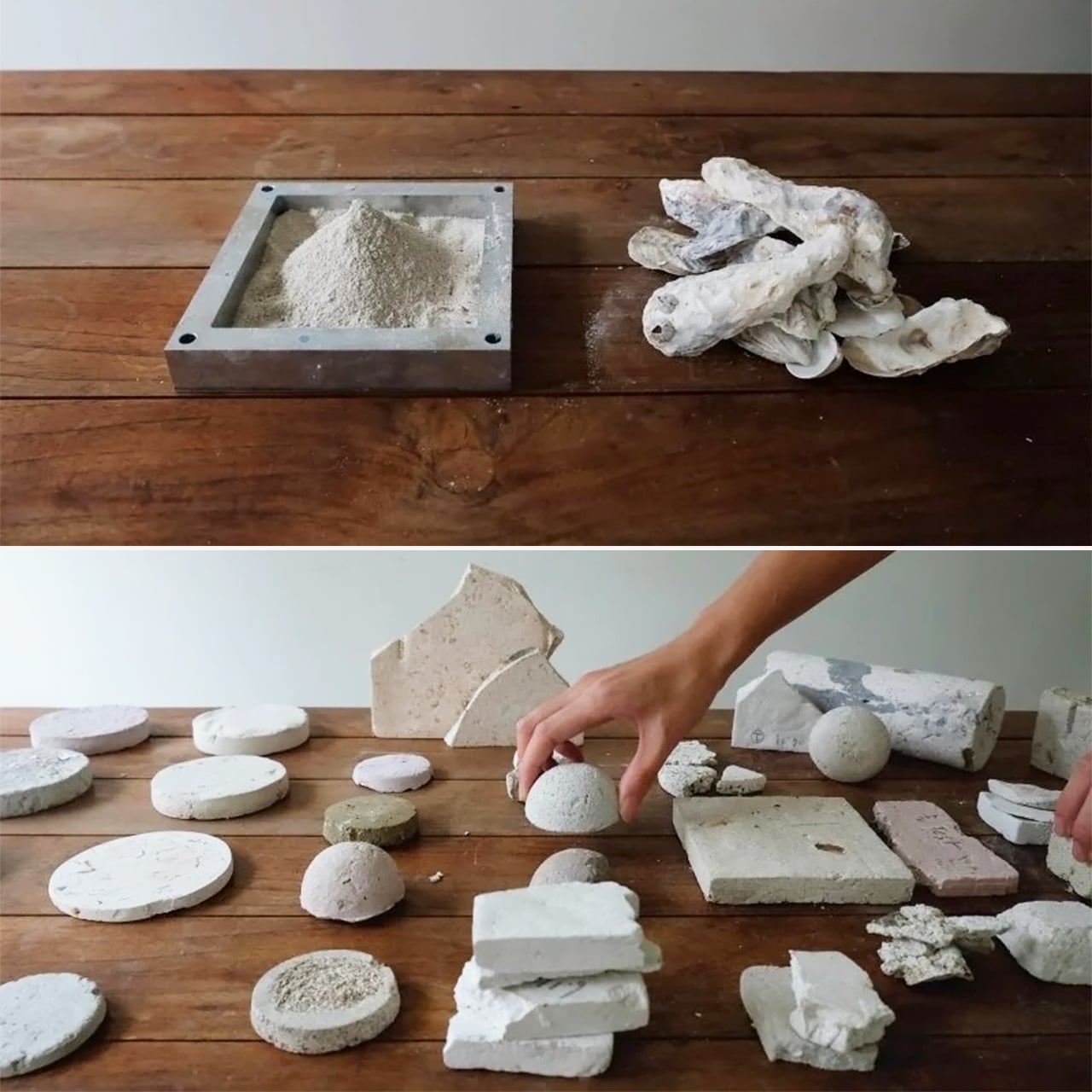
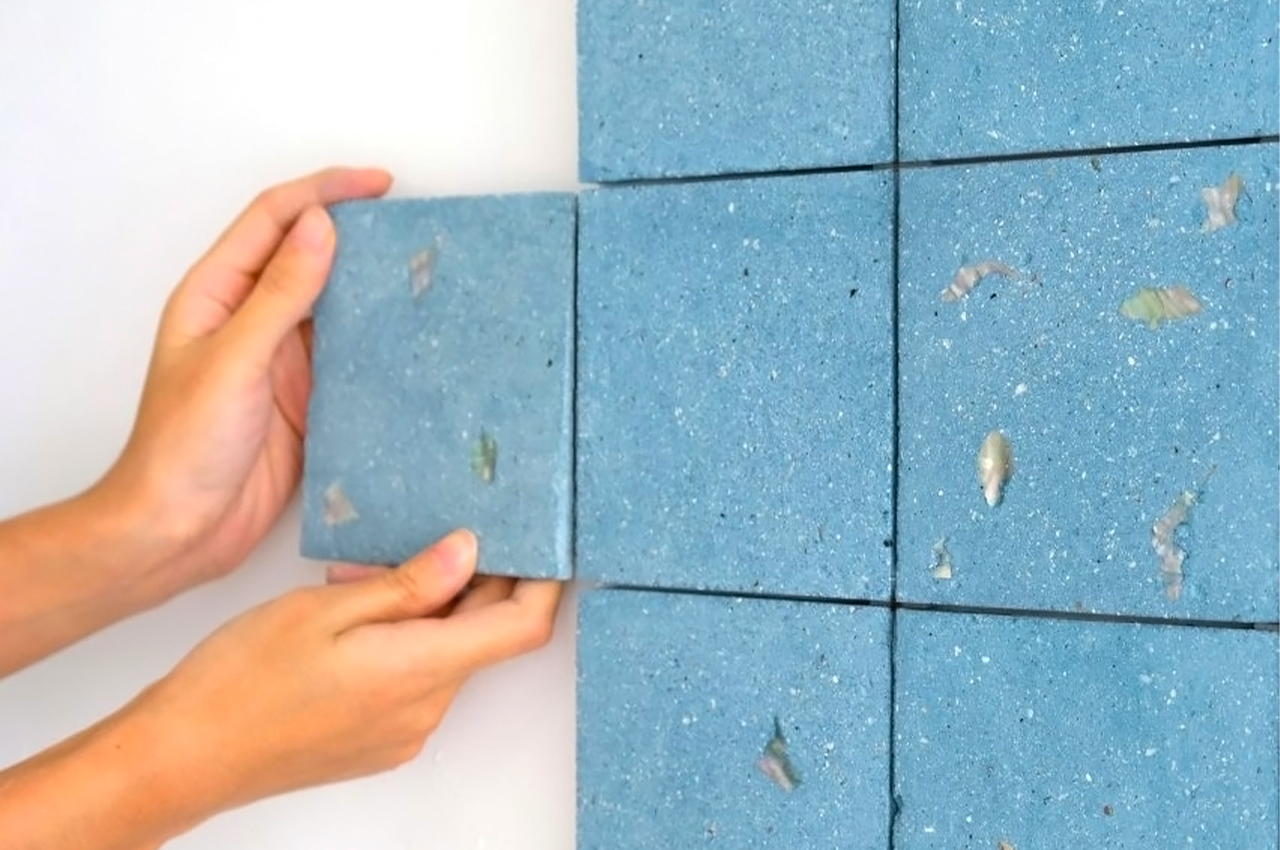
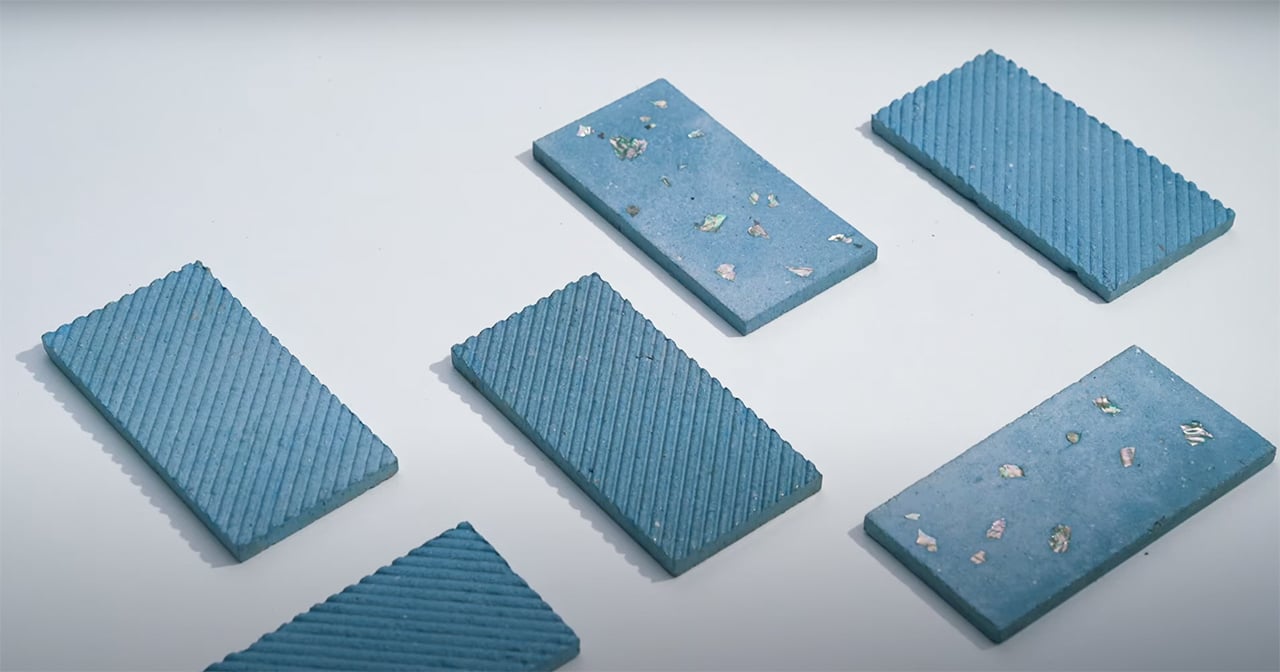
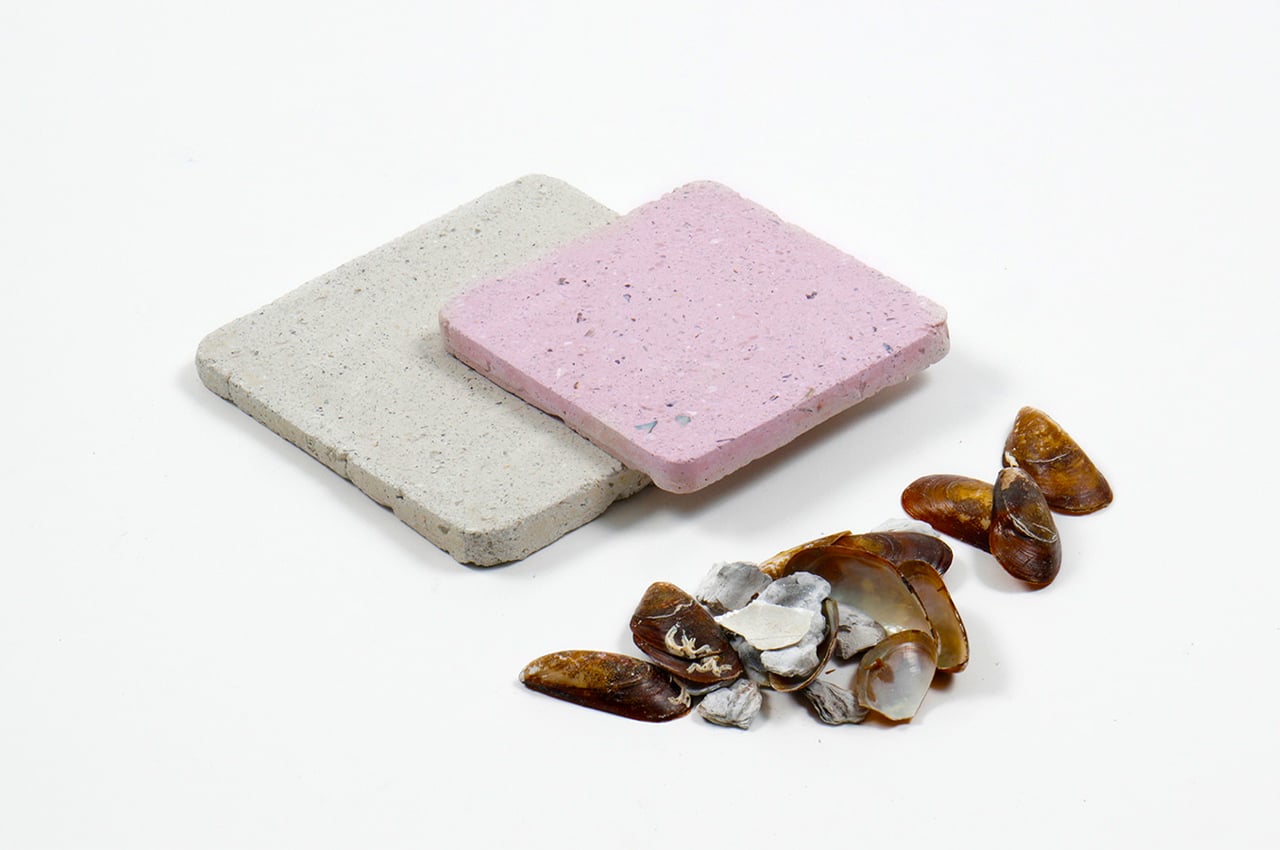
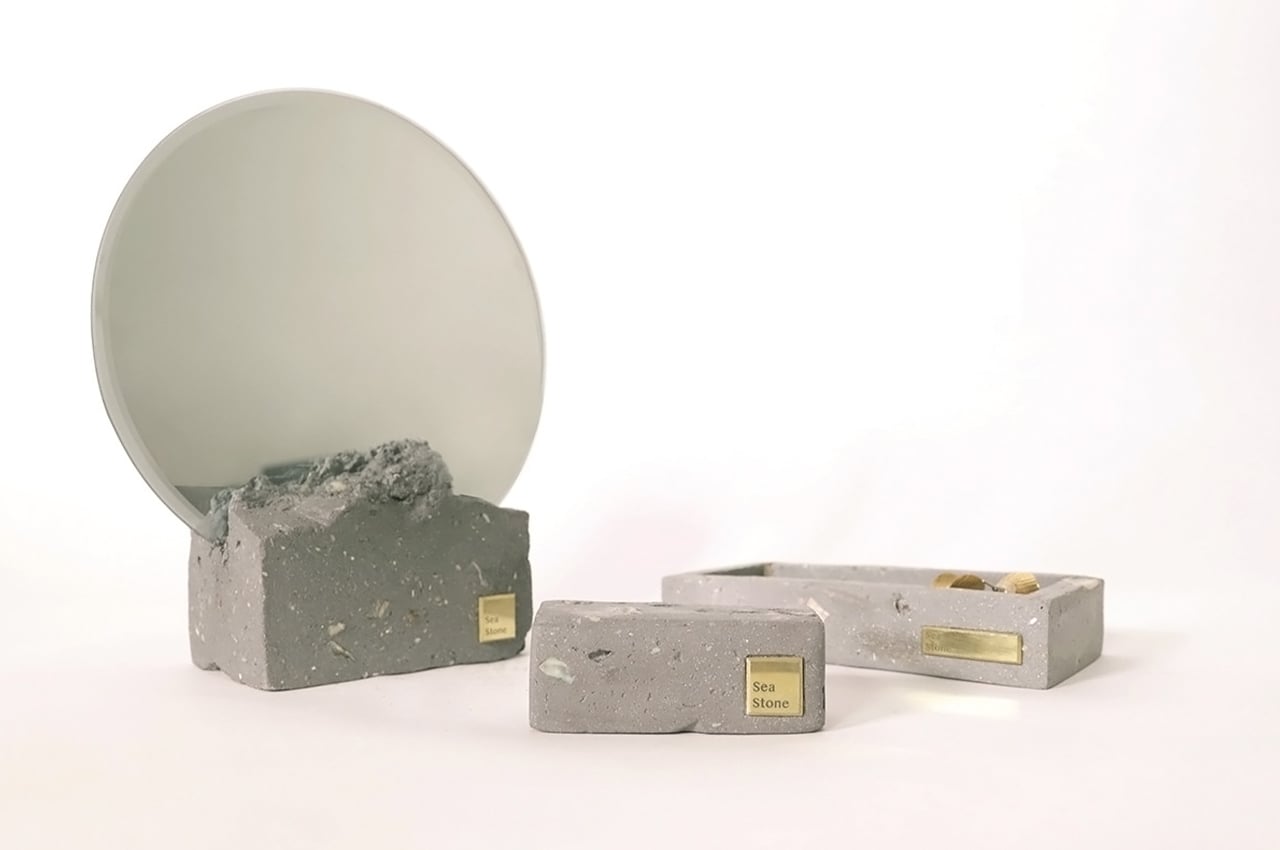
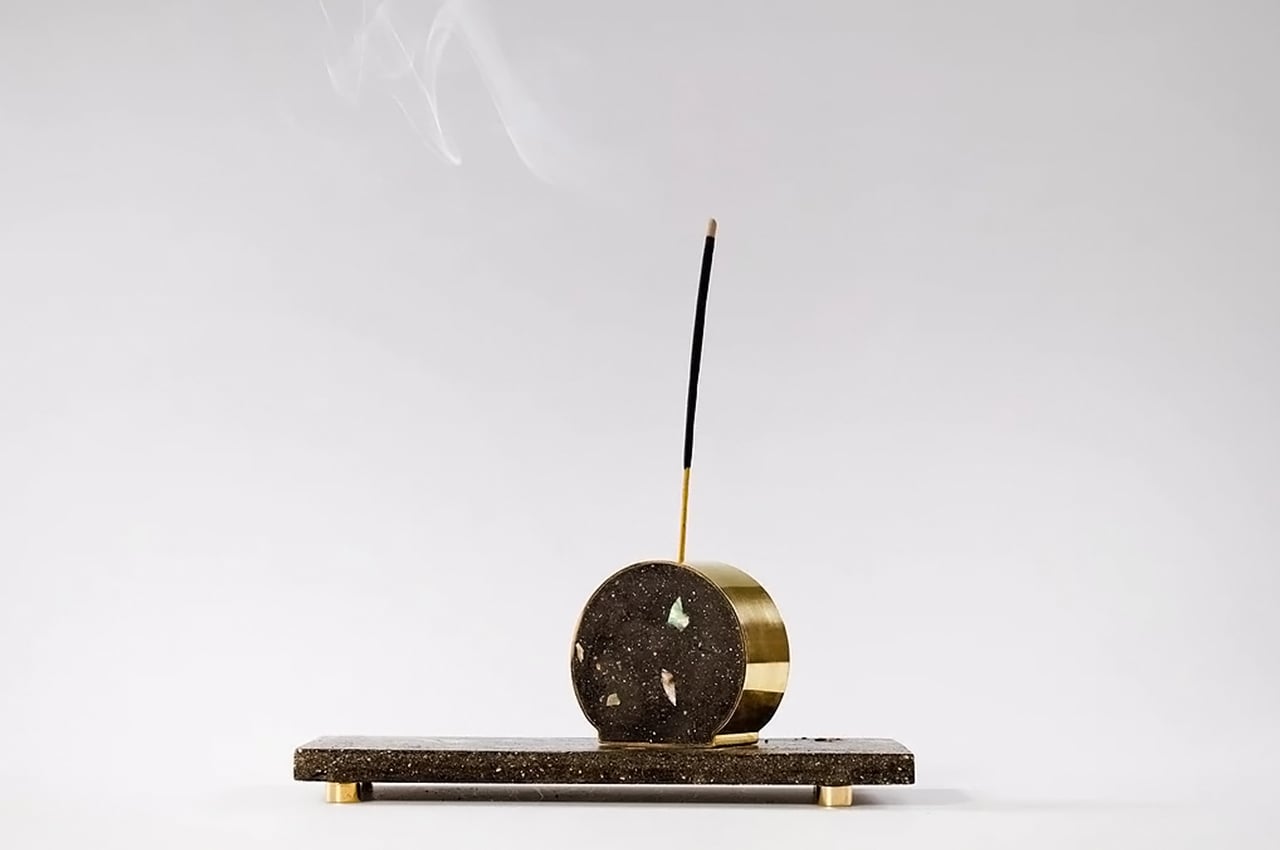
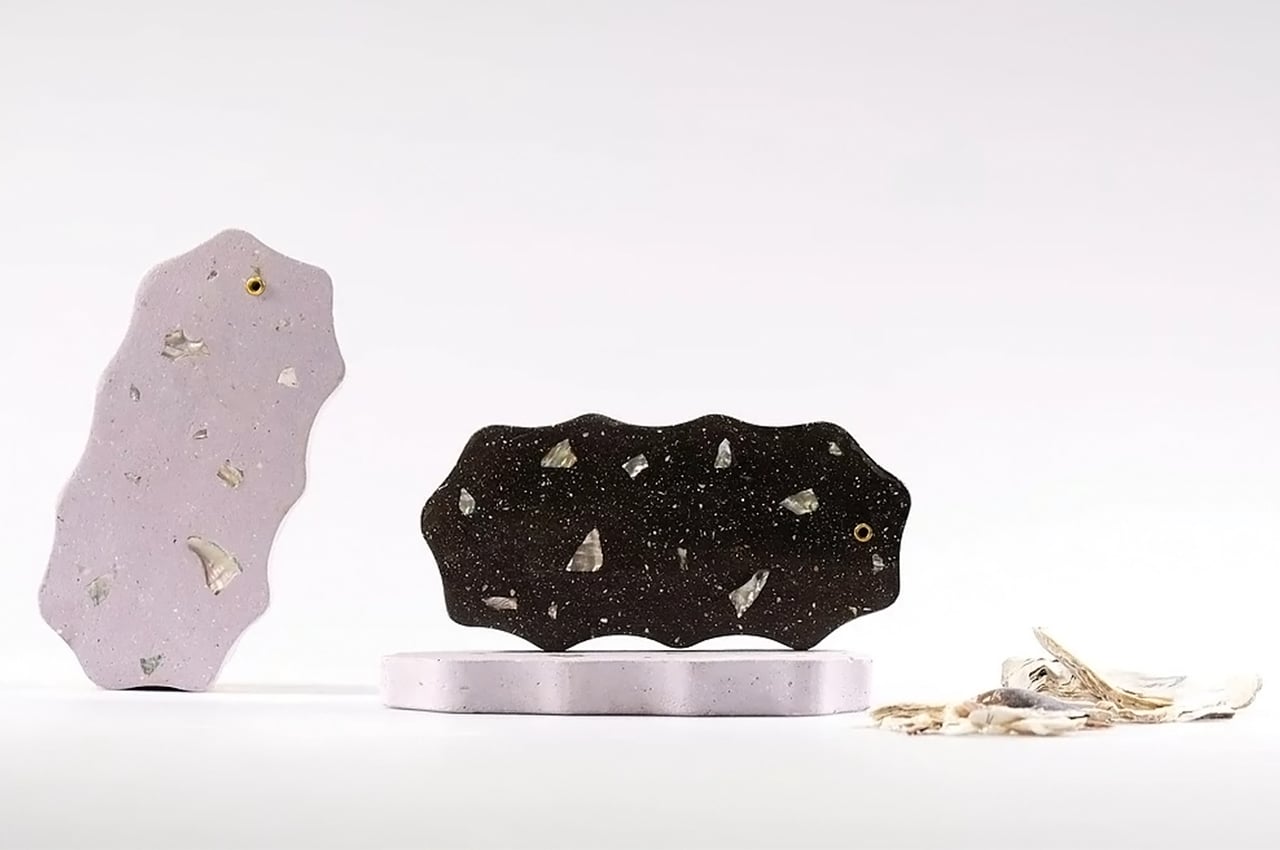
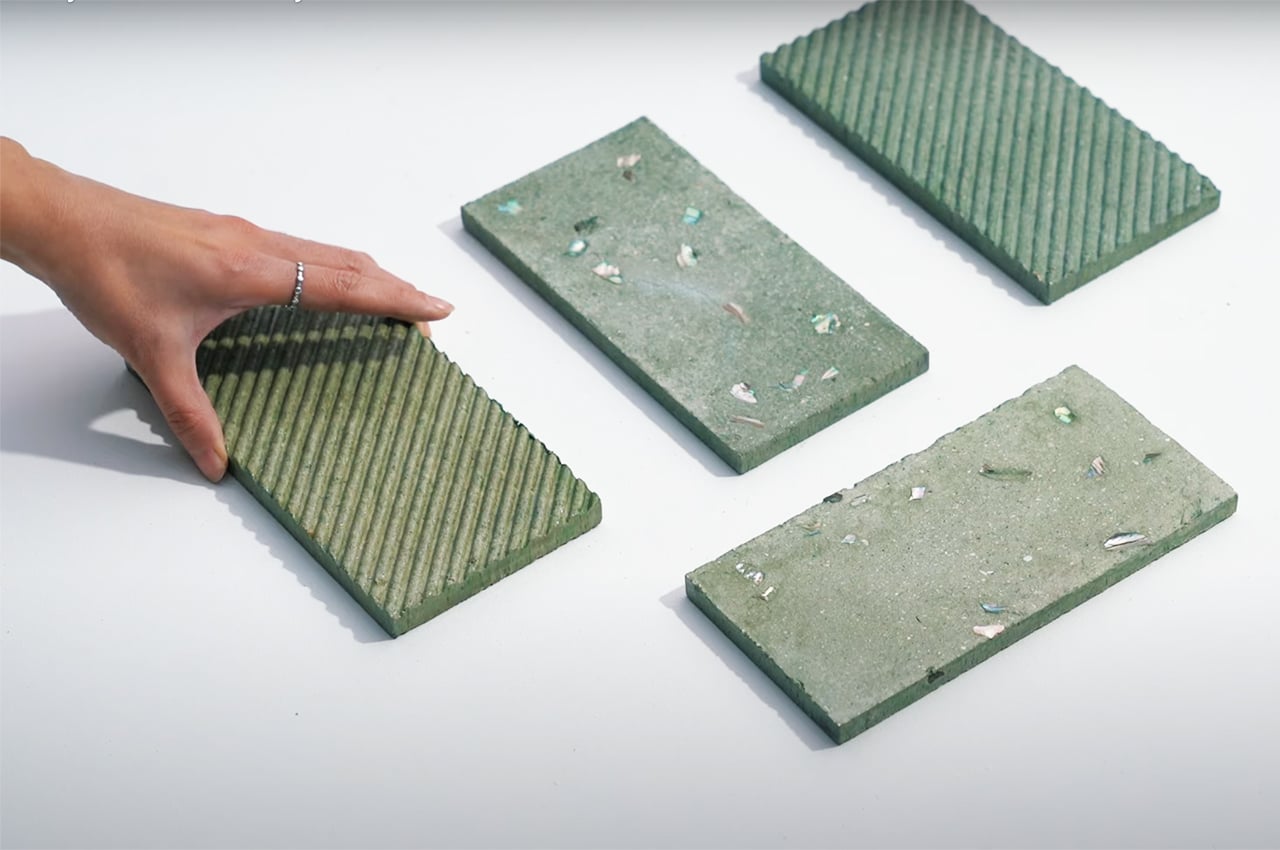





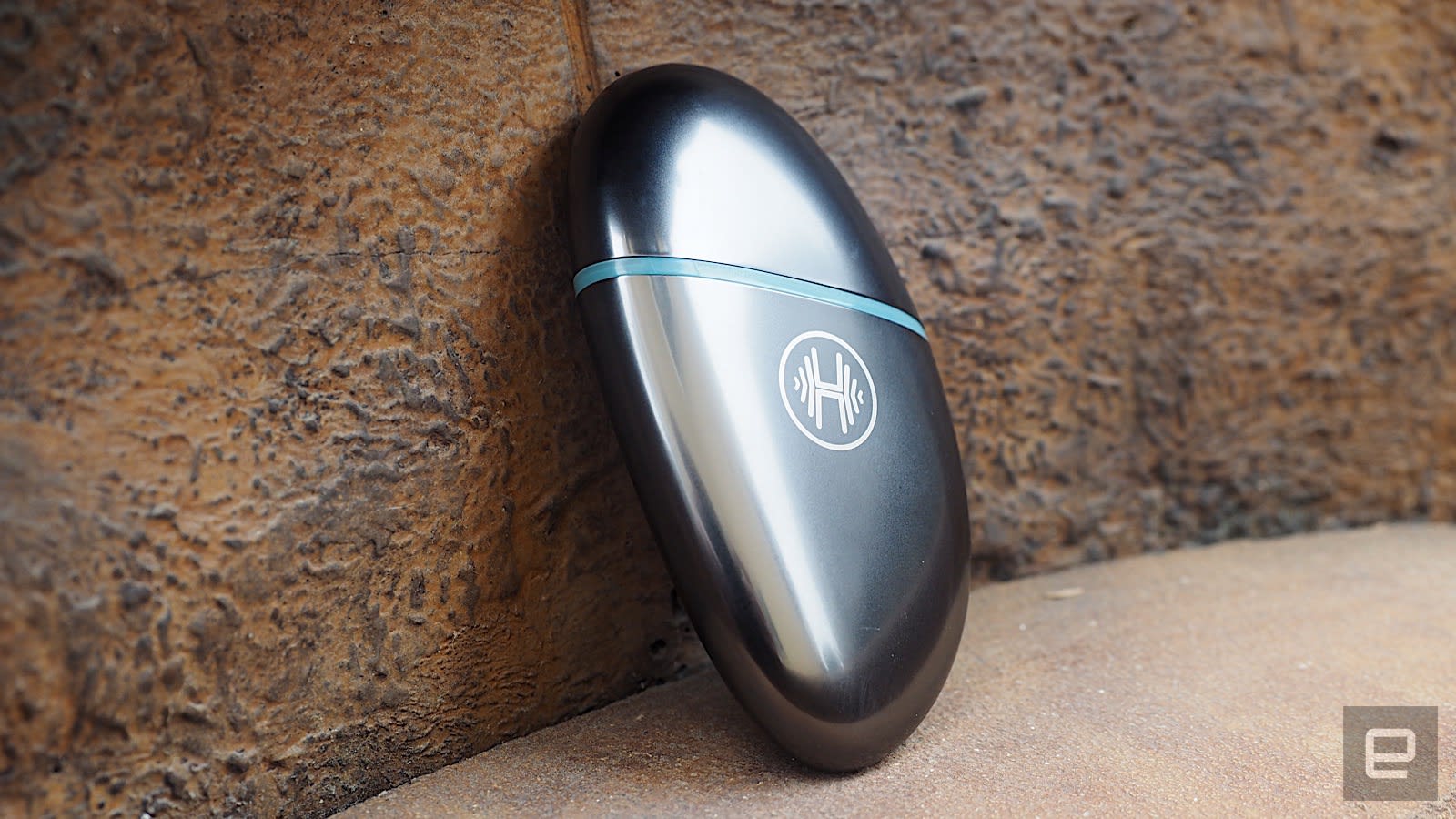 It's not hard for us to guess what the oil vape in your pocket looks like. If it's a 510, chances are it looks pretty much like every other 510 in existence. Even the new generation of vapes with specialized pods all tend to look reasonably the same....
It's not hard for us to guess what the oil vape in your pocket looks like. If it's a 510, chances are it looks pretty much like every other 510 in existence. Even the new generation of vapes with specialized pods all tend to look reasonably the same....